THE CENTRAL COAST GUIDE TO EVERYTHING OUTSIDE Summer/Fall 2024

FEATURES

Salinas River trail
100 summits
Eco-friendly burials
Queer Ascents
+
TRAILBLAZING
OUTDOOR KITCHEN
GEAR HUB


THE CENTRAL COAST GUIDE TO EVERYTHING OUTSIDE Summer/Fall 2024

FEATURES

Salinas River trail
100 summits
Eco-friendly burials
Queer Ascents
+
TRAILBLAZING
OUTDOOR KITCHEN
GEAR HUB


Some unruly motorcyclists jeopardize safety of hikers and horseback riders along the Salinas Riverbed [22]
BY CAMILLIA LANHAM

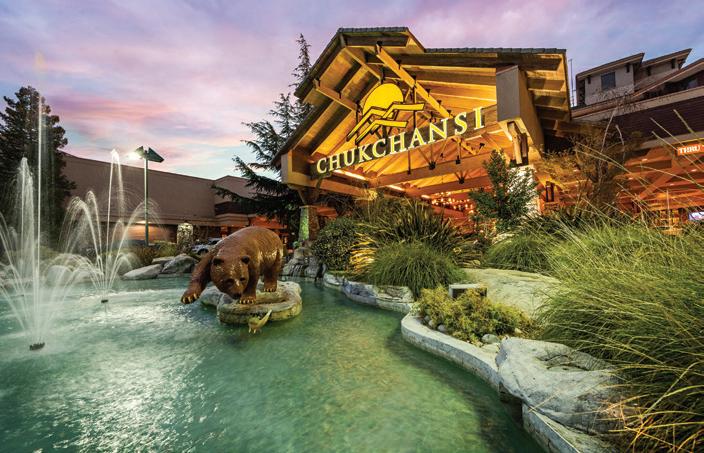




otorcycles have been riding in the Salinas Riverbed for as long as anyone can remember, but an uptick in incidents with other trail users in Atascadero and homeowners along the riverbed has law enforcement focused on illegal riders on the Juan Bautista de Anza Historic Trail. In this issue, we talk to stakeholders about the conflict on the multi-use trail. We also head out of Morro Bay on kayaks, eat a Jalama burger near Lompoc, talk to a Cal Poly student about a summer of summits, and find a local rock face with Queer Ascents. You can read about national parks and rock climbing near you, a local winery representing U.S. Sailing, acorn flour, and the last few months of free state parks passes. This issue is full of the things that will prevent your summer from being a
Camillia Lanham editor
Horseback riders on the Juan Bautista de Anza trail in Atascadero say there’s

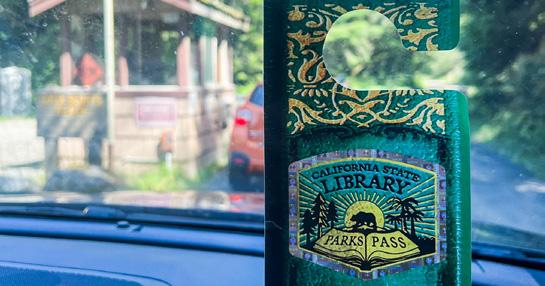
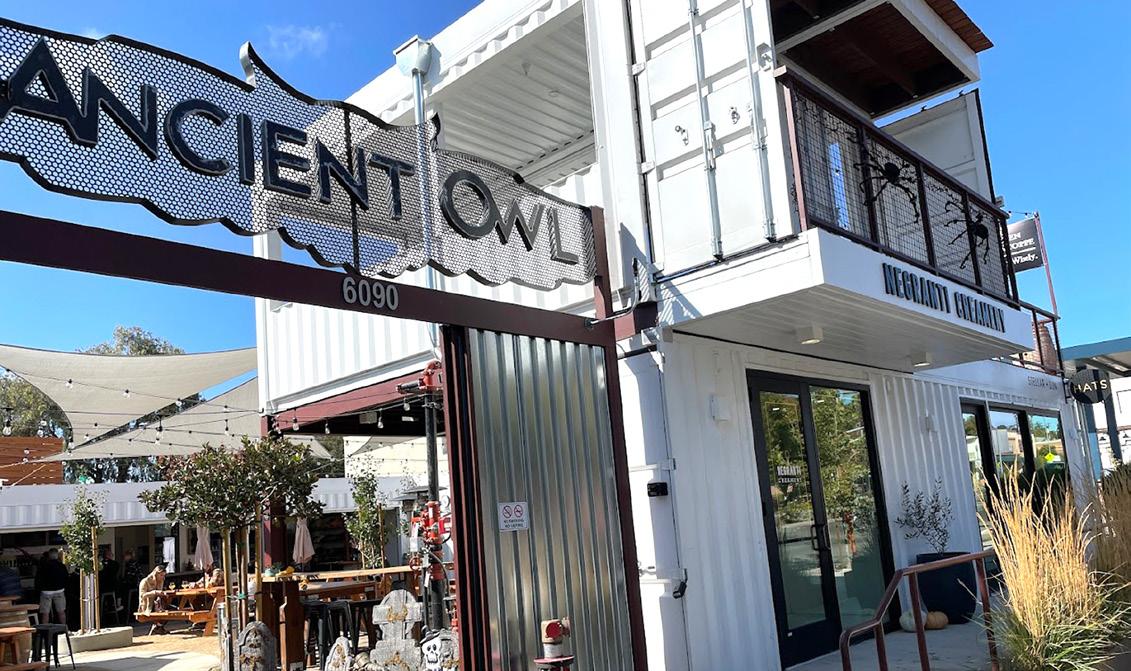




BY CAMILLIA LANHAM
How far is too far to drive for a weekend trip? It likely depends on what’s waiting for you on the other end of the pavement. For a national park, I’m going to call it at four hours. In four hours, you can drive to no less than three national parks from our perch in San Luis Obispo and northern Santa Barbara counties. In fact, you should, and here they are:
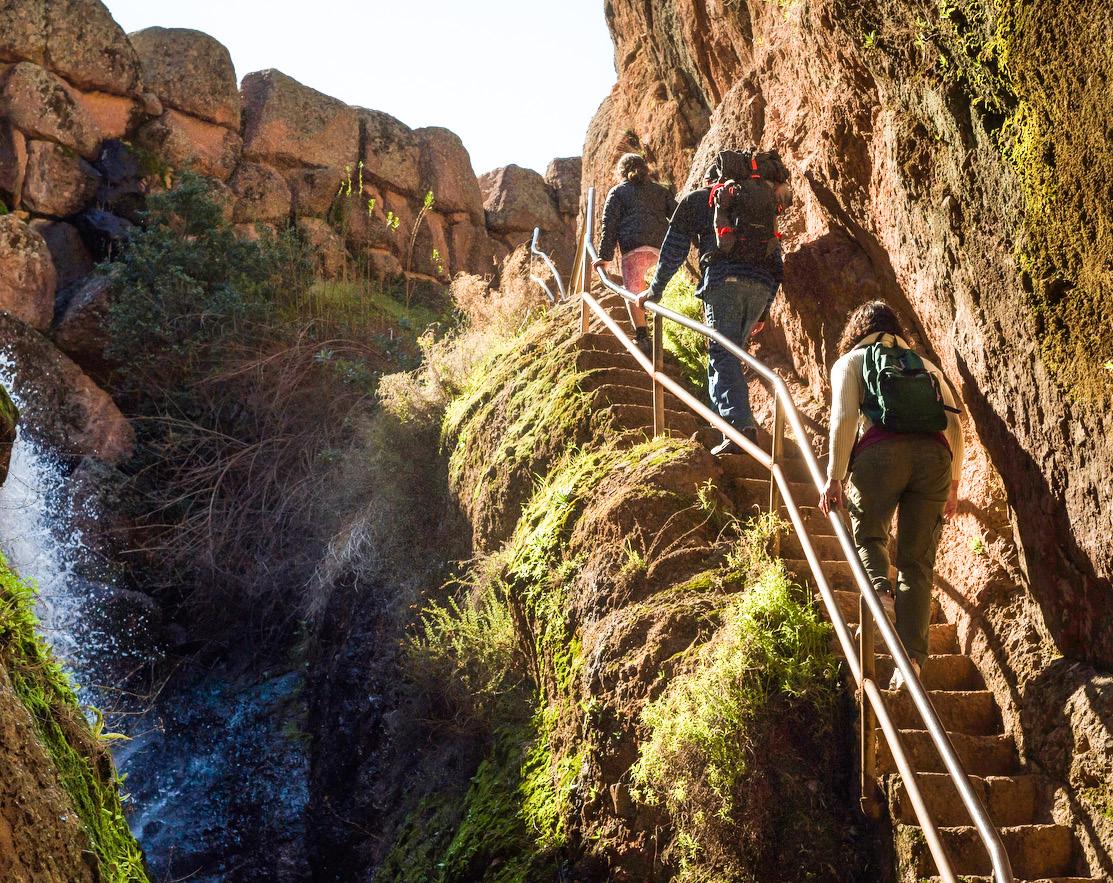
Location: 5 miles east of Soledad on Highway 146 Drive time: About two hours
Accomodations: Pinnacles Campground (134 sites)
At just 11 years old, this is the newest national park near you. It offers a range of hiking opportunities from strenuous trails to short ones that traverse chapparal and oak woodlands, deposit you next to Bear Gulch Reservoir, take you into talus caves created by eons of running water, and/or bring you out to rocky spires where you might get lucky enough to spot a condor, peregrine falcon, or one of 13 species of bats. There’s no backpacking allowed in the park, but on the plus side, the campground has a swimming pool.
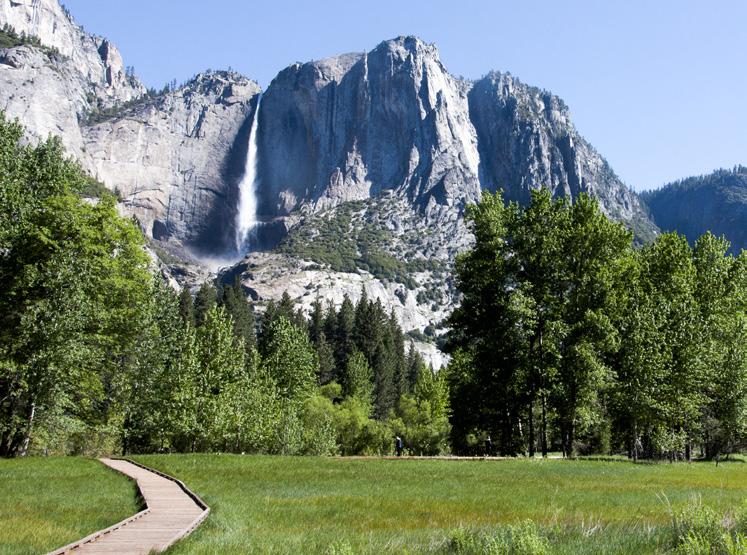
Location: 32 miles east of Mariposa on Highway 140 Drive time: About four hours
Accommodations: 12 campgrounds, two hotels, lodging sites with cabins and tent cabins, backcountry camps
Designated as the third national park in the U.S., Yosemite is famous for sheer granite cliffs like Half Dome; waterfalls such as
Bridalveil Fall; big trees, some of which are in the Mariposa Grove of Giant Sequoia Trees; historic hotels; breathtaking views from just about anywhere in the park; and wildlife. You can check out the scenery by horse or mule, bike, hike, or car during the summer with trails that range from easy to extremely difficult and paved to backcountry wilderness. You can also rock climb, fish, or boat. The only bad thing about this park is its popularity, which means reservations are highly recommended if you want to stay overnight, backpack, rent a bike, or take a horseback ride. The park says you can reserve a spot to sleep up to 366 days in advance and requires a reservation to drive into the park from July 1 through Aug. 16. Nabbing a wilderness permit for overnight hiking is a bit more complicated, but you can reserve one up to 24 weeks in advance.

Location: 35 miles east of Visalia on Generals Highway
Drive-time: About three hours
Accommodations: 14 campgrounds, three lodges, two wilderness lodges, backcountry camps
This is a twofer. Sequoia and Kings Canyon National Parks adjoin one another and are managed as one park. From the world’s biggest tree (General Sherman) to the one of the deepest canyons in North America (Kings Canyon) and the tallest peak in the lower 48 (Mount Whitney), the parks offer more than 1,300 square miles of protected land to explore, taking visitors from the Sierra Nevada foothills through giant sequoia groves and into the rugged granite-topped mountains with 800 miles of hiking trails. You can drive through a fallen giant tree, go horseback riding, and
spelunk a cave all in the same trip. Wilderness permits are required for overnight backcountry stays but limited during quota season from late-May to late-September, when they require a reservation. For the 2024 summer, travelers can expect delays due to construction on Generals Highway.

Location: A boat ride from the Ventura Harbor Drive-time: About two hours by car plus one to four hours by boat (islandpackers.com)
Accommodations: Primitive camping
While you can’t exactly drive to this national park, it’s a Central Coast gem and so unique that Channel Islands National Park is worth a mention. These five islands surrounded by a mile of ocean with Anacapa Island as the closest to shore by boat ride (about an hour) offer opportunities to whale watch, kayak, snorkel, dive, and hike with a Pacific Ocean view. Each island is unique, with its own blend of rare species, habitat, and history. Although there is a bathroom on each island, there aren’t any other services, and the only overnight accommodations are backcountry campsites you have to hike to with gear, food, and water in tow. The park warns that such treks should only be undertaken by “experienced, well-conditioned backpackers and kayakers.” Advanced planning is highly recommended, and the sites are available to reserve up to six months in advance. The park recommends several other ways to enjoy what it has to offer—including half-day non-landing boat tours to Anacapa or Santa Cruz Island; a day trip out to one of the islands; or a multi-day, multi-island, live-aboard boat trip.

Download the National Park Service application to learn more about each park and find lodging or visit nps.gov.



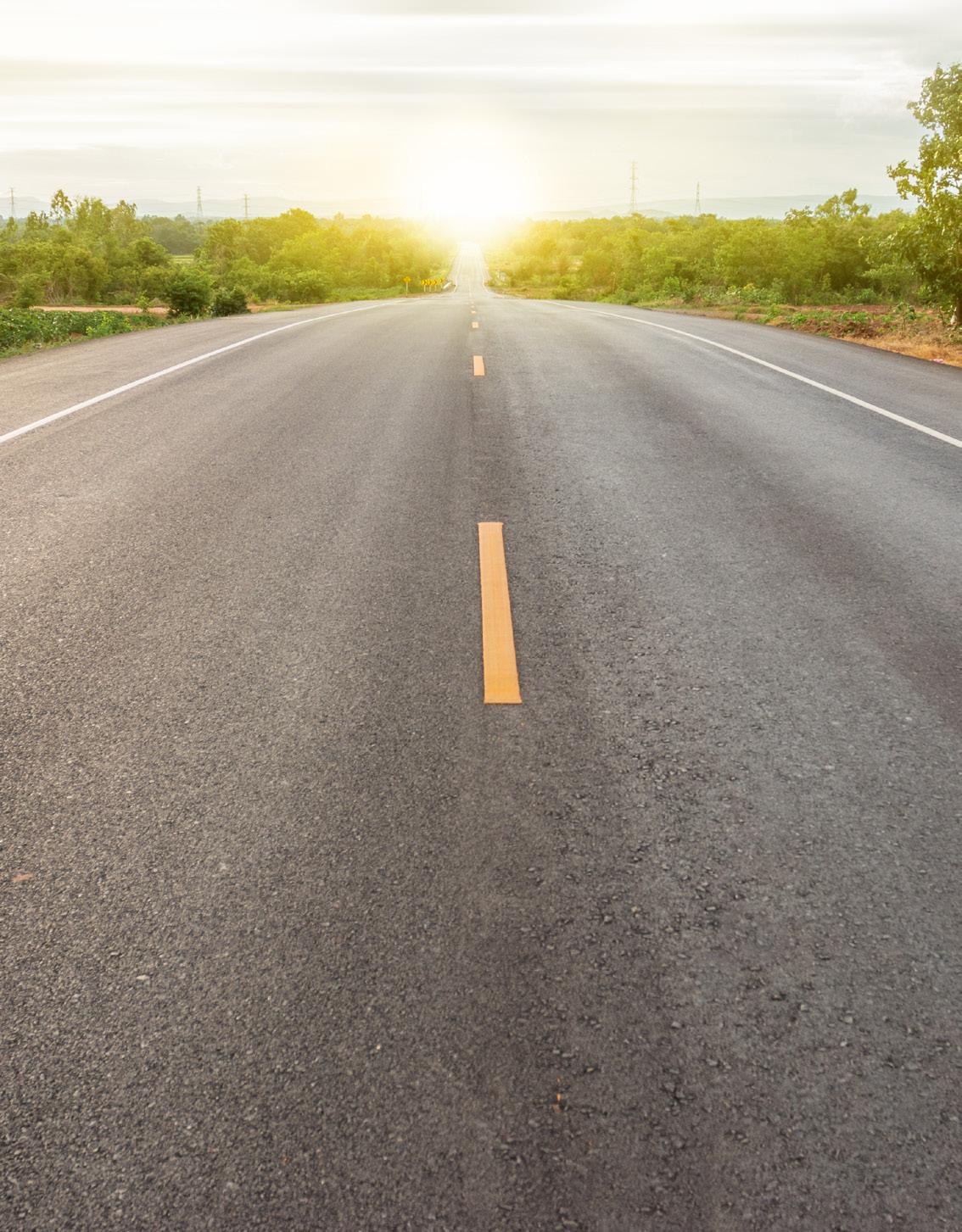
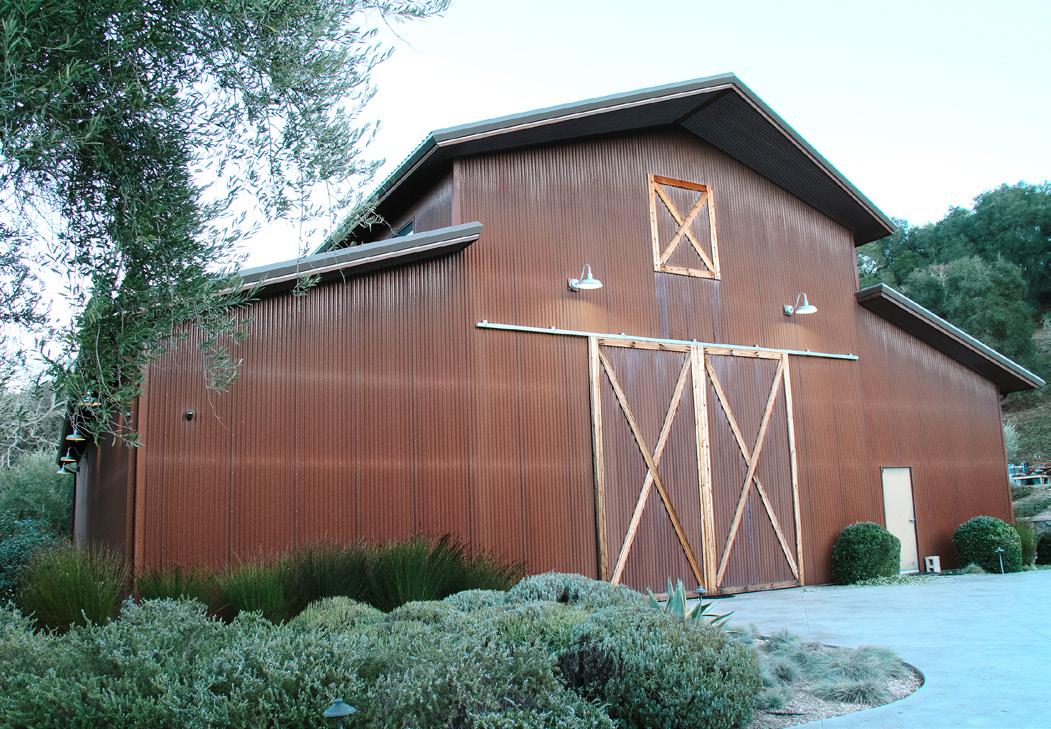


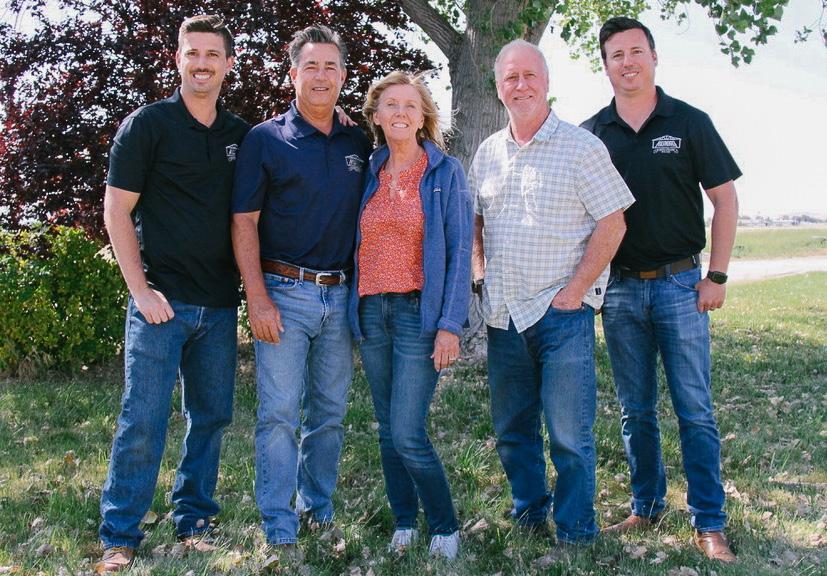





STORY BY BULBUL RAJAGOPAL
The waters of Morro Bay are doubling as a vast classroom for kayakers, stand-up paddle boarders, boaters, and surfers for the ninth year this summer.
From the end of May through October, 22 volunteers of the SeaLife Stewards program launch kayaks from the marina behind Bayside Café and from Coleman Beach between the stacks and Morro Rock. The stewards become guides to recreating visitors, teaching them how to enjoy the bay while safely navigating its rich wildlife.
Take it from Atascadero resident Kelley Meece, a retired school counselor who dreamed of being a marine biologist when she was young. She enrolled as a SeaLife Steward roughly four years ago, and her love for the program inspired her sister to consider joining.
“I wanted to learn more about the bay, but I also wanted to help people have a good experience without hurting any wildlife,” she said. “The otters need rest, too,
and people want to see an otter. They want to get up close to them, but you’re supposed to stay fi ve kayak lengths away, and I didn’t even know that the fi rst time out.”
Funded by California State Parks, the SeaLife Stewards program models itself after an existing Monterey Bay National Marine Sanctuary program called Team Ocean Conservation Education Action Network or Team OCEAN.
Most Fridays, Saturdays, and Sundays, stewards kayak or paddleboard out to the bay with a mandatory volunteering partner in tow. From 10 a.m. to 2 p.m.—usually when kayak shops open and more people enjoy the water—they monitor other visitors and serve as naturalists for them to talk to.
California State Parks Interpreter Robin Hazard said that SeaLife Stewards never go out alone, and their pairings are tracked by a software that volunteers use to sign up for shifts.
“Something that they always
PADDLE PALS Using a special software for signing up, SeaLife Stewards always conduct their shifts in pairs— either in kayaks and/or on stand-up paddleboards.
do at the beginning of a shift is a briefi ng beforehand,” Hazard said. “They talk about the weather for the day, how the wind is looking, which direction the tide is going. They want to be responsible and not get stuck … they can always cut shifts short.”
Hazard added that SeaLife Stewards serve a similar purpose on the water as park rangers, interpreters, and naturalists do on a trail.
“Instead of pulling up their phone later on and looking it up, they can turn to them,” she said. “Our partners really rely on this program as well.”
The Morro Bay Harbor Department is a partner of the SeaLife Stewards program. In 2020, the volunteer program temporarily stopped because of the pandemic. But increased activity in the area prompted the Harbor Department to request bringing back the program the same year, albeit with an unusual new season schedule that ran from October to December.
“Around September, the harbor
noticed that there was a lot of disturbance out in the bay,” she said. “They noticed that there was more visitation in general; everybody was often outside during the pandemic.”
For seasoned volunteer Gary Messerotes, who has eight years of SeaLife Stewards experience, every annual training session equips him with new information about animal behaviors and regulation.
He’s a shoo-in for the stewardship role. Before arriving in San Luis Obispo County, Messerotes led bike tours as a State Parks docent on Angel Island in the San Francisco Bay. He also currently volunteers at the Marine Mammal Center. The SeaLife Stewards program is his favorite, because it involves nature and animals.
“We’ve got a whole group of water birds out here, we’ve got sea lions, we’ve got harbor seals,” Messerotes said. “This is a unique system right in this little estuary we have here because we have such a wealth of marine life and bird life. That’s not even talking about what’s under the water.”
Stewards frequently impart otter education and good boating practices to visitors on the water. The sea otter is a keystone species, meaning its survival is vital for the ecosystem. Otters eat 25 percent of their body weight in food every day to keep up with high energy demand. They spend a large portion of their time resting




KAYAKING from page 6
to conserve energy for eating, grooming, and taking care of pups.
“When a kayaker kayaks into a group of otters that are resting and quietly laying on their back, [otters] have to expend a tremendous amount of energy … to get away that they would normally use for eating or taking care of their pup,” Messerotes said.
Serving as a SeaLife Steward since 2017, Messerotes noticed a major misconception about program volunteers over the years.
“The people think we’re here to be the otter cops,” he said. “At times, when we paddle towards them, we see them shying away and paddling faster to get away from us. At that point, we kind of back off.”
While the stewards aren’t law enforcement, they’re allowed to report major disturbances and incidents of harassment. Each volunteer receives a radio device to inform Harbor Patrol.
“Once in eight years, I’ve had to call Harbor Patrol for a couple who had a small dog on their kayak. They were too close to the otters and the dog was barking
at the otters and caused the otters to [get away],” Messerotes said. “I talked to them … the guy cut me short and paddled off. I backed off and within five minutes they started doing the same thing again.”
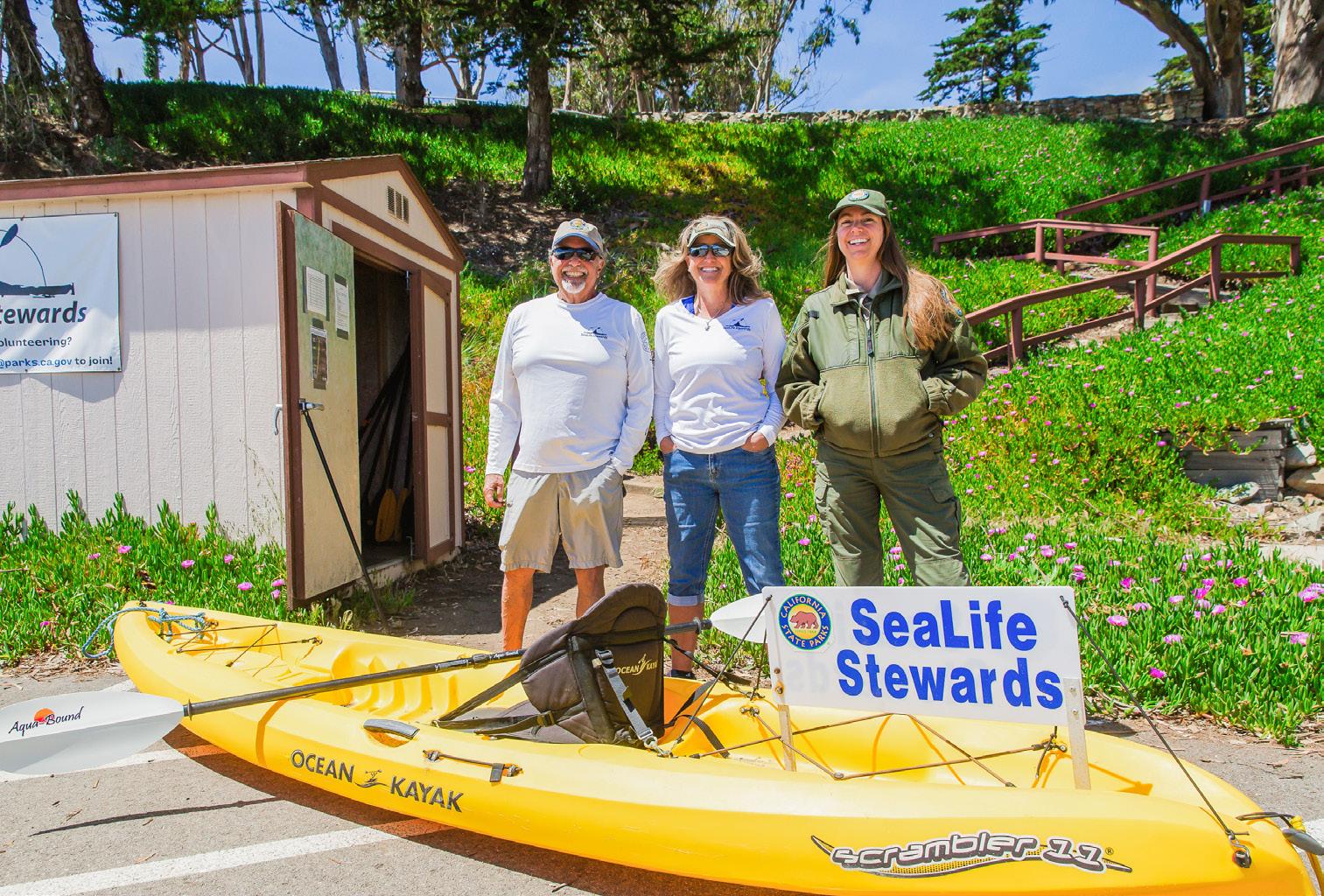
LOYALISTS SeaLife Stewards volunteers Gary Messerotes and Kelley Meece and California State Parks Interpreter Robin Hazard stand with one of the program’s kayaks stored in the shed by the marina launch location.
The crux of volunteers’ roles as stewards is data collection and observation, according to Messerotes. They carry dive slates when they go out on shifts to pencil in data on the wildlife people run into, the number of animals, the location, and the level of disturbance. At the end of the shift, volunteers send pictures of their dive slates to officials who input the observations into a larger database.
“All the data I’m collecting from them throughout the summer all goes into the annual report, and I can share that with our partners,”
State Parks’ Hazard said. She encouraged those who are interested in becoming a steward to email sealifestewards@parks. ca.gov in January when she starts the recruitment process. New and old recruits alike receive training each year prior to the stewardship season.
Don’t want to consistently serve on the water? There’s a land shift option for those who are healing from injuries or if it’s a particularly windy day. These volunteers man
a section by Coleman Beach that entices visitors with an “Ask us about wildlife” A-frame sign and offers informational booklets.
But liking the water, being a people person, and loving animals boost chances of being an ideal volunteer, according to Hazard and volunteers Messerotes and Meece.
“Sometimes, it’s good to know all the local stuff too, like, ‘Where’s the best taco?’” Meece said with a laugh.





22 EVENTS / 100+ ARTISTS / 16 VENUES



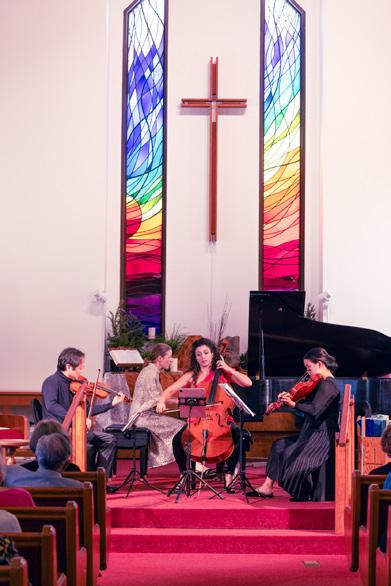


If you want step up from climbing in a gym to spending more time outside on actual rocks, the Central Coast is fi lled with outdoor routes for all skill levels.
SLO County is home to more than 330 climbing routes with a variety of skill levels and styles, according to Mountain Project (mountainproject.com), a website dedicated to providing climbing routes, resources, and information. Santa Barbara County offers 861 climbing routes, and there are more than 2,300 climbing routes on the Central Coast. From bouldering to top roping, here are four climbing spots worth checking out.
Bishop Peak offers dozens of single-pitch routes as well as bouldering opportunities. By starting at the Felsman Loop Trail, climbers can hit the Shadow Wall, P-Wall, and Cracked Wall
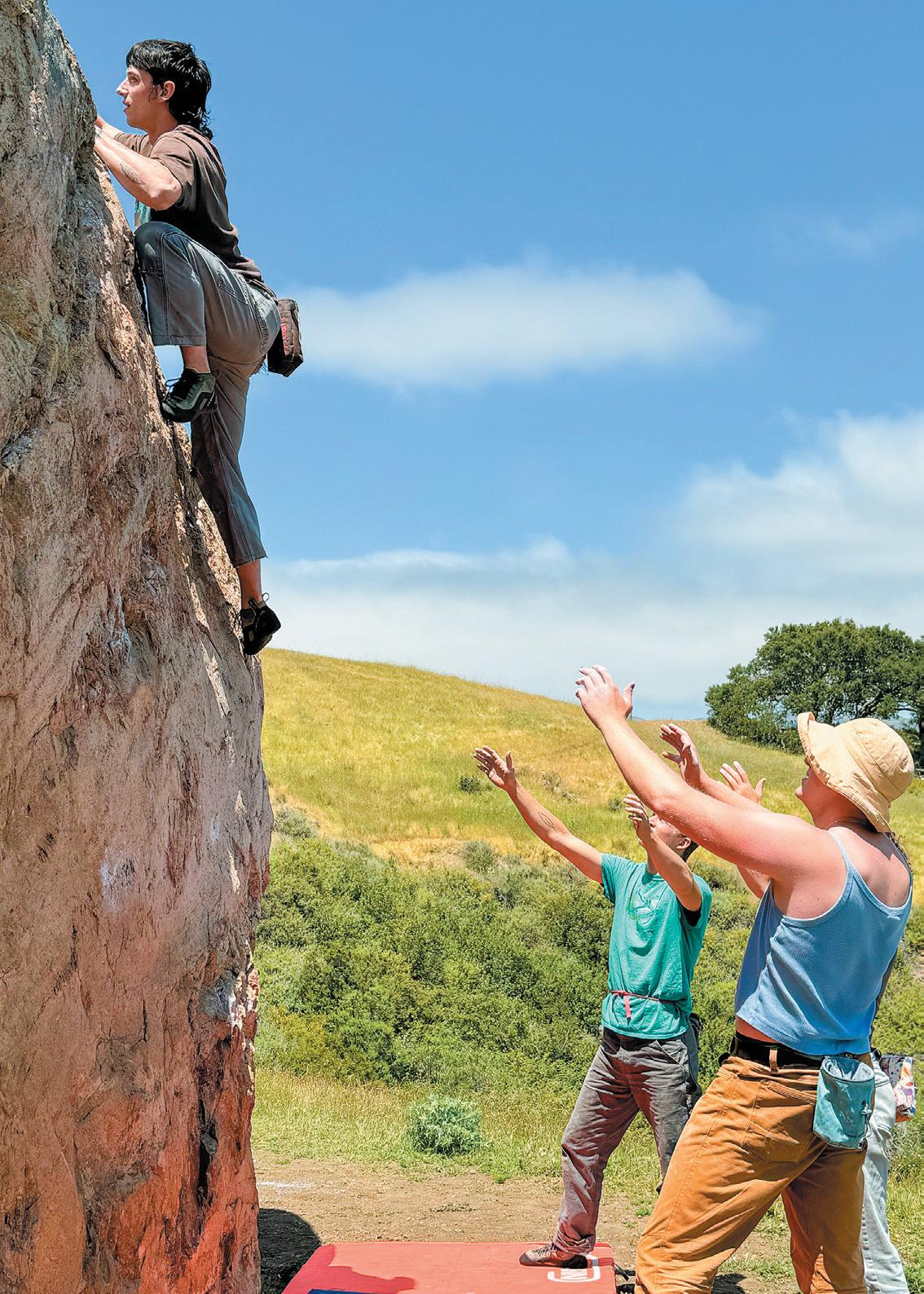
BY TAYLOR O’CONNOR
among many others. Taking the Hikers Summit Trail, climbers can find Wild, Wild Western Pinnacles (aka Orange Rocks), the True Summit Block, and Summit Ridge Crack, to name a few. Navigate to Bishop Peak and Felsman Loop Trailhead on Patricia Drive in SLO and park on the street. Be courteous of neighbors—this is a residential area!
Just south of Morro Bay, Cabrillo Peak (more commonly known as Cerro Cabrillo) offers beautiful views of the Morro Bay Estuary and is a beginner-friendly area that’s well-suited for top roping and large groups, according to Mountain Project. There are about 40 climbs in the area. Watch out for poison oak when hiking to the routes. Coming from SLO, drive north on Highway 1 and exit on South Bay Boulevard. People can also navigate to Cerro Cabrillo Trail in Morro Bay State Park and fi nd the lot. Take the Quarry Trail to the climbing routes.
CLIMBING continued page 12

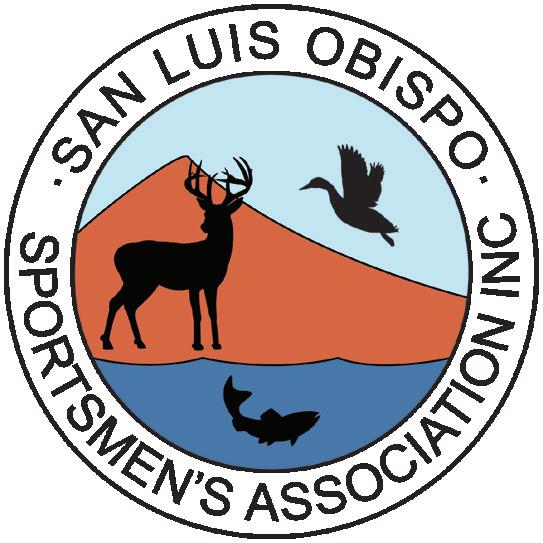

Includes Instruction and Equipment
Reservations Required
• SHOTGUN RANGE: Trap, Skeet, 5-Stand and a new Mini-Sporting Clays field. On-site instruction and loaner guns (perfect for beginners!)
• RIFLE-PISTOL RANGE: Outdoor, covered range with shooting distances out to 700 yards on paper targets or steel gongs
• ARCHERY: Newly rebuilt stationary target range and a 3D walking course
• HOGUE ACTION PISTOL RANGE: 14 bays ranging from 20-60 yards
• GUNS AND LADIES (GALS): Shooting clinics taught by women, for women
• COWBOYS AKA CHORRO VALLEY REGULATORS: Monthly SASS competitions with an annual match in August/September
• BLACK POWDER/MUZZLELOADERS: Monthly matches and annual match in July
• DELTA LONG RANGE - CCLRS: Learn and sharpen your skills with targets from 25 to 1500 yards
• HUNTER SAFETY: Dates listed on our website
• PRIVATE EVENTS/PARTIES AVAILABLE
ALL
· ALL
Minors Must Be Accompanied By An Adult
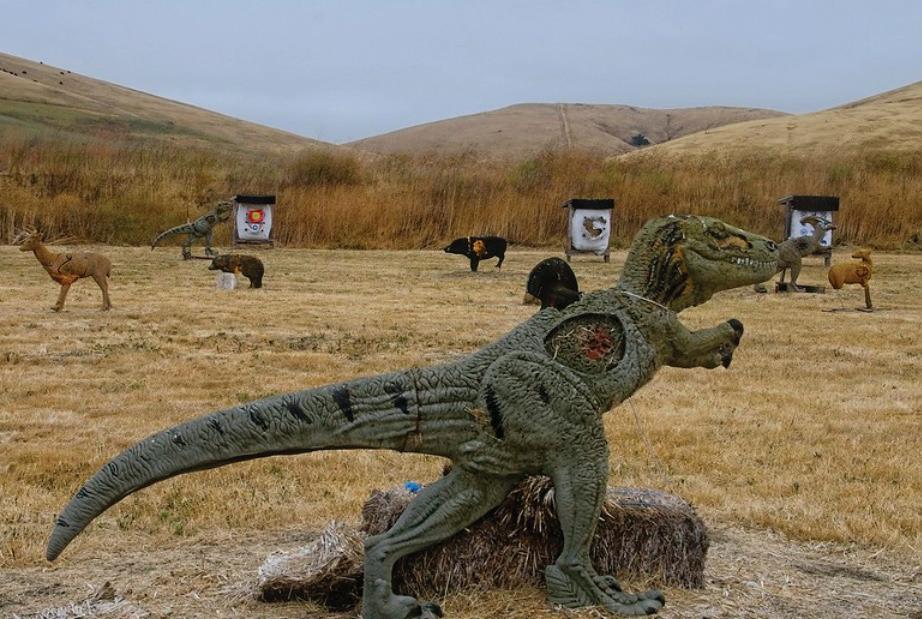

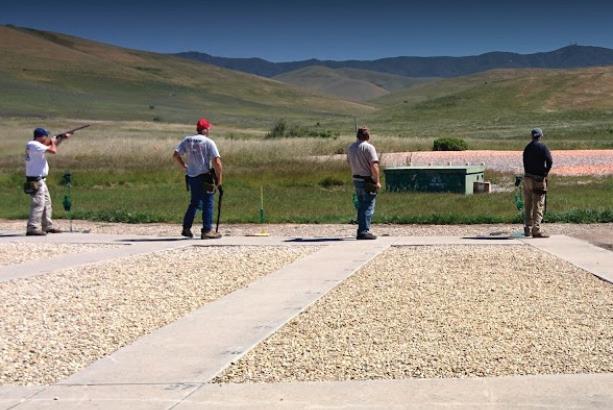

RIFLE-PISTOL RANGE
Sat-Sun 8am-4pm Thur-Fri 8am-9pm
TRAP AND SKEET RANGE Mon, Thur, Fri 9am-2pm Sat-Sun 9am-3pm Ladies & Student Discount Night Thur-Fri 3pm-8pm
ARCHERY RANGE
Sat-Sun 9am-2pm
Hours Subject to Change
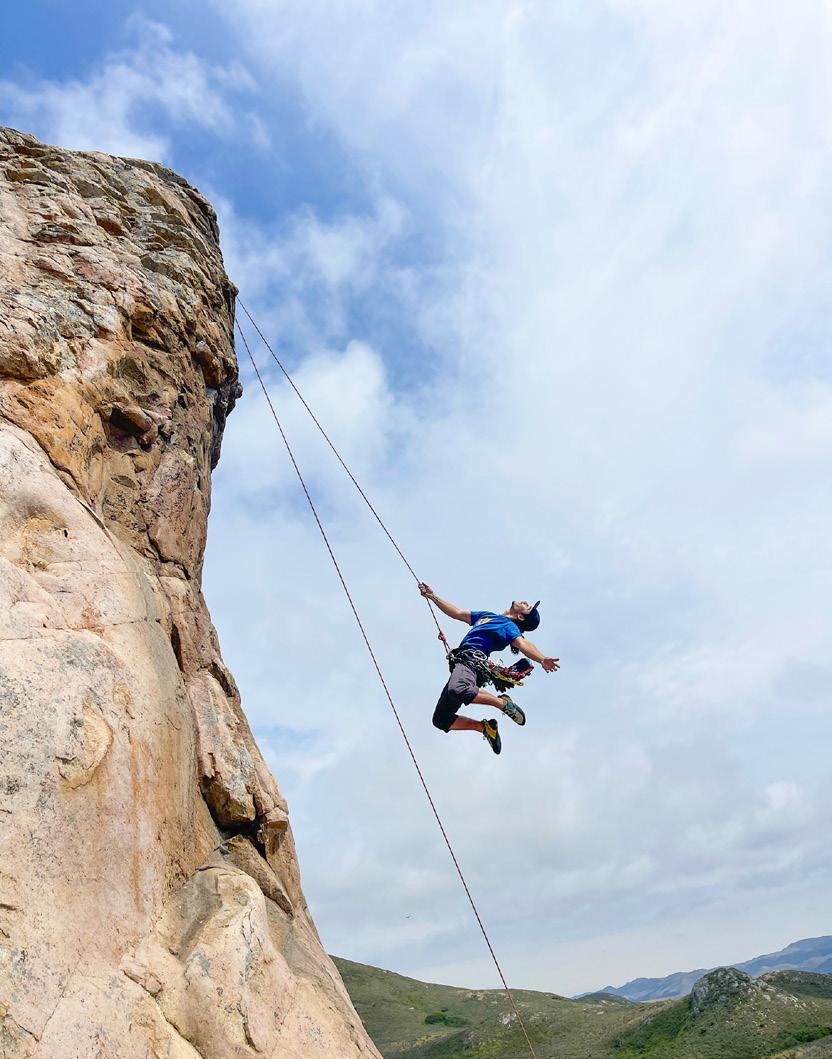
With beautiful sandstone boulders overlooking the coast, bouldering is the main attraction at Lizard’s Mouth, which sits in the Santa Ynez Valley just north of Santa Barbara. The area has more than 120 climbing routes, with only a handful of top rope routes, according to Mountain Project. From SLO, take Highway 101 south and hop
on Highway 154 east. Take a right on West Camino Cielo/ Forest Route 5N12. The entrance to Lizard’s Mouth is before the Winchester Canyon Gun Club.
Gibraltar Rock has some of the Santa Barbara area’s most prominent rock formations in the backcountry, according to SummitPost, a mountaineering website. It sits just north of Santa Barbara in the Los Padres’ Rattle Snake Canyon Park, and offers about 14 climbs, with a mix of top roping and traditional rock climbing. While there are fewer routes, people can take in the scenic Los Padres, pack a lunch, and check out neighboring hikes. From SLO, take 101 south and then take Highway 154 east. Turn left on the Highway 192 ramp toward Foothill Road. Turn left onto Mountain Drive and then a slight left onto Gibraltar Road, where the rock formations will greet you on your left.









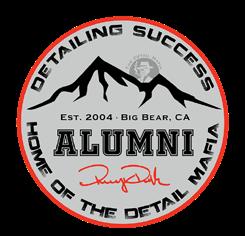







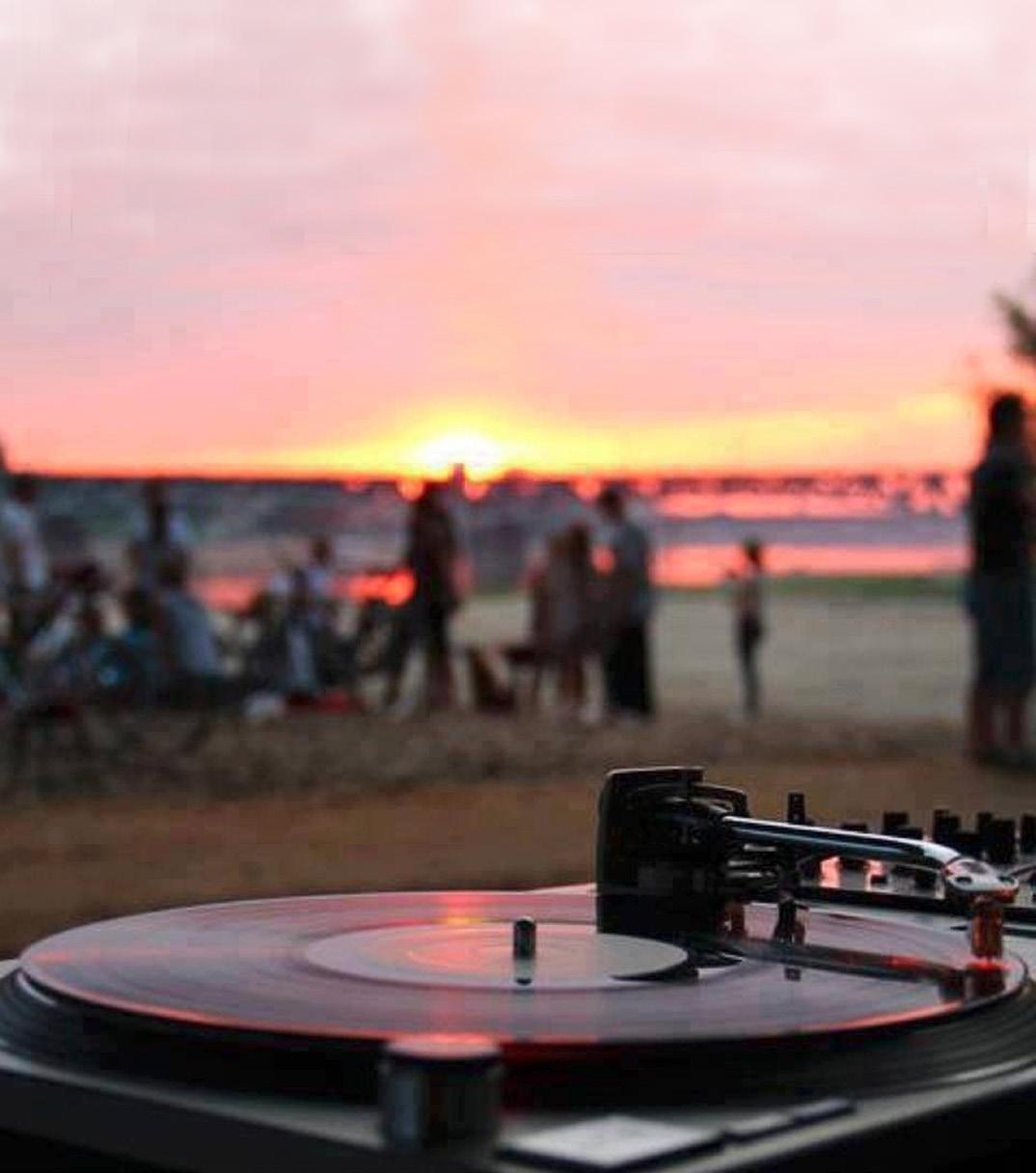






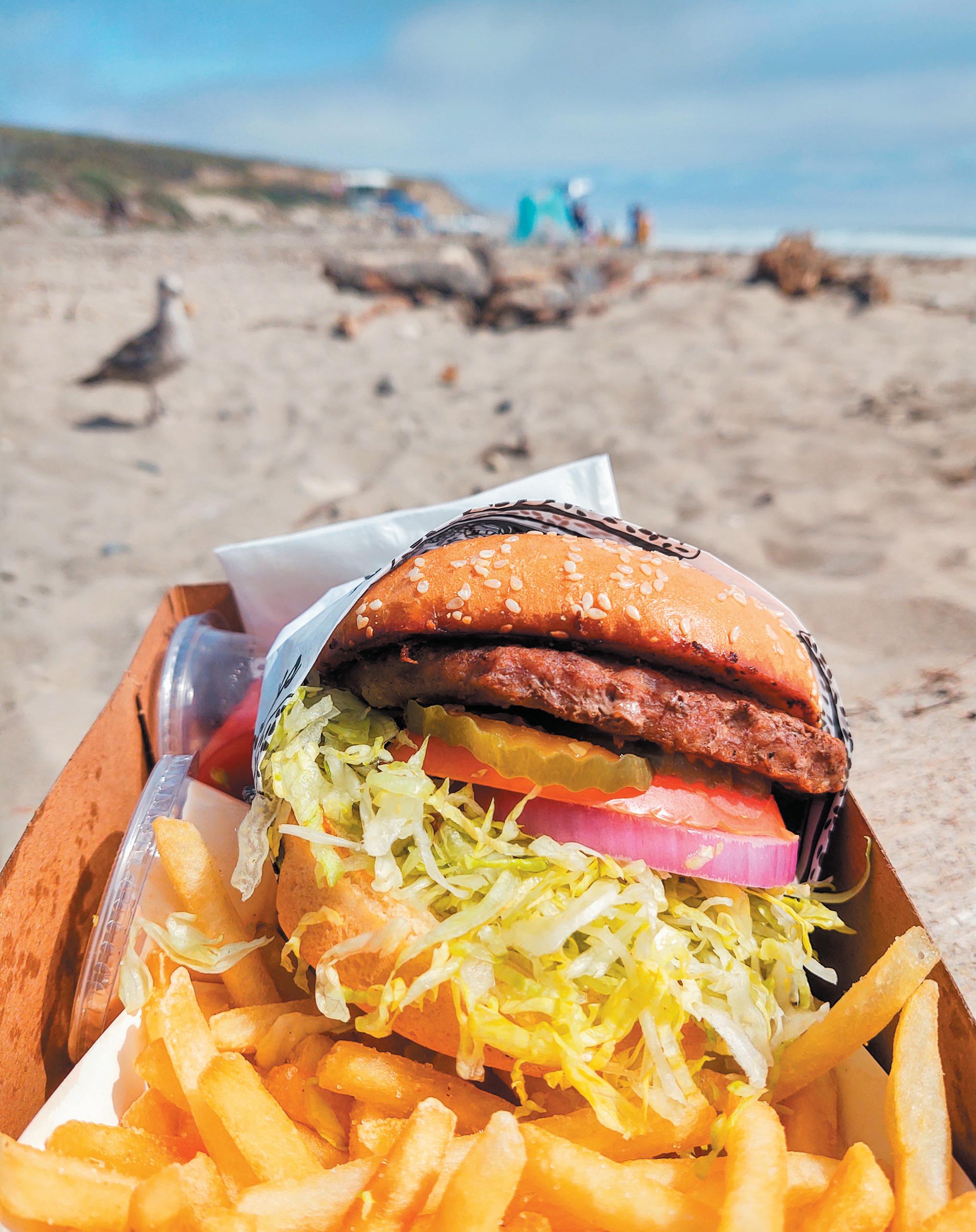
The home of the world-famous Jalama burger is no secret.
The same can’t be said about its signature condiment, known as the Jalama secret sauce—a staple feature of the burger since its debut at Jalama Beach more than four decades ago.
What makes the sauce so special? Only a handful of people will ever know. There are a few select individuals with knowledge of its ingredients, said Don Eittreim, whose beloved Jalama Beach Store has served burgers to surfers, campers, and other Jalama heads since the late 1970s.
The Jalama burger was his late wife Kathy’s creation, he said. She also came up with its prized sauce, with a recipe she allegedly regretted sharing with a notable peer in the burger business.
“Back in ’79 or ’80, Ray Kroc came out here to have a burger,”
Eittreim recalled. “He asked my wife for the [sauce] recipe, because he said the burger was so good. So she gave it to him.”
Out of caution, Eittreim and his wife vowed shortly afterward to not tell anyone else the recipe other than immediate family. He has fond memories of Kroc’s visits though and described the late McDonald’s mogul as a repeat customer.
“He used to bring a lot of the franchise holders up to have a burger,” Eittreim said. “It was fun. He was a nice guy. He’d buy all kinds of stuff.”
As its name suggests, the Jalama Beach Store sells more than burgers. It’s a convenience store with a variety of camping supplies, beach toys, snacks, and other grab-and-go items available for purchase.
While the Jalama burger—a

beef patty served on a sesame seed bun with shredded lettuce, sliced red onion, tomato, pickle, and Jalama secret sauce—is the shop’s main attraction, its restaurant menu also features clam chowder, chili, fi sh and chips, salmon burgers, and more.
“Probably 90 percent of the sales are the burger,” said Eittreim, whose storefront offers some outdoor tables, as well as an upstairs lounge with ample seating, wide windows offering views of the shoreline, and walls fi lled with memorabilia celebrating the venue’s history.
Of course, many customers take their burgers and eat them picnicstyle out on the beach, he added.
Long before the days of TikTok and Instagram, the Jalama burger’s fast popularity was thanks to word of mouth. It went viral at the dawn of the ’80s, in a world without clickbait, although some of its longtime patrons are big fans of tackle.
“We get a lot of fi shermen,” Eittreim said. “Rock hounds come. We get rock and gem clubs, … a lot of different people for different
The Jalama Beach Store is located at 9991 Jalama Road near Lompoc. Visit jalamabeachstore. com for more info.
reasons.”
Before websites like Yelp existed, one of Eittreim’s favorite ways of receiving customer feedback was through postcards.
“In 1981, a little boy from Sweden came in to have a burger, celebrating his 10th birthday,” Eittreim said. “When he got back to Sweden, he sent a postcard, saying it was the best burger he ate while he was in the U.S. of A.”
Eittreim still has the card, along with others full of similar sentiments he’s saved over the years.
“People come from all over to have the burger,” he said.
To describe Jalama Beach as secluded would be inaccurate, because it draws so many people to its shores, but the rural route to get there has a way of making its travelers feel like they’ve stumbled upon a hidden oasis.
After taking the Jalama Road exit from Highway 1 near Lompoc, you drive 15 miles—30 minutes of winding road—on what appears to be landlocked hillside terrain. The coast pops up out of nowhere, like a mirage, once you’re at the end of the road.
For fi rst-time visitors, here’s a pro tip: Tell the attendant at the Jalama Beach County Park’s front gate you came for the burger. You’ll get a free pass to stay at the park for an hour, as long as you get your parking pass validated at the Jalama Beach Store.
If you don’t catch Eittreim at the register, around the kitchen, or conversing with the store’s regulars or new faces, chances are you’ll see his daughter and business partner,
JALAMA BEACH continued page 15
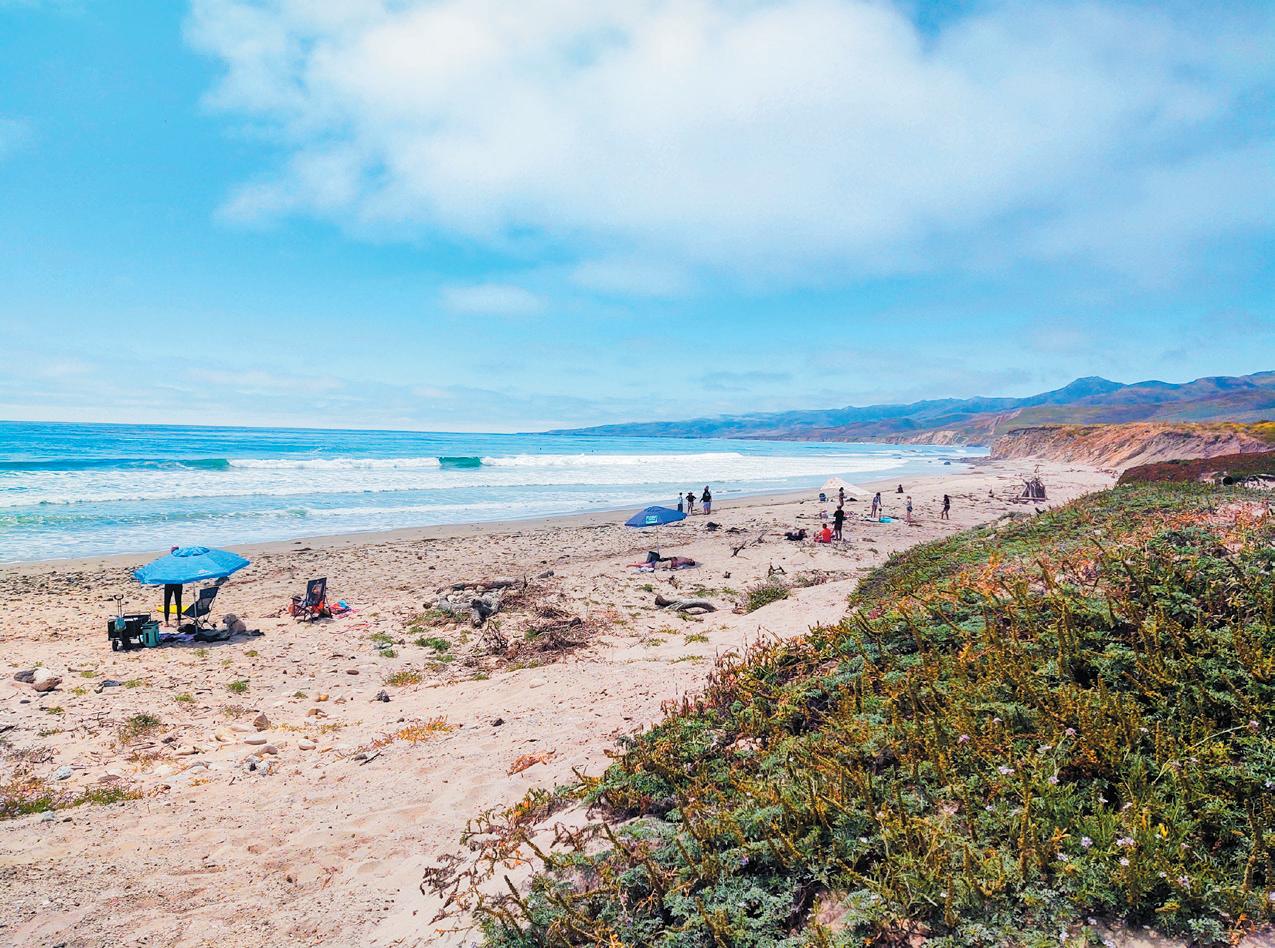

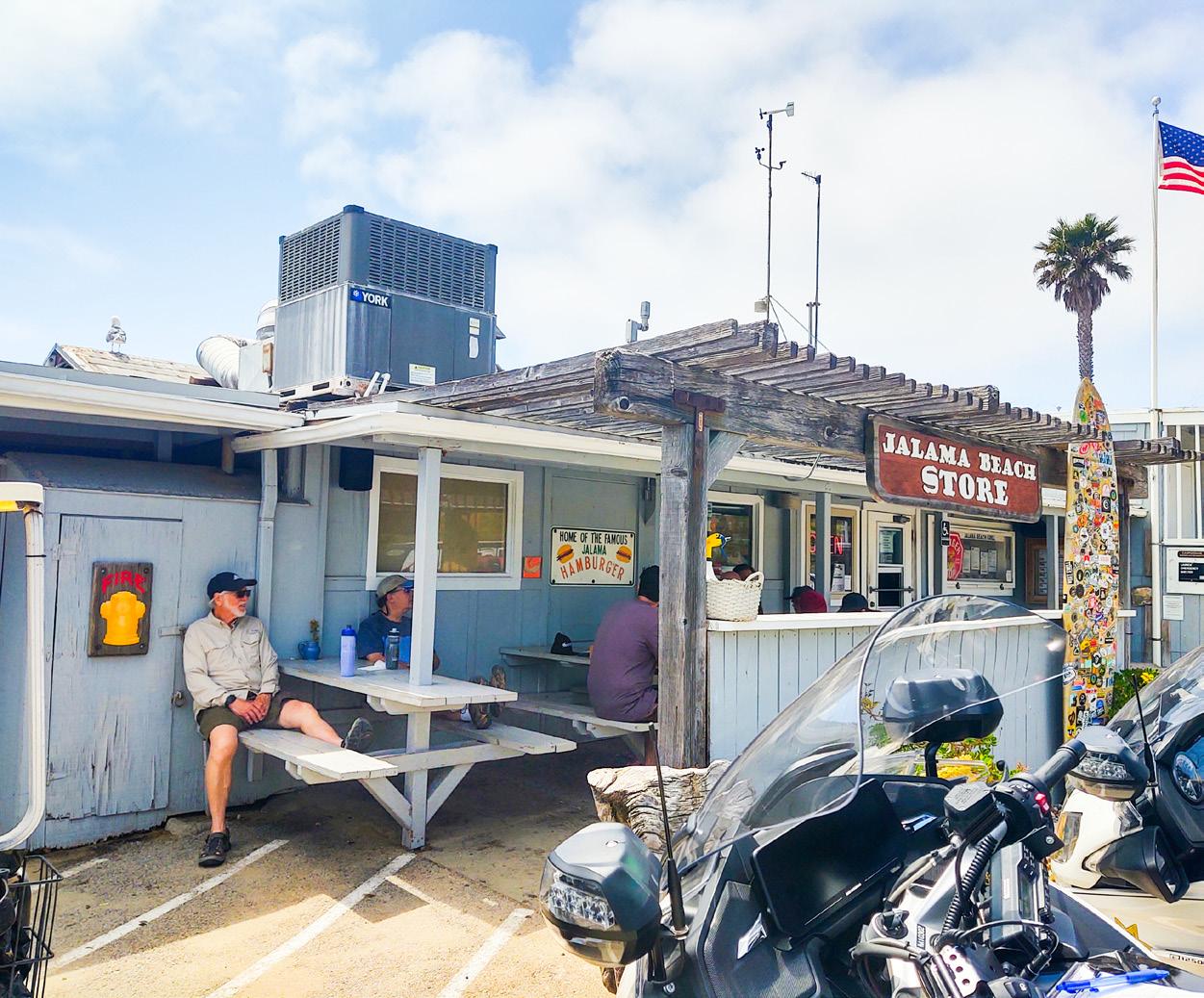
Linda George, running the shop.
“It’s fun to see all the people who just come in to see him [Eittreim],” said George, who was a senior in high school when her parents created the Jalama burger.
Among the changes Eittreim, 89, has noticed with each passing season at Jalama Beach, he’s observed a gradual uptick in campers during winter months, which he used to consider unusual.
“With today’s world, with so many people retiring young and with RVs, there’s people here all year round,” said Eittreim, who used to mainly rely on June, July, and August for a steady flow of business. “With an RV, the elements don’t really bother you.


“But we still have a lot of the diehard tent campers, regardless of the weather,” he added. “It can be miserable out there, pouring down rain, but they still love to do it.”












Paso Robles’ Sextant Wines widens its horizon by becoming the official wine for U.S. Sailing
BY BULBUL RAJAGOPAL
With a love for all things nautical, it was only a matter of time before Sextant Wines founder Craig Stoller struck up a partnership with U.S. Sailing.
“It’s such a natural fit,” Sextant Director of Sales Chris Blake said. “Obviously the tie to sailing and the tie to the ocean, and then we
found a real natural alignment with both teams.”
As a name, sextant—an ancient navigation contraption used for measuring angular distances and observing altitudes of celestial bodies—underscores the Paso Robles winery’s passion to create Old World varietal wines through exclusive relationships with the

French, Portuguese, and Spanish governments. It allowed Sextant Wines to import certified nursery grape stock that can be traced back to the original mother blocks in France, Portugal, and Spain. Currently, Sextant Wines produces more than 24 hand-crafted wines and runs two tasting rooms in Edna Valley and Paso Robles.
The 20-year-old winery added an all-American strand to its international network in May when it became the official wine of the national governing body of the sport of sailing. It’s already served as the presenting sponsor of the biennial Stakeholders Summit where sailing organizations meet
SEXTANT continued page 18

















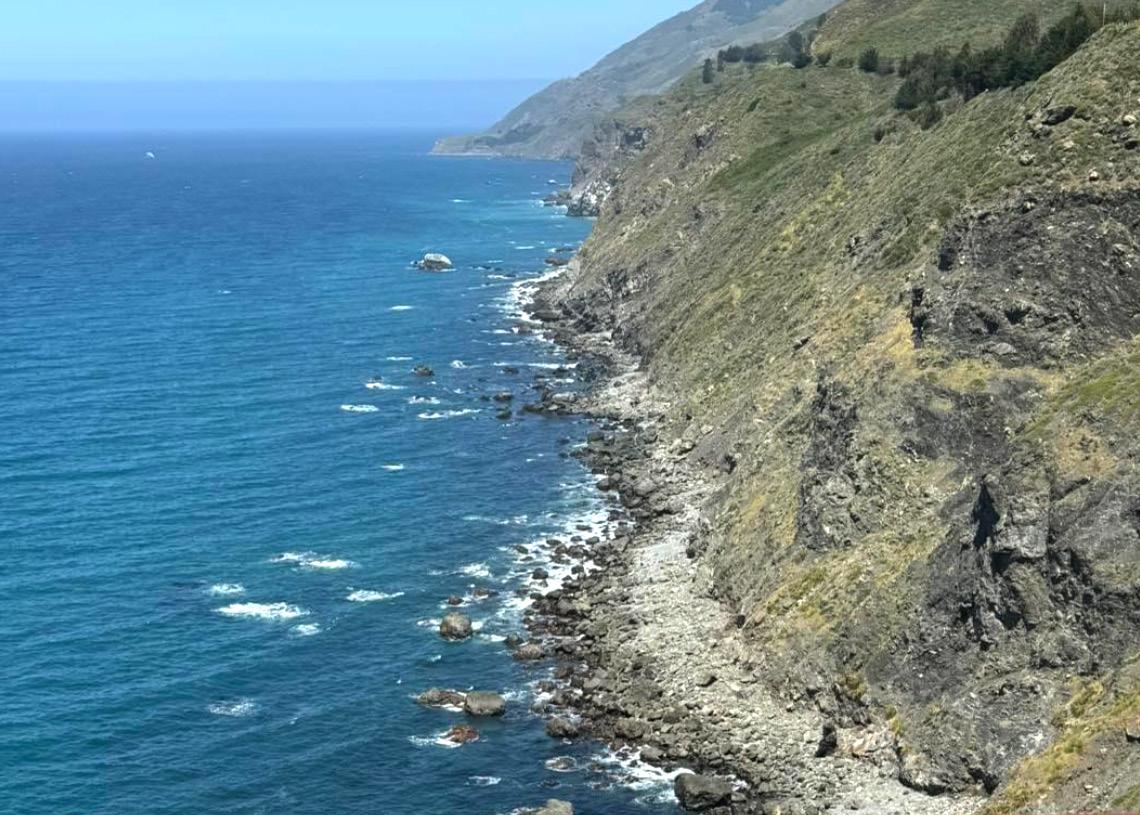
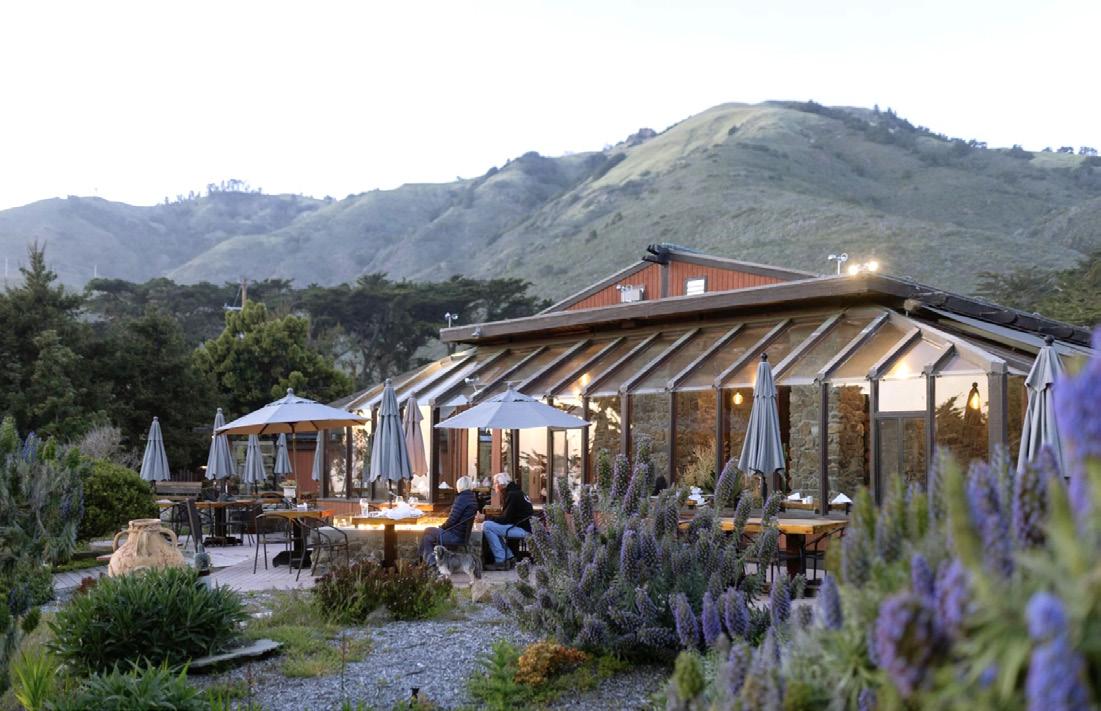

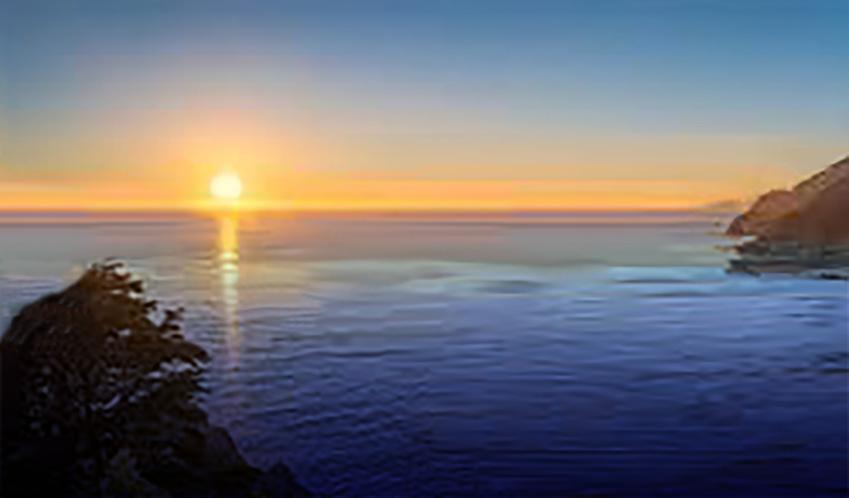


from page 16
with U.S. Sailing leadership to share ideas about sailing regionally in the country.
“We get to be a part of the end of races where they do Sextant Wines celebration moments,” Blake said. “Our sparkling wine gets awarded to the winner of the race, and like so many different sports, you get the old ‘shake out the bottle of sparkling wine’ to celebrate at the end.”
Eric Krasnoo, the senior vice president of partnerships and memberships at U.S. Sailing, noted that while the governing body has a connection with Goslings Rum, the Sextant Wines union is its first association with a winery.
“We at [U.S.] Sailing are 127 years old but we’re really just

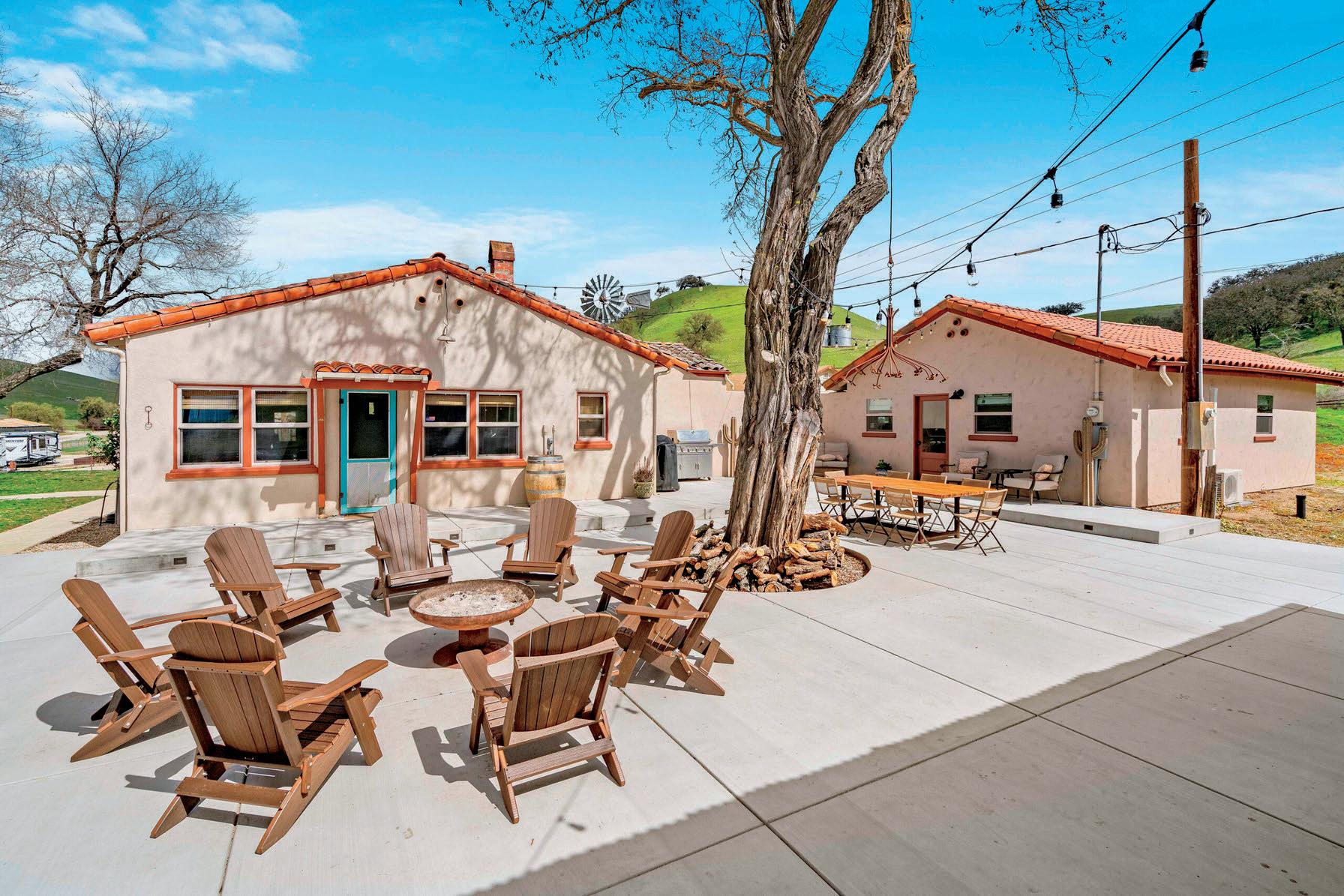


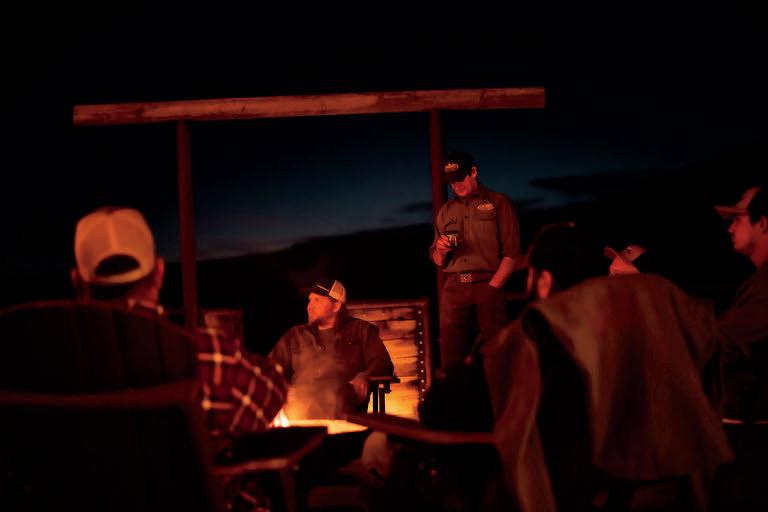



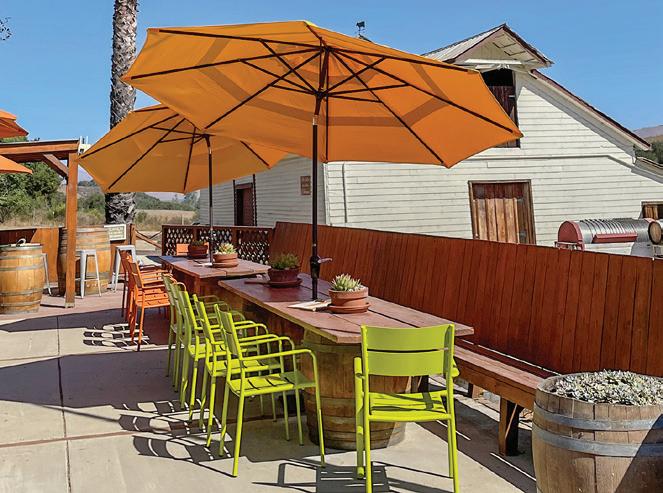
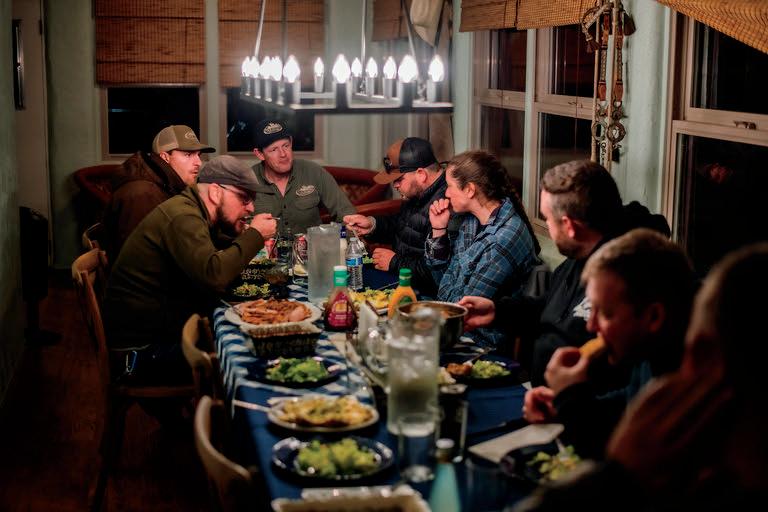





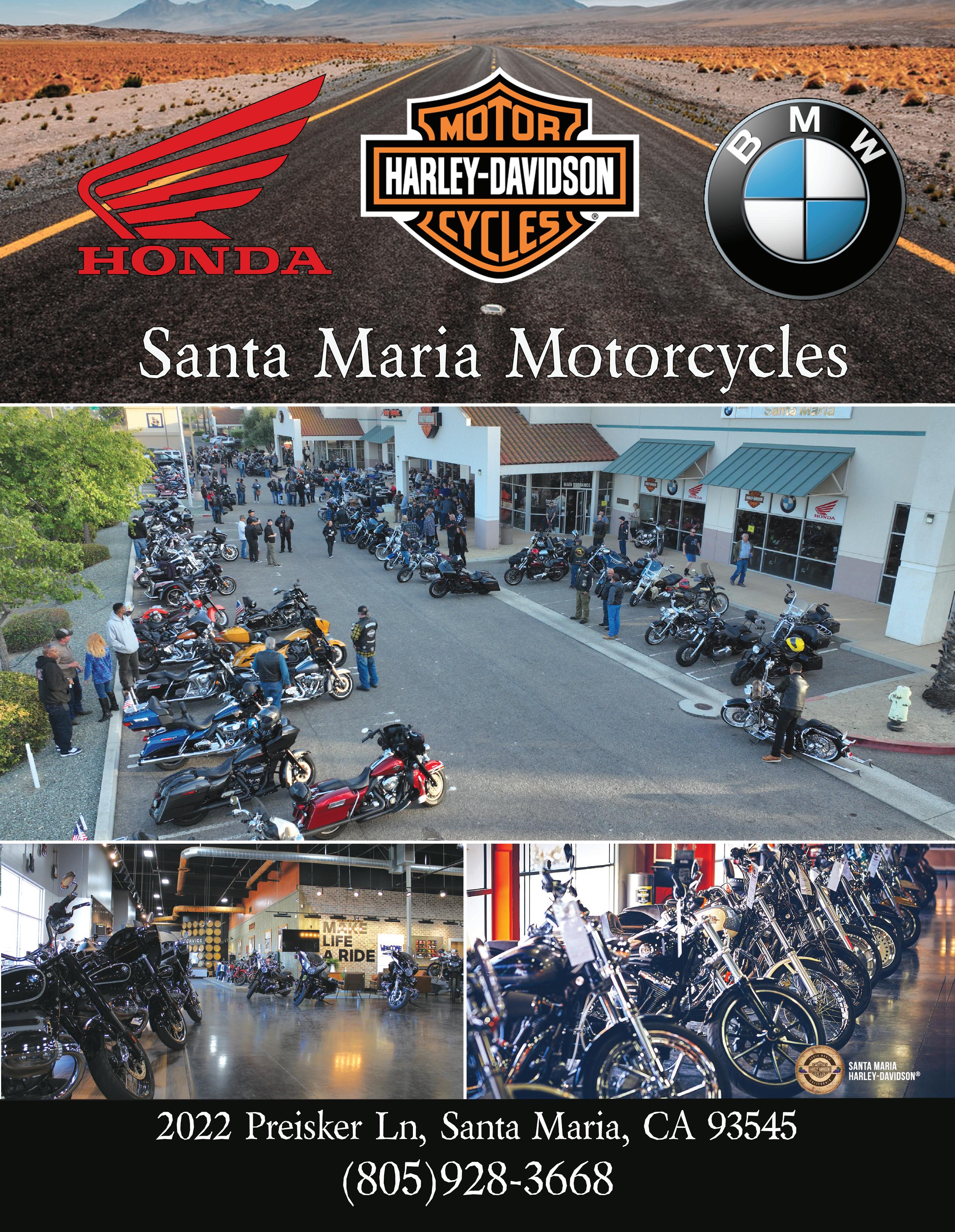


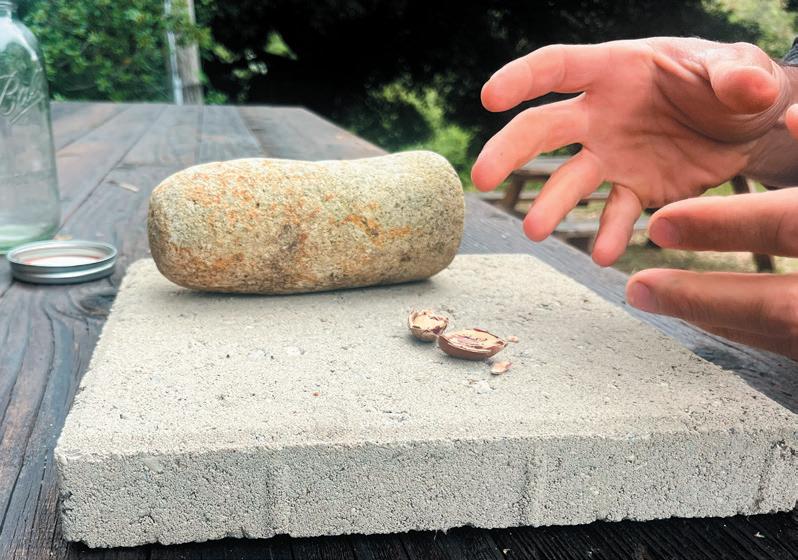




BY SAMANTHA HERRERA
Chowing down on an acorn probably conjures up images of squirrels grabbing one off the ground and running up a tree to eat it. Believe it or not, acorns were once a focal point of the local human diet.
Although acorns are bitter as they contain lots of tannins, they can be turned into a tasty flour that carries many health benefi ts.
Jesse Trace, a restoration ecologist, has spent his career studying the benefi ts of oak trees on California’s climate and discovered they require very little water to grow and offer a large harvest.
Interested by the history and culture of Native Californians and their practice of turning acorns into flour, Trace began harvesting the acorns dropped on his family’s 80-acre farm that was tucked away in the hills surrounding Morro Bay.
“I studied sustainability in Costa Rica, and I came back, and I was thinking, what’s kind of the root in California, and it’s oak trees and acorns,” he said. “It was as much as 50 percent of the native Californians’ diet.”
Trace’s friend Kira Greene, a California naturalist, and her friends at Quercus Collective also begun harvesting acorns
for flour to help develop a deeper connection to their region just outside Sacramento and to the native tribes that once lived there. They also started building community.
“The beauty of the process is traditionally you’re doing it socially and you’re in groups and you get to chat, and you get to pass time with friends with a hand task,” she said. “Some of the most fun I’ve had is processing acorns with friends as well as putting on an audio book or a movie during winter and multitasking it.”
Packed with nutritious, dense minerals and high in both protein and healthy fats, acorns are a well-balanced food source that anyone can harvest off the ground for free, Greene said. Especially in SLO County, which has the largest number of oak trees in the state.
Used for pizza crust, breads, and other sweets, acorn flour is dense and heavy but versatile. Greene said when paired with a lighter flour, it makes for the perfect recipe.
“Most flour we use for baking, like for cookies or bread products, won’t turn out as you expected if you use 100 percent acorn flour, so I’d say like most recipes on the internet say to use up to a third or a half so that way
the density won’t be affected too much,” she said.
Acorns are also very bitter, and Trace said processing them correctly by stripping away their tannins can take a few weeks.
As soon as acorns are harvested from the ground or off the tree, they need to be stored somewhere cool and dry and placed in an airtight container like a Mason jar. Trace said the beautiful thing about acorns is that they can last 20 years or longer if stored correctly.
With something heavy around the house, such as a hammer, break the shell of the acorn and harvest the meat inside. Place the nut meat back into the storage container, fi ll it with water, and let it soak overnight.
“That’s called leaching, and you leach the water over one to two weeks depending on the acorn,” Trace said. “Every other day you’ll pour out the water and add new water. The tannins are water soluble so they will pour out with the water.”
Tannins will turn the water brown, and Trace said it’s important to repeat this process over and over until the water stays clear. The acorns are then ready to be dried and blended into a flour and used.




A long-standing trail use confl ict erupts along the Salinas Riverbed in Atascadero
BY CAMILLIA LANHAM

Knobby tire tracks crisscross through soft sand. Intermingled with foot, paw, and hoof prints, they occasionally overlook the late spring remnants of the Salinas River as it runs through Atascadero.
Some of those hoof prints were left by Kathryn McGinnis’ “big bay ranch horse,” which she takes to the Juan Bautista de Anza Historic Trail on Saturdays and Sundays. She’s ridden her horse on the riverbed trail for 10 years.
“He’s just a good guy,” she said of the quarter horse she’s had since he was 7 years old and “a little onesided.” “He takes good care of me.” When he gets spooked, he

doesn’t buck, McGinnis said, but he does react to the dirt bikes that ride the same trails in the riverbed and its riparian corridor. Sometimes, he starts to spin—which is just as dangerous for the rider.
“If they were to come out of the bushes or come around the corner, oh my God. … It’s only because I’m more afraid to come off than I am to stay on that I’ve stayed on,” she said. “It’s a 1,200-pound animal and when they get scared, you’ve got your life in your hands. … And a motorcycle, you can turn that off in an instant. You can’t do that with a horse.”
Trail etiquette, McGinnis and other horseback riders said, is super important for multi-use trails. Horses have the right of way over hikers, bikers, and “especially over motorized vehicles,” she said. Those unspoken rules call for motorcycle riders to pull off to the side of the trail and kill their vehicles, but that doesn’t always happen.
Motorized vehicles aren’t allowed on the historic trail and haven’t
been for decades. But dirt bikes, ATVs, and even trucks have left tracks through the Salinas Riverbed and on its banks and trails for as long as anyone can remember.
“I would say that it’s gotten worse,” McGinnis said. “It used to be that most of the people you’d encounter were very polite. As soon as they’d see you, they’d kill their engine. They’d say hi.”
She attributes an uptick in incidents with motorcycle riders to the last few winters of heavy rain that have fi lled the North County river. A soggy, wide river bottom pushed motorized vehicles up to higher ground and concentrated them into fewer areas, specifically an area that’s accessible from a horse staging arena on Ferro Carril Road behind Home Depot in Atascadero.
“Where they used to ride up in Paso [Robles], they just couldn’t get in there. It was just too wet for too long, and they could get into this part of the river, and so they started coming down,” she said. “That meant more people coming who weren’t accustomed to riding around horseback riders … and they didn’t want to be.”
One day when she was riding, she heard engines and tried to fi nd a
space that was as open as possible, so the motorcyclists could see her and her horse. There were three dirt bikes, and each rider—a man and two younger boys—killed their engine.
“And I said, ‘You’re not supposed to be down here,’” McGinnis said. “He yelled at me, turned his motorcycle back on, turned it around, revved it as loud as he can, and rooster-tailed it out of there.
And he left the two young boys behind. … It was just a very rude and disrespectful display by an adult, which is just unacceptable.”
Luckily, she added, her horse didn’t respond that time because he could see the motorcycles. It’s when he can hear them but can’t see them that he starts to get antsy. McGinnis called 911, and the dispatcher who responded said that the police wouldn’t be coming.
It’s only the second time she’s ever made a phone call like that. The other time, McGinnis said, was a similar situation, but worse.
“It was three kids that were just riding wild and crazy down there. Just crazy, crazy, crazy everywhere and just would not stop at all,” she said. “It just takes, as you know, those one or two people” to ruin things for everyone.

Private property, public trail
Most of the Juan Bautista de Anza Trail Historic Trail in Atascadero runs through private property owned by Atascadero Mutual Water Company.
“We own about 400 acres of riverfront property and it’s all within the city limits, and our board of directors encourages the use of that property for hiking, biking, and equestrian use,” water company General Manager John Neil said. “It’s been a long-standing policy … that no off-road vehicles are allowed.”
That property runs from just behind Home Depot on the north end up to Atascadero’s wastewater treatment facility on the south end. The county side of the riverbed, which includes the actual river channel, is all private property, Neil said.
He’s been with the water company, a co-op owned by Atascadero residents, for more than two decades. Off-road vehicle use has always been an issue on water company property, he said, adding that he didn’t think recent activity has been unusual.
“One thing I have noticed though … is that there’s not as much of courtesy between users,” he said. “That’s one of the bigger complaints that I’ve received from users of the trail.”
Board meeting minutes going back to the 1970s show a consistent stance against motorized vehicles on water company property.
In 1974, the board denied a shareholder request to ride motorcycles in the riverbed. In 1983, the board voted to consider motorcycles on water company property as trespassing. In 1986, the board sent a letter to the city authorizing it to cite motorcycle users for trespassing.
A 2004 agreement between the National Park Service and the water company for the approximately 4-mile segment of historic trail that passes through water company property specifi es that its use is for people on “foot, bicycle, or horseback.”
The agreement also notes fi ve access points, including the arena behind Home Depot. But the trail itself isn’t relegated to one specifi c route. Some portions of the segment through Atascadero are more defi ned than others with spurs and offshoots as well as the water company’s access road.
“We have not been able to come up with a way to allow the horses to come in but don’t allow the motorcycles,” he said.
Several signs at trail access points and along the trail note that motorized vehicles, fi res, fi rearms, and camping aren’t allowed.
Neil said the company’s concerns with motorized vehicle use include water quality protection, as there are 15 water wells along the river and trail. They crowd the edge of the property line, Neil said, above the river channel. Some are shallow and some are deeper, but all of them provide water to Atascadero residents. A better riparian environment means higher water quality, Neil said.
Another issue is what motorcycles do to the water company’s roads and infrastructure. Every year, Neil said, they put a magnesium salt on the decomposed granite to keep the dust down, but motorcycle wheels chew up that layer making it less effective. In addition, motorcycles have damaged well pump houses, and they use water company roads as jumps, which the company has barricaded.
Staff reports from 2003 highlight
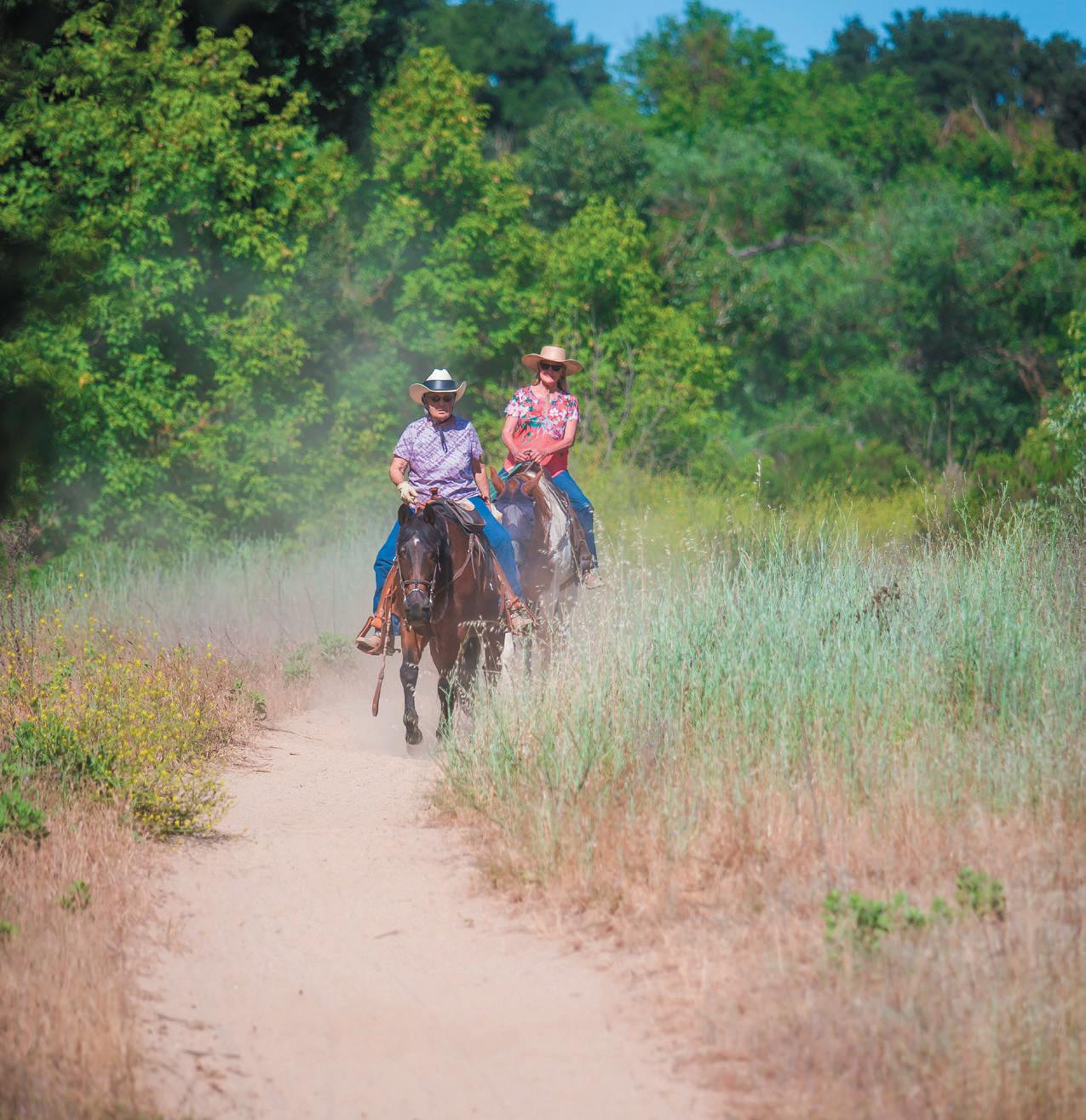
motorcycles accessing the riverbed from the Lakes of Atascadero subdivision, which backs up against the trail. The water company fenced off some of those spots—an ongoing battle as new access points get created. Every year, the water company sends out a reminder letter to the homes along the trail that motorized vehicles aren’t allowed on the property.
“One of the people who lives off Ferro Carril Road actually cut a trail onto water company property, so that motorcycles can access it,” Neil said. “So, I’m probably going to fence it, which is another expense.”
All of the additional maintenance required falls back on the ratepayers, including the cost of repairing damaged or

destroyed fencing designed to keep motorcycles out.
“I don’t think the water company would have an issue if they would tend to stay in the river channel. But it’s when they get on the well roads and stuff. It just creates more maintenance for us,” Neil said. “I just wish we could fi nd a place for them to ride. That’s the real solution to it.”
No place close
Since he was 11 years old, Simon Lorden’s been riding dirt bikes. The Atascadero native is now 23.
“I ride dirt bikes every weekend for sure, sometimes in the mornings before I go to work,” he said. “There isn’t anywhere to ride in Atascadero other than the riverbed.”
The closest place, he said, is Turkey Flats OHV area of Navajo Road in Los Padres National Forest.
When he was in high school, Lorden said, he and his buddies would drop into the riverbed from Halcon Road and ride all the way up to Templeton, go to the market, get gas, and ride back.
“That was our fun, was going all the way up to a different town and riding back,” he said. “Now, we can only ride for an hour.”
The river’s water level over the last couple of winters has truncated the distance they can ride, and motorcycle riders have had to move “all the way up” and fi nd new trails, he said.
“I can only speak for me and my friends, … anytime we see people, we see horses, it doesn’t matter what it is, somebody walking a RIVERBED continued page 24
The hub: 1701 Monterey St Uptown SLO
FOOD, DRINKS, ENTERTAINMENT & GOOD TIMES
7 DAYS A WEEK

LARGEST BAR IN SLO COUNTY
You have to see it to believe it. Plus, second Central Coast Brewing location opening soon!
AMAZING SEASONAL FOOD & DRINKS MENU
Featuring KROBAR’s finest craft cocktails, spirits, beer, wine, cider and hard kombucha.
LIVE MUSIC, TVS, & ARCADE GAMES
Pool tables and golf simulator coming soon.
13,000 SQ FT OUTDOOR PATIO SPACE
Outdoor seating, food trucks, lawn games, and the almostfamous “Monterey Street Beach.”

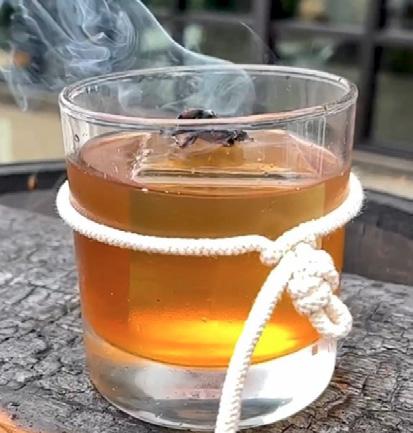


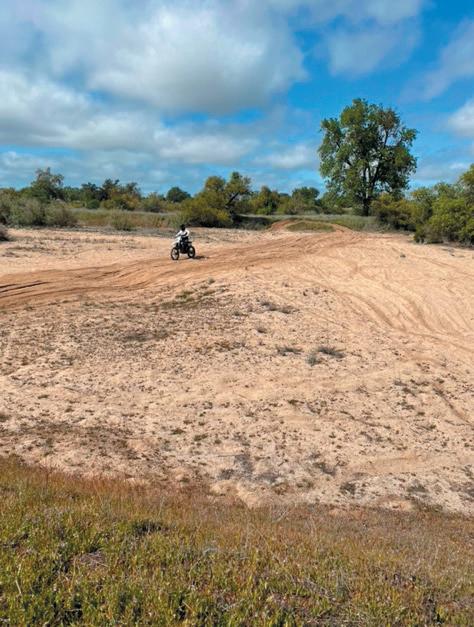
dog, we’ll turn our bikes off of cruise by real slow,” he said. “Every interaction I’ve had with people in the riverbed has been good.”
Earlier this year, he said he ran into some horseback riders on the trail, turned his bike off, said hello, and had a good interaction. He doesn’t go super fast on the trails where line of sight isn’t very far because he doesn’t want to hit anyone. But he’s also had people take pictures of him and his truck while he was loading up his bike in the arena.
Growing up, Lorden knew that it was illegal to ride in the riverbed, but it was an outlet for him.
“You see signs that say no motor vehicles and stuff, but it also says no camping and people are doing that,” he said.
With a 1-year-old at home who’s getting ready to mount his first electric bike, Lorden said his son is going to have to ride somewhere as he gets older. And it would be nice if the family didn’t have to take it a big trip to make it happen. It would be nice, he said, if Atascadero could create a space that’s just for UTVs or ATVs— vehicle categories that include motorcycles.
“Somewhere that we could be responsible for, make a difference in the community, and also be able to have fun,” Lorden said. “I just want to be able to ride without getting in trouble.”
Many of the incidents in the riverbed, according to horseback riders who wished to remain anonymous due to fear of retaliation, occur with young teenagers.
One horseback rider said she used to be OK with sharing the riverbed with motorcycles as long as it was separate, but that changed one day. She ran into two kids on dirt bikes and was able to talk to one of them about trail etiquette and what was allowed on water company property, but the other one took off.
“That kid was waiting by the pumphouses, and when I would ride up, they would ride at me the whole way down the water service roads,” she said. “It was so dangerous. … So that day I became a total believer.” She no longer felt that off-road vehicles could share the riverbed— whether in the city or county. The horseback rider also started calling 911 for vehicles in the riverbed. She and McGinnis aren’t the only ones, but many horseback riders say that the Police Department hasn’t always been responsive.
During a Feb. 27, 2024, Atascadero City Council meeting, several people spoke during the community forum (30 minutes designated for residents to speak). Some lived in the Lakes subdivision, others were trail users—all of them complained about motorcycles.
RIVERBED continued page 26

In the New Grover Beach
• Studio, 1, 2, & 3 Bedroom Units
• Easy Access to Beaches & Trails
• Ideal for Outdoor Activities
Secure Your Spot on Our List!
CCB.Homes/Encore



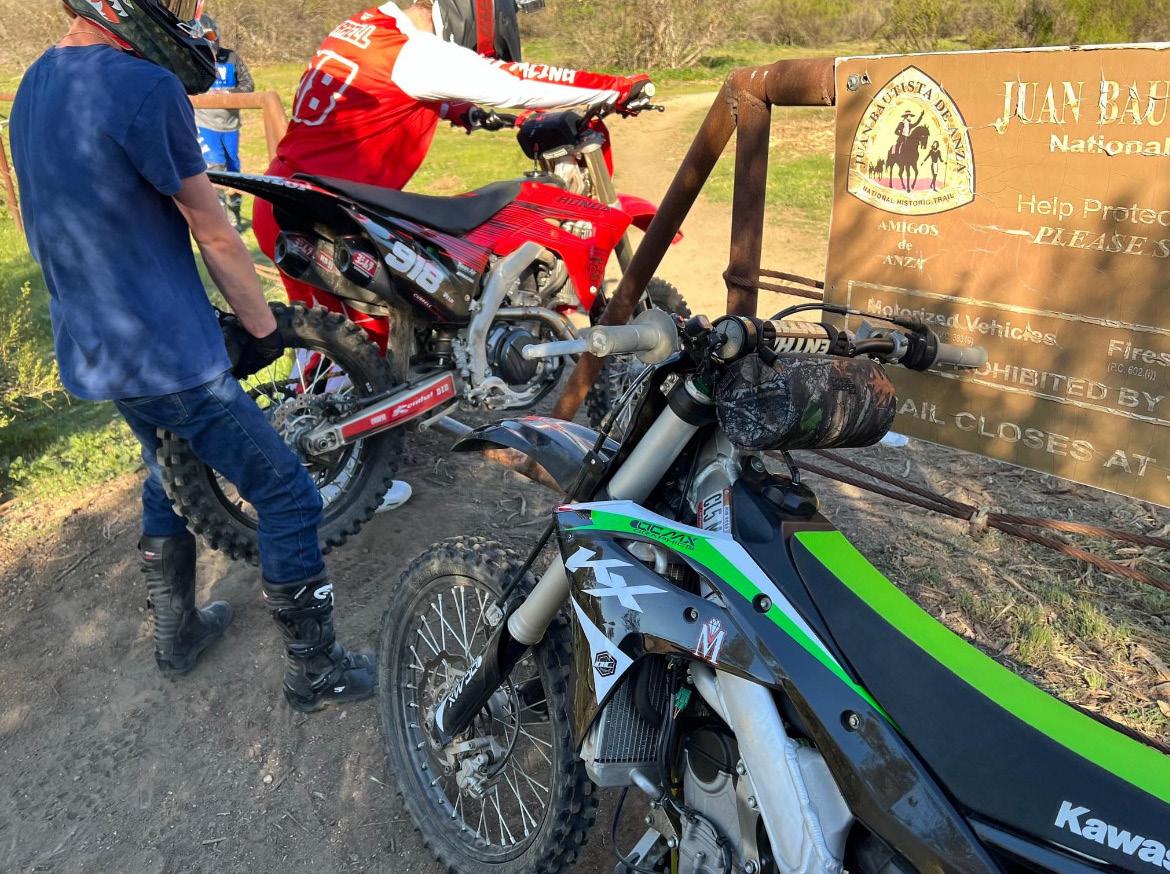
One resident who lives at the end of Tampico Road on the edge of the riverbed said that motorcycles drive onto her property through barricades and cones to access the river.
“We had to basically emergency put up a gate,” she said. “It’s a safety hazard for me. I don’t appreciate it. I’ve called the Police Department, personally, about eight times and reported it.”
Resident Vicki Janssen told the council that she believed motorcycle riders are becoming
more aggressive, getting closer and closer to people on foot, bike, and horseback, which isn’t safe.
“I had an incident where I could hear a motorcycle coming and I stopped my horse in the trail, and they were going so fast that one of them had to lay down his bike, and he tore open his knee, and now I’m rendering first aid and I had to call his grandmother to take him to the hospital,” she said. “I don’t have a solution. … We need to bring the sides together, try to find a win-win where we can all enjoy multi-use recreation on the trails. … We need

to find a way to educate people who are using the trail.”
For Atascadero’s new police chief, that meeting was a starting point. He heard concerns from property owners concerned about noise and those whose land was being damaged, property like fencing being destroyed, animals such as goats and pigs being disturbed. He heard from trail users who were worried about their own safety. He heard from residents who voiced issues about the environment, such as vehicles running over beaver dams.
“Not only do we have this issue with motorcycles, but we have this issue with citizens,” Chief Dan Suttles said. “Our primary goal is to keep the peace, … so find solutions.”
The council directed city staff to try and meet with stakeholders, which Suttles did. In April, the Atascadero Police Department posted a notice on its Facebook page.
“We need your help to address a growing concern: illegal motorcycle riding in the Salinas Riverbed,” it said. “This reckless behavior not only violates our local laws but also endangers public safety and harms our precious environment.”
The response was swift

and critical, with hundreds of comments. Many who responded to the post referenced homeless camps, saying they do more damage than the dirt bikes do. Others lamented that the riverbed was the only place where kids could ride their motorcycles. Several said the Police Department should focus on more important issues.
“Comparing enforcement of OHV riding in the riverbed and resources we put toward homelessness, it’s just been night and day,” Suttles said. “We haven’t had a patrol in the riverbed, but I can tell you we deal with every single day putting resources toward our homeless population.”
Suttles said the city receives noise complaint and trespassing calls about motorcycles in the riverbed. And while city municipal code does outlaw motorized vehicles in the riverbed, it’s been hard to enforce for several reasons.
It’s difficult to identify riders, who are usually covered head to toe in safety gear including a helmet. Their bikes aren’t necessarily registered and don’t have license plates. Catching them is near impossible, and he’s not going to put his officers or a rider in danger with a high-speed chase

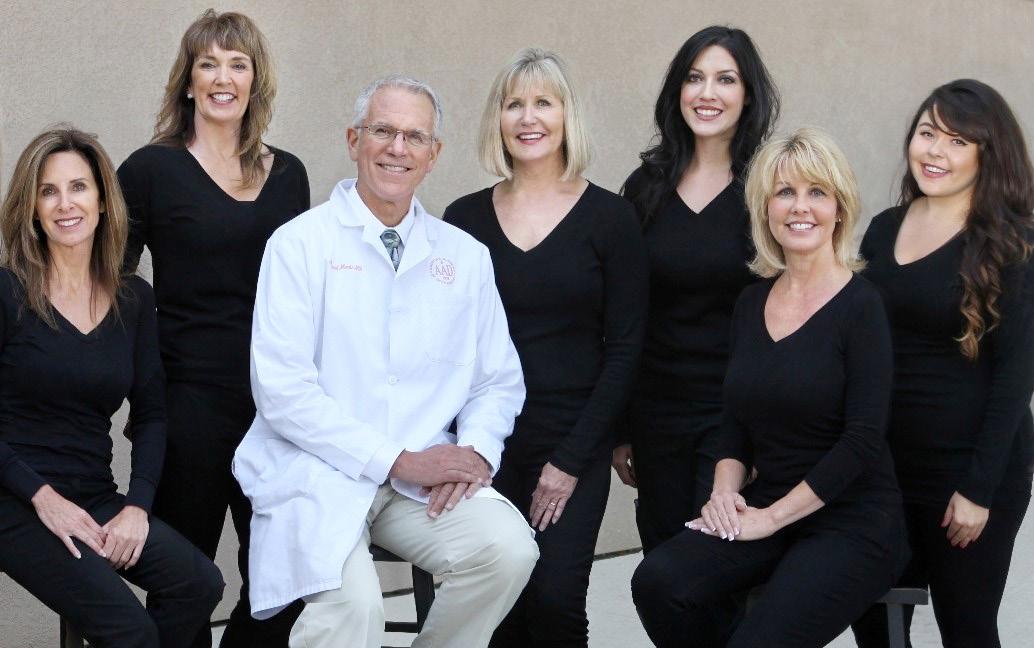

through the riverbed. Plus, the city/ county boundary zig-zags through the Salinas River, and the city Police Department doesn’t have jurisdiction in the county.
The SLO County Sheriff’s Office

does respond to trespassing calls from private property owners along the Salinas River but doesn’t receive very many, sheriff’s spokesperson Tony Cipolla said.
Suttles said his goal moving forward is to find some sort of balance that addresses the issues at hand.
“We do have the ability to have a presence in the riverbed,” Suttles said. “We know where people like to drop into the riverbed, and if we can be there and talk to people, then that’s great. I’d like to take a softer approach.”
That starts with education, “the least amount of enforcement,” and escalates with the scale of the problem to “the greatest amount of enforcement.”
“If someone is doing something extremely dangerous, we will treat it as such,” he said, adding that this is how the Police Department now tries to approach a lot of situations.
“Riding dirt bikes is not inherently dangerous,” said Suttles, who rides both dirt bikes and horses. “It’s not ever going to be safe riding a bike next to a horse.”
















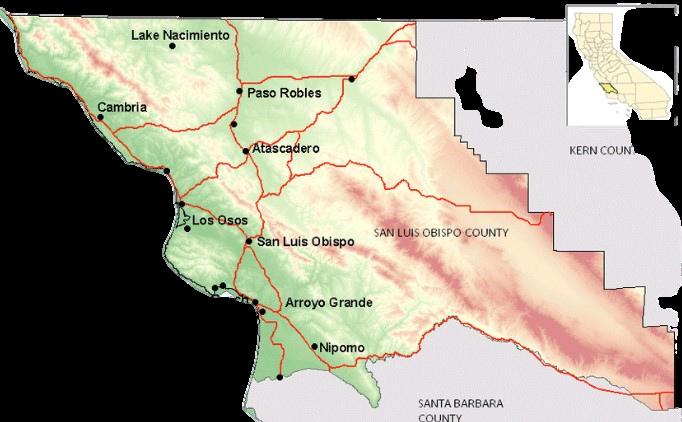











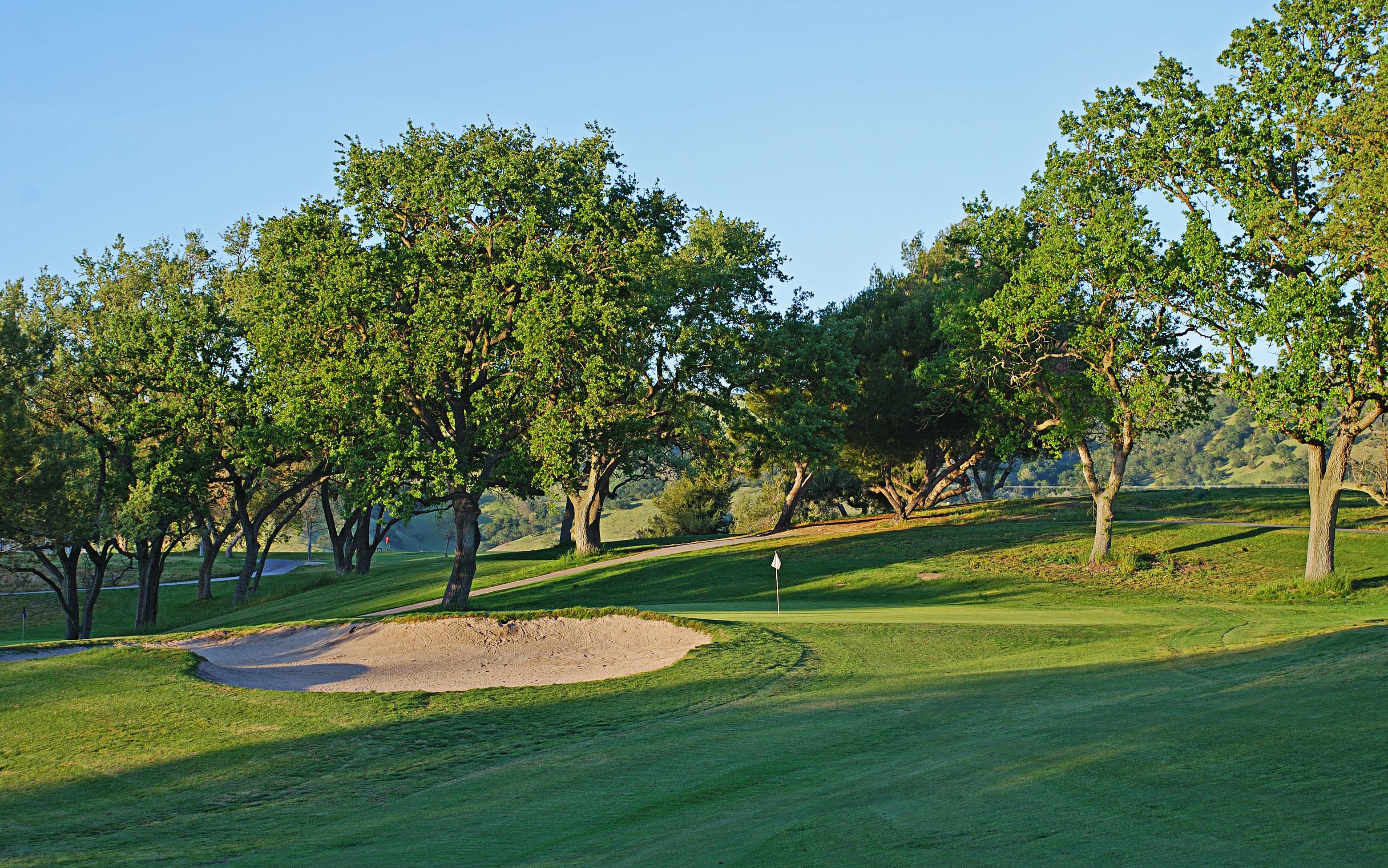




HANG ON Andrew Okerlund scrambles up East Mox, one of the peaks on The Bulger List.
BY GLEN STARKEY
Seven hundred miles. An elevation gain of 400,000 feet. A total of 100 separate peaks. All in 85 days. From June 18 through Sept. 11, 2023, then20-year-old Cal Poly computer science major Andrew Okerlund, now 21, took on The Bulger List, Washington State’s 100 highest peaks, becoming the youngest and second fastest climber to achieve the feat. He’s only the fifth climber ever to complete the list in a single season.
Okerland scrambled up volcanos, traversed glaciers, and disappeared into the wild for weeks at time, carrying everything he needed to survive.
“The Cascade Mountains in Washington are an extremely amazing place,” Okerlund said. “They feel extremely remote. I would be out there and not see anybody else, just me and my climbing partner. It does feel like
you’re the fi rst person to ever be in these places. There’s just extreme beauty, and the mountains themselves are extreme—they rise out of 2,000-foot-deep valleys to 6,000 feet of gain to these very glaciated and jagged-looking peaks. I’m in love with the Cascades.”
Okerlund grew up in Camas, Washington, about 20 minutes north of Portland, where he went camping and backpacking with his family.
“I don’t think I was particularly reckless as a child. Maybe I liked to climb on the playground a little bit higher than the other kids.”
It wasn’t until high school that he became obsessed with climbing.
“When I could drive, that’s when my friends and I started to get into exploring a bit more and going on our own backpacking trips.”
He started by climbing peaks in his vicinity, but he soon discovered, “This is a thing people do, and there are
actually routes and there’s complexity to it. Different mountains are harder than other mountains. After that, it got a little more selective.”
He and his friends began taking on more challenging peaks, ones that were renowned for their difficulty.
“The summer after my freshman year in college, there were these fi ve volcanos in Washington, which all kind of varied in difficulty, and I wanted to climb the easiest one, Mount Adams, with my friends, so we climbed that, and then I was like, ‘Oh, well, maybe I can climb all fi ve of them that summer.’ They got progressively harder: Mount Baker was the next one we climbed, and that one is glaciated, so there are crevasse risks, and you need to have a rope, so we learned some skills. I climbed that one and I was like, ‘OK, now we’re going to climb Rainier,’ which is kind of like the big, bad one that people die on.
“It’s a really big mountain, big weather patterns, and really big glaciers. So we did that,” he continued. “This was my second summer of general mountaineering in Washington, and I read about these two guys—Jason Hardraff and Nathan Longhurst—who had done The Bulger List in a single season, and it was the fi rst time it had ever been done in a single season. People had only done it over the course of many years.”
He began planning his Bulger List trip for the following summer, but he knew over the next nine months, he needed to gain more skills.
“I didn’t have the technical knowhow to do a lot of the peaks because they required technical rock climbing and route-fi nding skills, and just efficiency with rope work so you’re fast and safe. That’s what I lacked.”
When he returned to Cal Poly for his sophomore year, he found a mentor in mechanical engineering student and climber Nicole Morgan. “When I got to SLO, the first

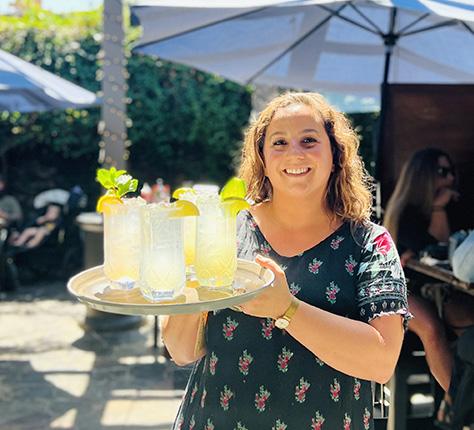






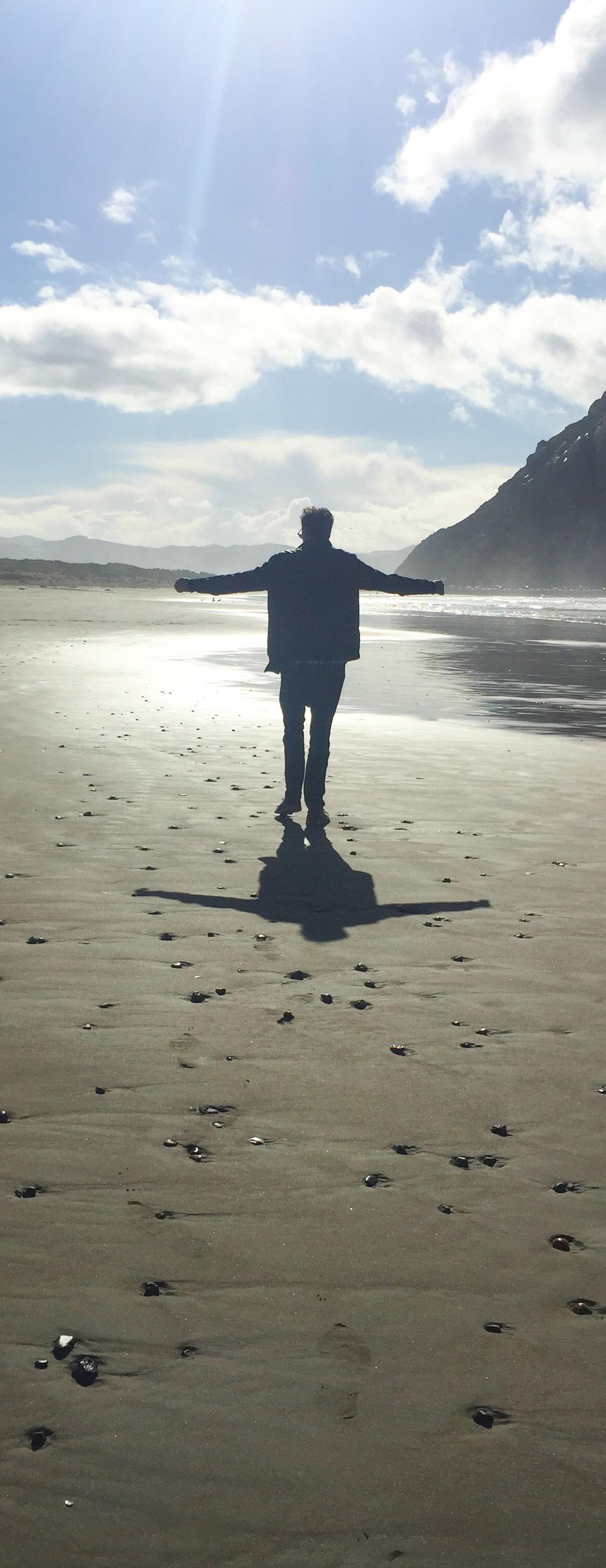
JAGGED BEAUTY
Climber Andrew Okerlund loves Washington State’s Cascade Mountains and climbed the highest 100 of them during the summer of 2023.
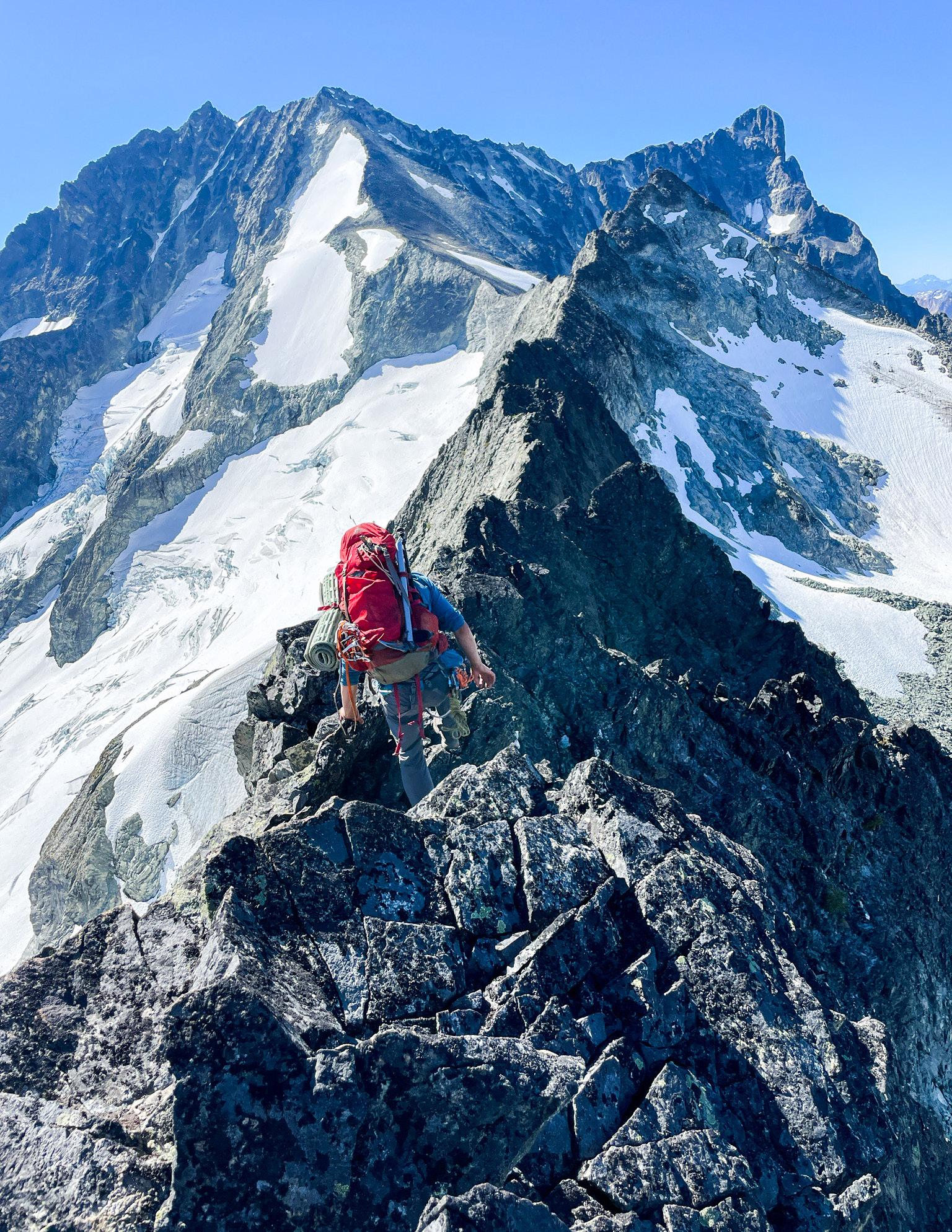
from page 30
thing I did was find someone who could teach me, mentor me, in this form of rock climbing. A lot of people around here rock climb, but they don’t do the kind of climbing that’s applicable to mountaineering, which is called trad climbing. It has this specialty of gear and an increase level of knowledge you have to have, and it’s just more dangerous.”
Soon he was taking climbing trips to Joshua Tree and Utah, Nevada, different places in California to practice his skills.
“I was practicing rock climbing and then simultaneously trying to work on my conditioning, so I was doing hella repeats with the pack on and running a lot and trying to fit all that in between my [Cal Poly] course load.”
When the season approached in 2023, he felt like he was ready: “I spent the whole nine months between September and June planning for it, so I had a whole itinerary and calendar marked up.”
His first summit, however, didn’t go as he hoped.
“The first trip I felt some hesitation, which was a combination of being a little naive about what I was I was getting into, and then bad weather. It was
snowing and raining and cold, and [I had] bad footwear and got blisters. It was a high mileage trip—I was shaking all the problems out of the way, I guess. That first trip, I was soaking wet, and it was midnight and I still had seven hours to go, and I thought, “I hope it’s not all like this.’”
Things went more smoothly after that, and the longest stretch he took off without climbing was three days.
“I didn’t like taking that much time off. I was dying to go out, but it was for the better ultimately.”
Safety was always a concern, which is why he didn’t climb alone.
“I have a satellite device, but you sort of assume, whatever goes wrong, you have to rescue yourself. Generally speaking, in the Cascades, there is a rescue option, but it’s a matter of how long it’s going to take them to get there, and it may take them a very long time. You are assuming risk, but your first line of defense is not making mistakes in the first place.”
That mostly worked out, but Okerlund recalled one instance when he and his climbing partner got off-route traversing between two peaks. Desperate to avoid having to backtrack, he took a risk.
“I decided to just down-climb a section, like, OK, we’ll just go down this side, you know, kind of blind, but it looks like it will work, but we

don’t actually know.”
Things got dicey.
“It’s kind of like being in the middle of this [rock] face, and you’re feeling very trapped, like you don’t want to go down, you know going up isn’t going to lead anywhere, so you’re in this state of bouncing back and forth between what you have to do. Eventually I figured out that I could go up and left and then down and rappel off a tree, but for a moment there it felt very insecure.”
Okerlund funded his trip through his own savings, crowdfunding from relatives, and he got help from Zach Hein, founder of Range Meal Bars, who supplied some food and videographer Ross James Wallette, who chronicled Okerlund’s achievement in the YouTube documentary 100 Summits, Bulgers in a Season, released on June 14.
Now that he’s the youngest and second fastest, does Okerlund want to be the fastest?
“No, I don’t need to be the fastest,” he laughed. “In fact, I probably wouldn’t climb all 100 peaks again. I would do a different 100. When I was going through it, I knew it was possible because other people had done it, so the next thing I’d be looking to do it something that hasn’t been done, so you have no idea if it is possible.”

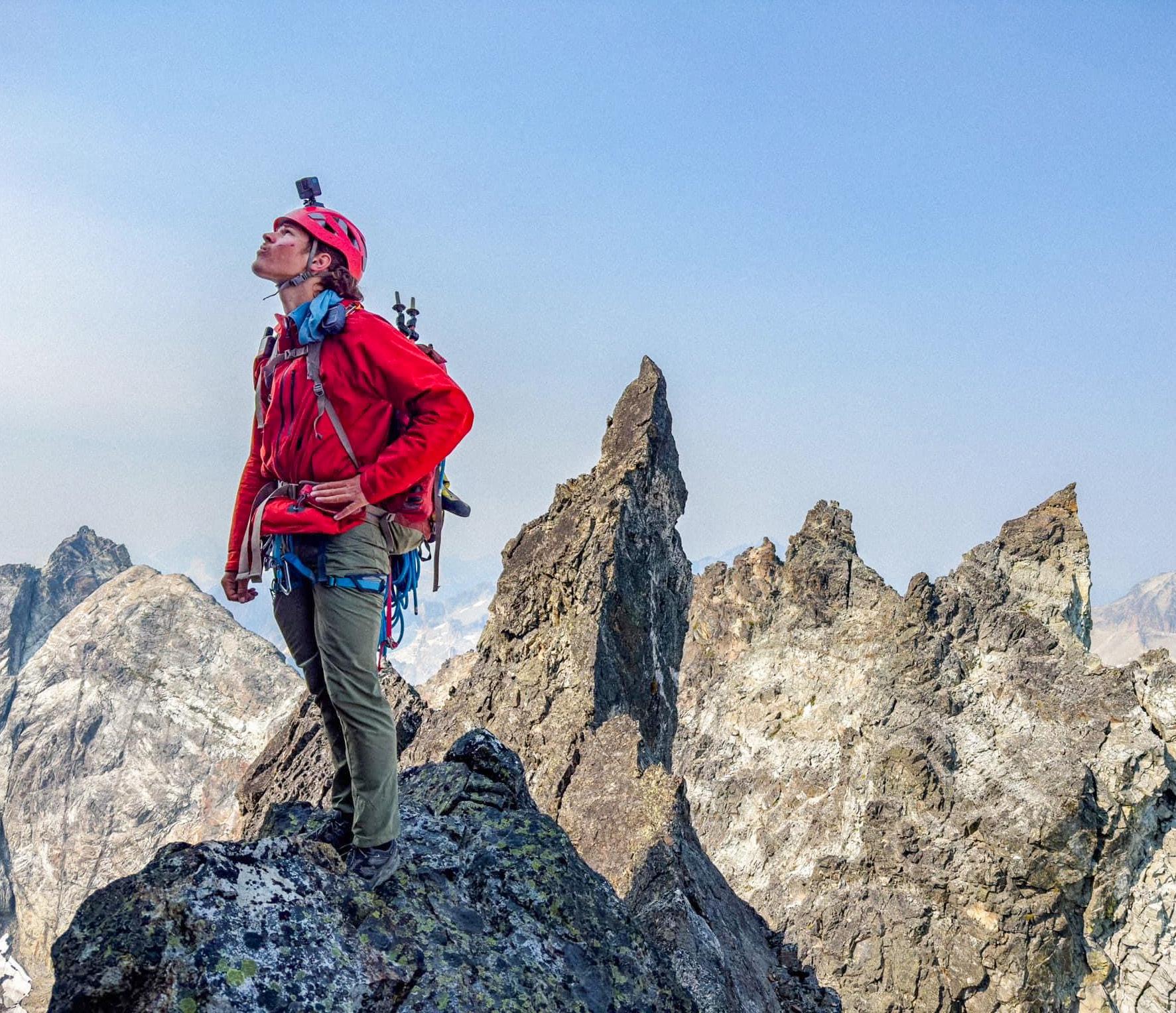


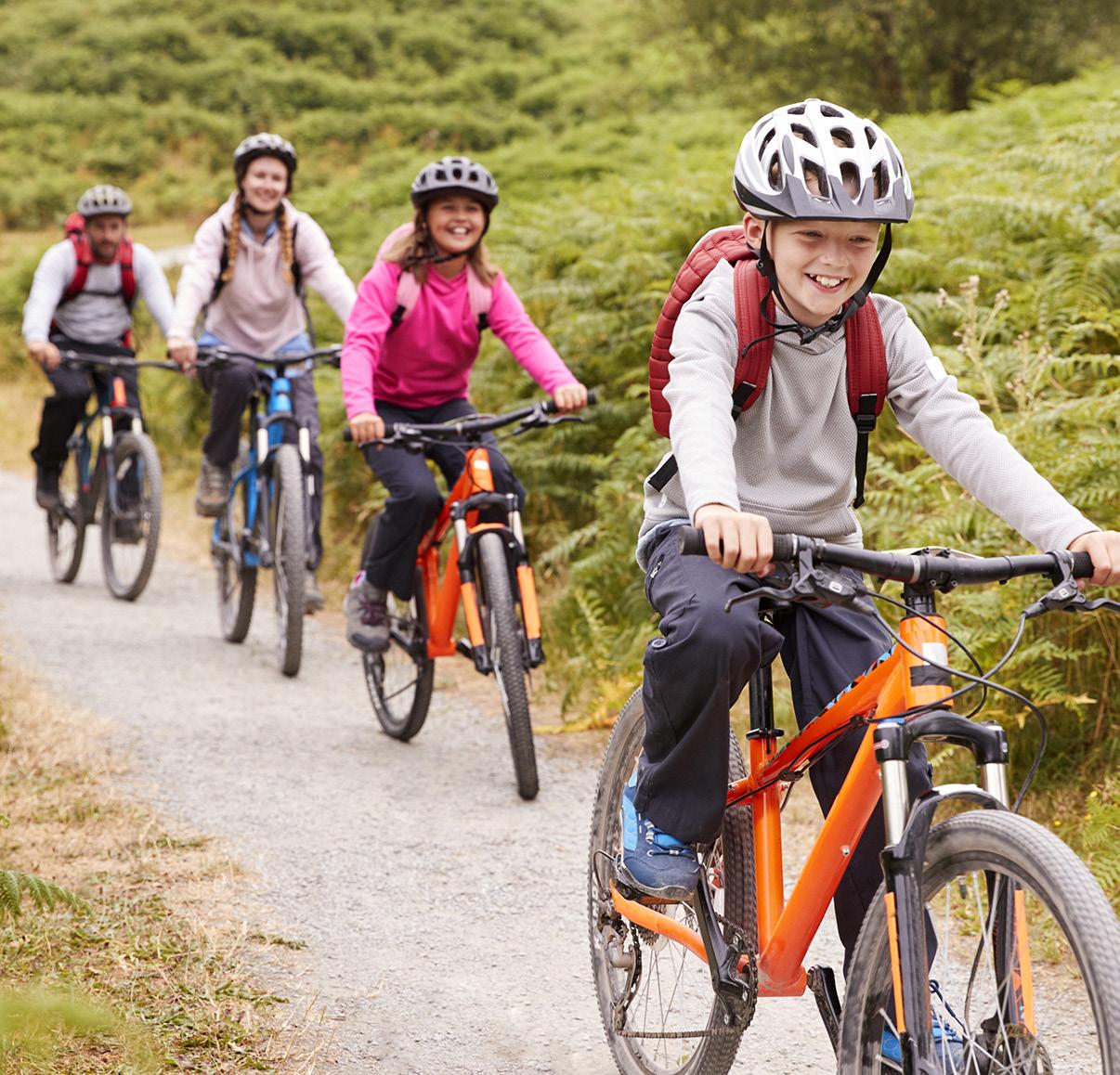
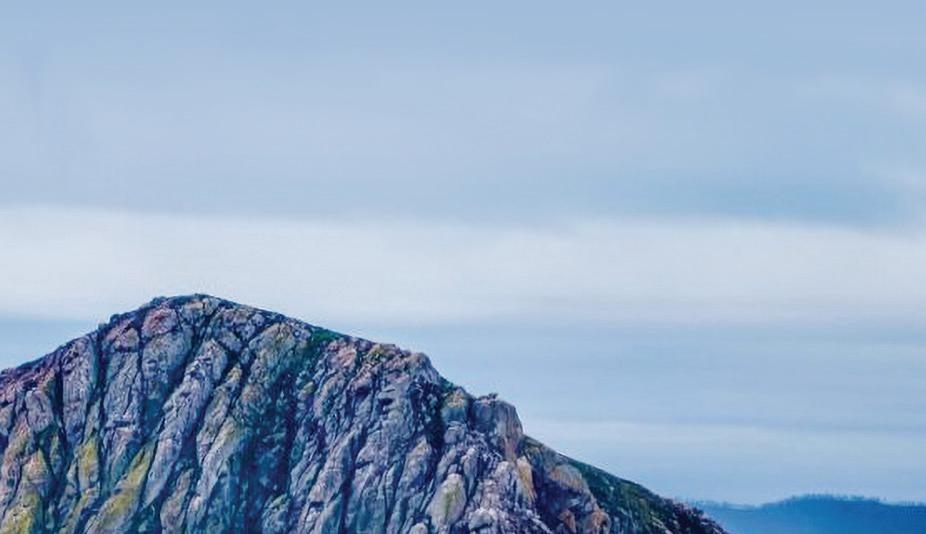
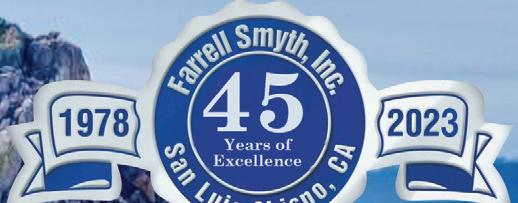
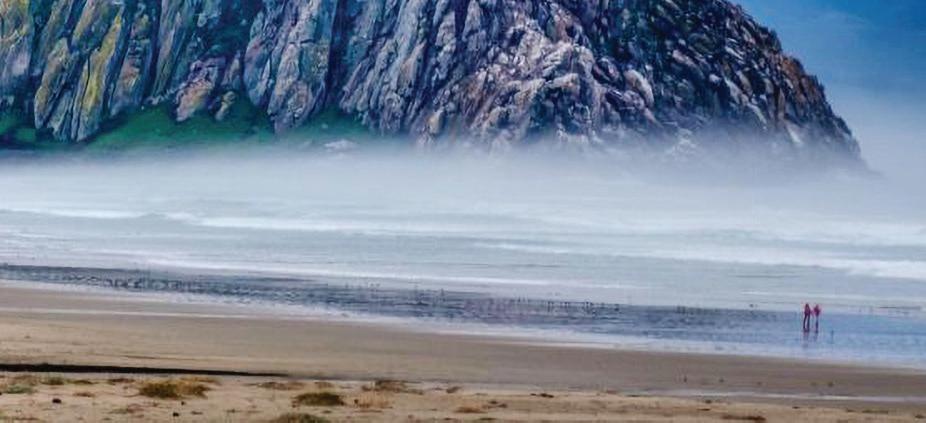




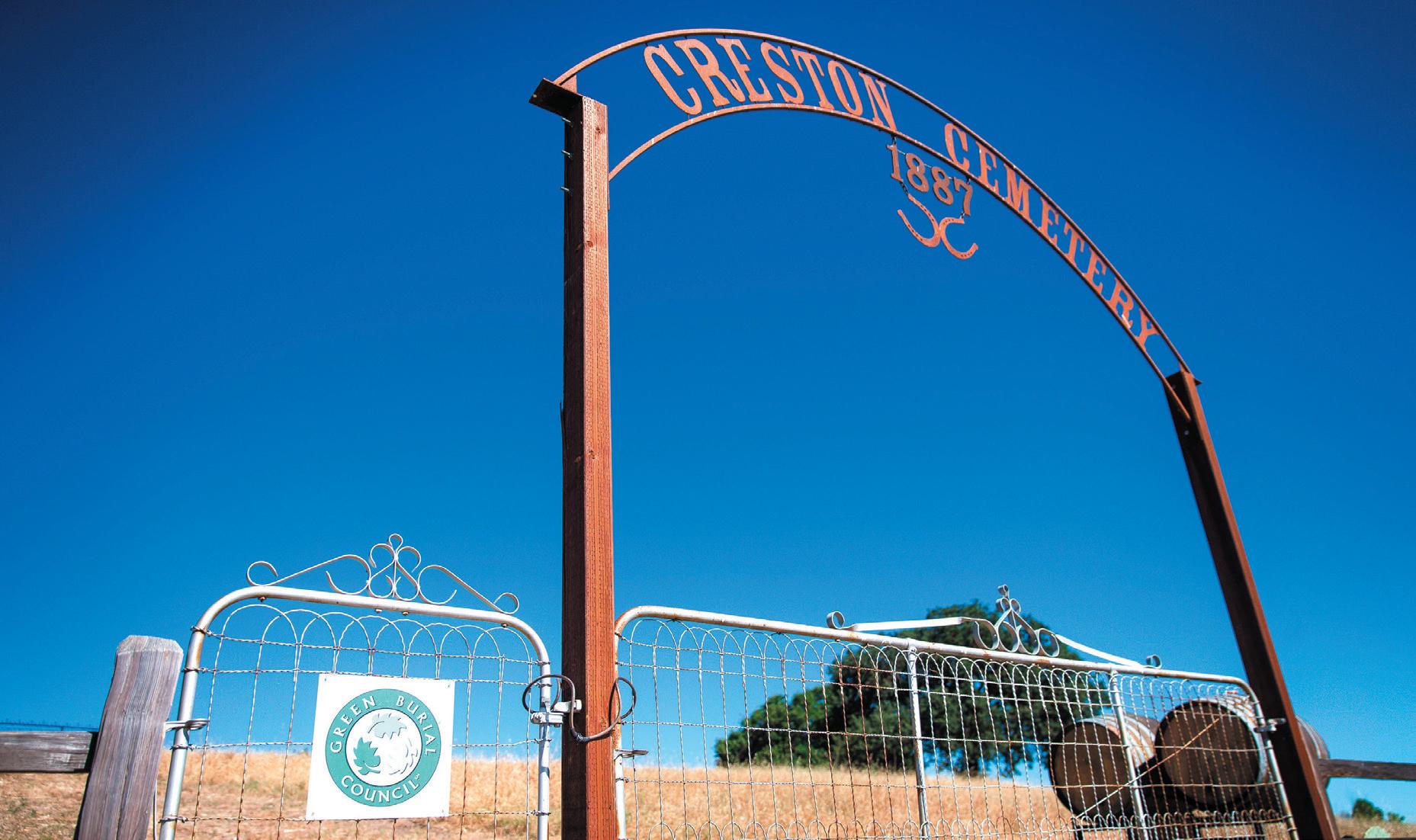





BY BULBUL RAJAGOPAL


Destination Destiny Memorials founder Ed Bixby may not have chosen to get into the natural burial business but his family’s centuries-old connection to cemeteries couldn’t be ignored.
In 2007, the New Jersey real estate broker and developer tasked himself with cleaning up his ancestral Steelmantown Cemetery
located amid the 25,000-acre nature preserve of Belleplain State Forest.
The Bixbys owned the cemetery from the 1600s until the 1840s when they handed it over to the local community. While the family continued burying their loved ones there, the cemetery switched hands again in the 1950s—this time to a funeral director who performed the burial ceremony of Bixby’s infant
BY JAYSON MELLOM
brother but slacked off on taking care of the property.
“It always bothered my mother,” Bixby said. “I went to the individual and asked him to clean it up. He had a strange proposition. He said, ‘How about I give it to you?’”
By then, the cemetery had reverted to a forested state, serving as a covert spot for people to dump trash. It resulted in Bixby’s team
clearing 10 dump truck loads of debris from the area. He added 3 miles of walking trails to entice people to visit that portion of remote New Jersey and learn about its history.
“We did it because I wanted to make my mother feel better about the fact that my brother was buried there,” he said.
Six months after he took over, Bixby read an article about natural burials and the Green Burial Council in the Atlantic City Press that sparked an evolution in his newfound responsibility as a cemetery owner. He contacted the council and found out that his cemetery met all the criteria to be a certified natural burial ground.
Not long after, Bixby began offering off-trail burials to people in the New Jersey, New York, and Philadelphia area. His hands-on experience with natural burials moved him up the Green Burial Council ladder, eventually making him its president for a decade.
“Even though natural burial is a wonderful benefit to the environment, it’s truly a way for people to regain their place in the funeral service itself for their loved ones,” Bixby said.
Natural or eco-friendly burials offer catharsis. Opting to bury a ECOBURIAL continued page 36
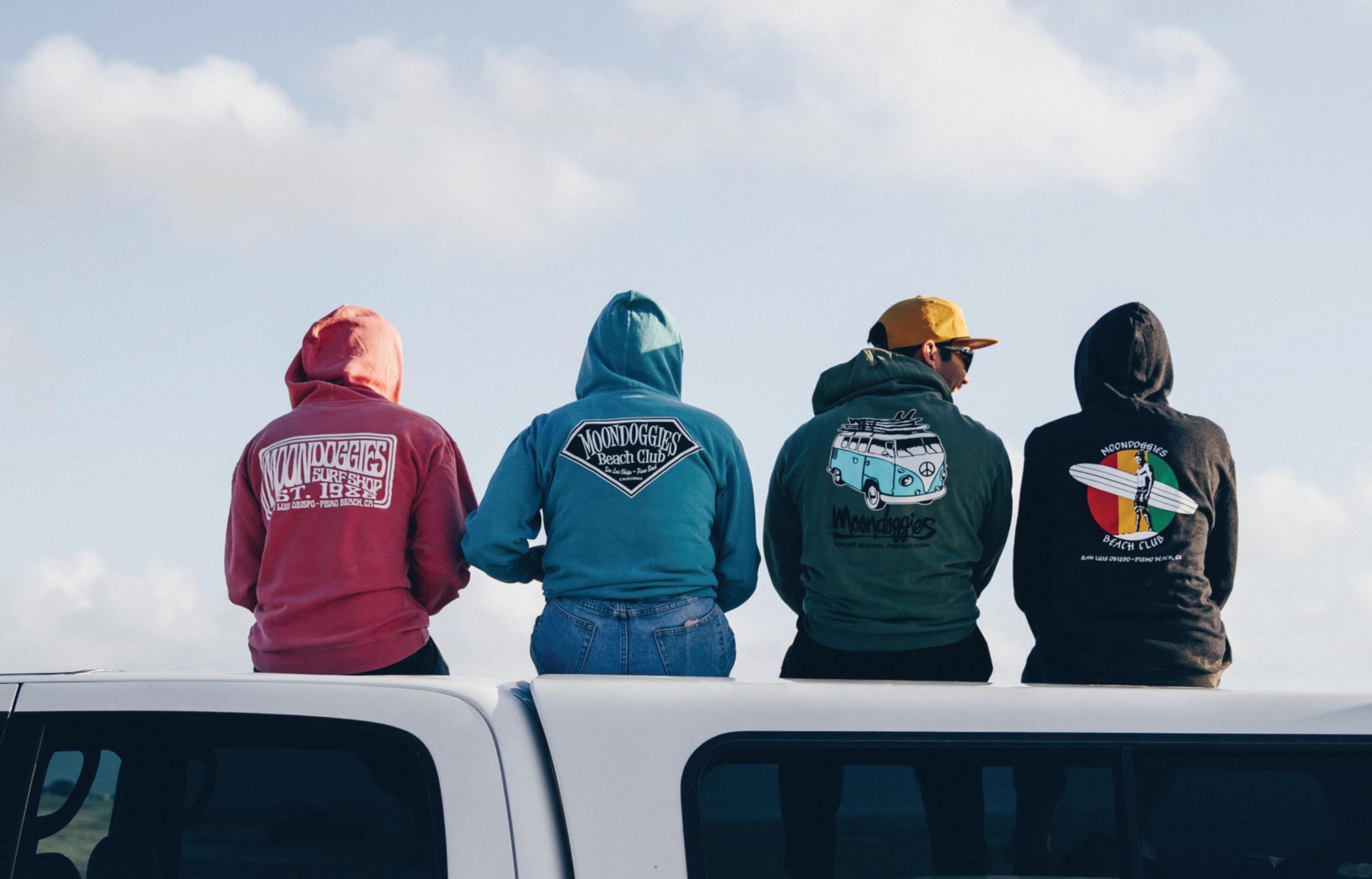














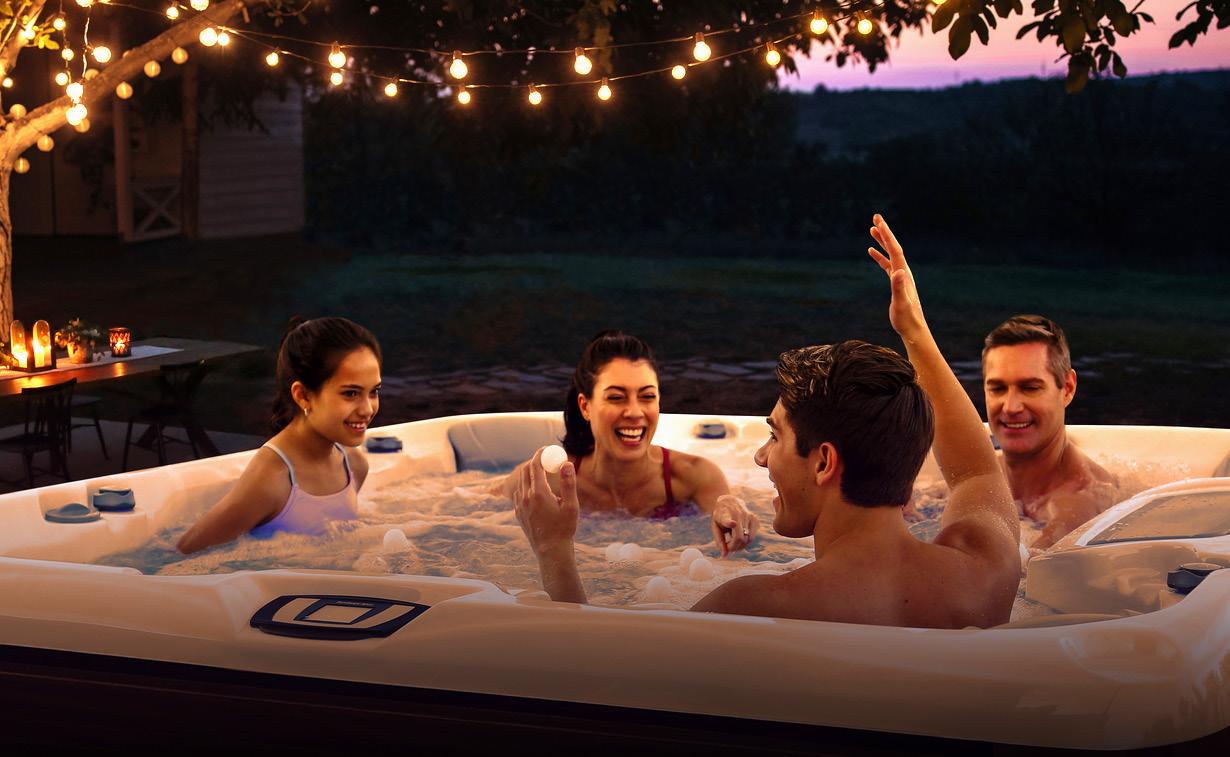





loved one at one of the green burial sites managed by Bixby’s Destination Destiny Memorials means eschewing embalming chemicals, caskets, urns, or vaults in concrete or metals.
Instead, the body is wrapped in a biodegradable cotton or linen shroud that allows for complete decomposition. It underscores the philosophy of “ashes to ashes, dust to dust,” Bixby added. Family members have the option to participate in the ceremony by carrying their loved ones to the burial site, lowering their loved ones into the earth, and helping back fill the graves.
“Hollywood and movies have made cemeteries and funeral directors spooky,” Bixby said with a laugh. “What people have to understand is, it’s within our DNA to care for our loved ones in death.”
Bixby’s management company, Destination Destiny Memorials, now also offers natural burial services in cemeteries in Pennsylvania, Oregon, Minnesota, Arizona, and in California—specifically, in Half Moon Bay, Placerville, and San Luis Obispo County’s Creston. According to Bixby, the opportunity to provide natural burials lies in reclaiming
existing cemeteries that need restoration and preservation.
“It’s a conservation tool,” Bixby said. “I think you’re going to see conservation agencies and state agencies over time start using it for that because it can produce a certain degree of revenue that can go back into caring for the land. It preserves it for the community to use as a green space.”
Though he had a cemetery on his mind, Bixby arrived in California in 2016 with a commonly sought-after goal for many visitors: finding an idyllic location between Los Angeles and San Francisco.
That pursuit propelled him to the Central Coast.
One of Bixby’s business partners, Baxley Andresen, zeroed-in on the Creston Cemetery after a year-long search. They’re now co-owners of the 3-acre Little Farm Road cemetery and have overseen six green burials there since 2021.
“There was only maybe about 80 people buried there,” he said. “Being surrounded by the ranchlands and vineyards, it’s absolutely beautiful.”
A small cemetery up on a hill, the Green Burial Council-certified Creston grounds remain somewhat a secret to locals about its capacity for natural burials, according to Bixby. Families in Santa Barbara

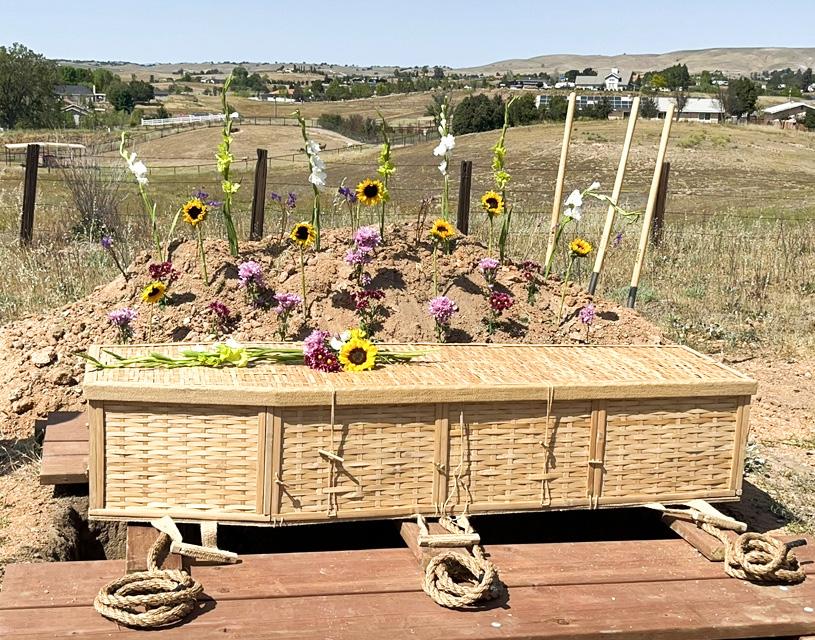
County requested most of the natural burials conducted at the Creston Cemetery.
“I think there are a lot of people who want it, and they don’t realize it’s in their own backyard,” he said. “A lot of the funeral professionals don’t understand what we do at the moment. … They’re not really pushing it, and I think what we need is the community to start asking for it.”
The Creston Cemetery enjoys the lack of general maintenance by Bixby’s team, meaning they allow grass and flowers to grow over the hand-dug graves marked with

natural field stones. They only mow the vegetation down during fire season. Starkly different from a lawn cemetery, the Creston space looks similar to a meadow or a fallowed farm field, with trails cut into it for easy access.
“Up in Creston, it’s like a time warp,” Bixby said. “We’ve installed a split-rail fence, and I made an old-fashioned cowboy type sign that goes over the gate. The cemetery was founded in 1881. When you go to Creston, it feels like it’s 1881.”
A natural burial service at Creston costs a flat rate of $5,000.



















In the heart of charming Old Town Orcutt, and winner of “Best Pizza” in Northern Santa Barbara County six years in a row, Pizzeria Bello Forno is a local favorite and known for much more than creative and exceptional pizzas!
Enjoy house-made appetizers, salads, pastas, desserts, plus local and imported wine and beer.


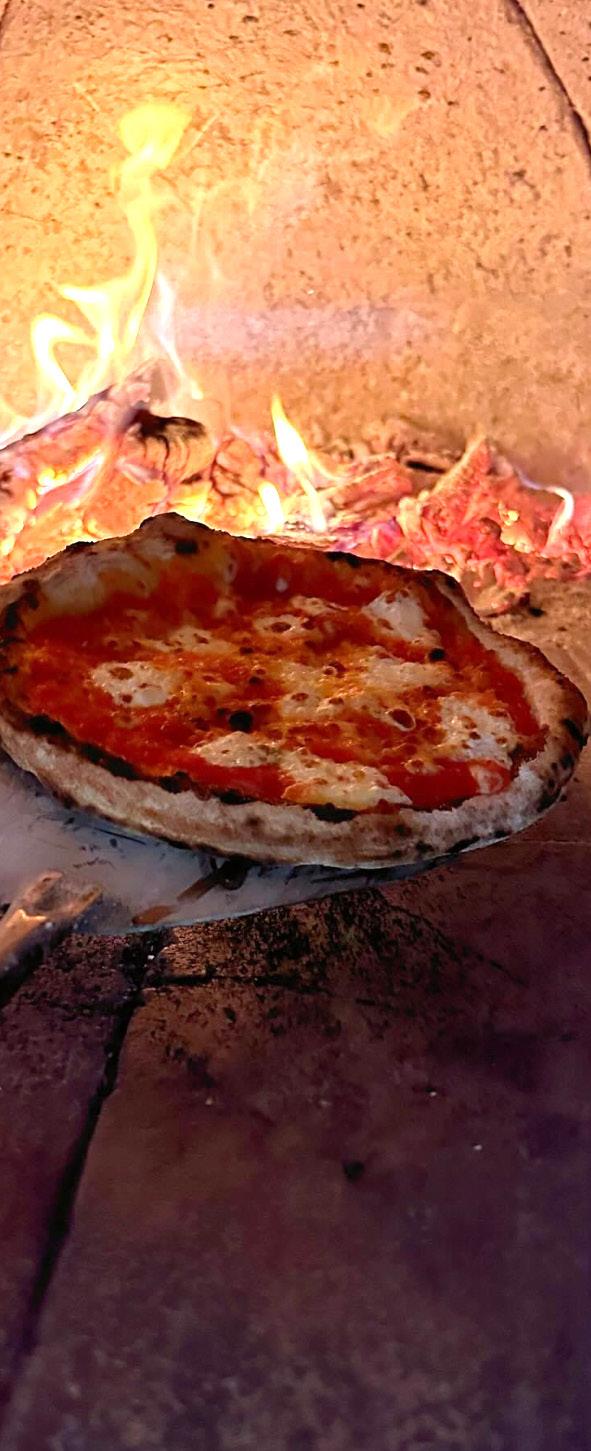

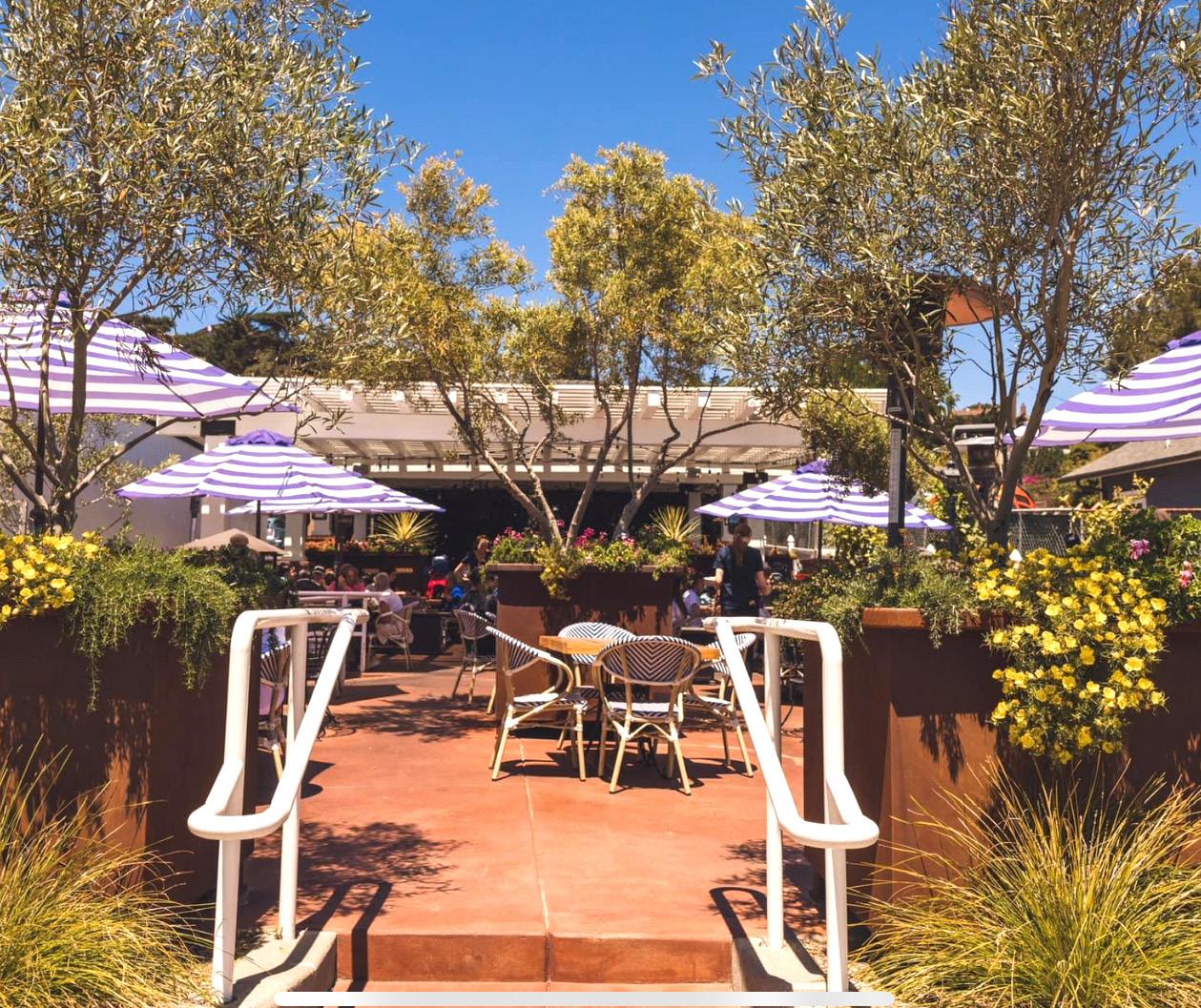
Located in the quaint Village of Arroyo Grande, Branch Street Deli and Pizzeria features a revamped menu and fresh remodel. Dine in one of the most beautiful al fresco patios on the Central Coast, and enjoy an array of sandwiches, salads, wood-fired pizzas and more, plus local and imported wine and beer. Live, “easy listening” music on the weekends.
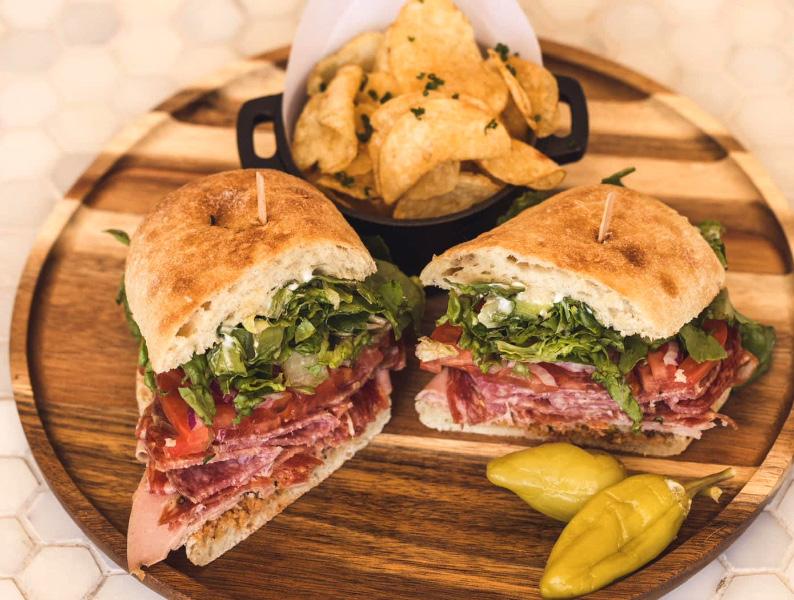


Visit Destination Destiny Memorials at destinationdestinymemorials.com to learn more about its natural burial services and spaces.
That includes the single-burial plot for $3,500, and grave openings and closings for $1,500. Destination Destiny Memorials digs the graves by hand, uses rustic planks and hemp ropes to lower the shrouded body, and offers historic field stones to mark the plot.
Bixby has plans to expand the acreage of the Creston Cemetery, but his vision doesn’t stop there. Once the president of the Green Burial Council, he progressed to creating a group of his own called the Global Green Burial Alliance.
It’s a social networking organization that connects natural burial enthusiasts across the world.
He credits the worldwide effort for making natural burials a thriving space for acceptance. Everybody relates to the concept of death.
“Natural burial knows no boundaries when it comes to race, religion, and sexuality,” Bixby said. “I’ve buried Catholics next to Christians next to Muslims next to Jewish people. No one objects to it in death because the surroundings and the effects of what we’re doing transcends that.”



Located four miles south of Pismo and 92 miles north of Santa Barbara, people come for the Dunes and stay for the Beach Boardwalk. m
Board the AMTRAK into Grover Beach for a day at the Dunes. Enjoy a beachside picnic, jog the coast, or even ride a horse.
Grover Beach has the best collection of thrift shops in SLO County. Check out our recommendations for the perfect low-cost, shop-till-you-drop (into a beach chair!) day plan at: www.visitgroverbeach.com
Food and drink make the world go ‘round. Enjoy a weekend on the West End sampling our highly-rated restaurants and bars.
Grover Beach is the perfect place to explore with the kids and friends. We always recommend a beach day, or visiting some of our many parks including our two favorites: 16th Street Park & Grover Heights Park
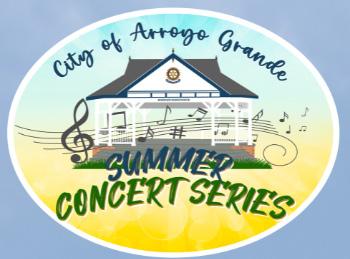



Live Music Every Sunday through Sept. 22, 1-3pm at Heritage Square Park The City invites you and your family to celebrate Parks Make Life Better during the entire month of July! July 27 at Elm Street Park, 10am-3pm Enjoy a day at the park with your leashed best friend!
BASKETBALL LEAGUE: September 23-November 18 ADULT SOFTBALL LEAGUE: Co-Ed Division & Men’s Division September 8-November 24 SAVE THE DATE: Annual Halloween Carnival at Elm Street Park October 26 & 27; 3-9pm
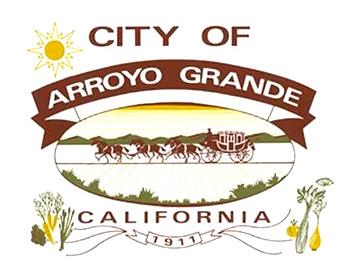
City of Arroyo Grande proudly serving the
of its community.




Editor’s note: Queer Ascents is made up of people who are close friends with the author.
Cricket Pihl spent a lot of their time growing up climbing on everything they could fi nd; eventually, they started rock climbing in 2019 when they moved to Washington state and got a job at a local rock climbing gym.
“I just fell in love with the movement, the community of it. Everything about it was so good,” said Pihl, who uses they/them pronouns. “It’s the most inclusive and enthusiastic sport I feel like I’ve ever done.”
In September 2023, Pihl moved from Washington state to SLO and immediately found social media accounts for The Pad, SLO’s climbing gym, but it took them about a month to decide to climb again, they said.
“I kept putting it off because I didn’t know anyone, and I never loved climbing by myself because it feels more like a workout, and it’s like the community isn’t there necessarily,” Pihl said.
At the four-week period, Pihl saw a post on The Pad’s Instagram feed that advertised Queer Ascents: a SLO-based rock climbing club for the LGBTQ-plus community that hosts indoor and outdoor meet-ups on a regular basis to allow people to rock climb with fellow LGBTQ-plus climbers.
Pihl went out to Morro Bay’s Cerro Cabrillo for an outdoor Queer Ascents meet-up, where they met Mackenzie Shuman and Jesse Cabacungan, the founder and current president and treasurer of Queer Ascents, respectively.
BY TAYLOR O’CONNOR
“And then I started hanging out with you guys more,” Pihl said to his fellow Queer Ascents climbers during a conversation on May 22. “Everyone would always say that it felt like I’d always been here. … But I also think that’s because we all climb, which makes it easy.”
Pihl volunteered to make posters for Queer
Ascents after the meet-up and became more involved over time. Now, they serve as the marketing coordinator where they run Queer Ascents social media accounts and help fellow board members with tabling at local events and planning meet-ups at The Pad and SLO’s outdoor climbing spots.
“I think here, too, specifically, … it feels like a very small community for queer people,” Pihl said. “At our last meet-up, [someone] came, put their stuff down, and the fi rst thing they went into was just the things they were struggling with at home and with their family and gender. It was like the climbing was so secondary to being able to have that conversation, and that’s very powerful.”
Alongside providing LGBTQ-plus people a community space, Queer Ascents works to break down any barriers that fi rst-time climbers face when wanting to try the sport by having free gear people can borrow, covering day pass costs, and providing a discount for memberships at The Pad.
“The way I wanted to structure it was very much to show that Queer Ascents was for all levels of
QUEER ASCENTS continued page 42

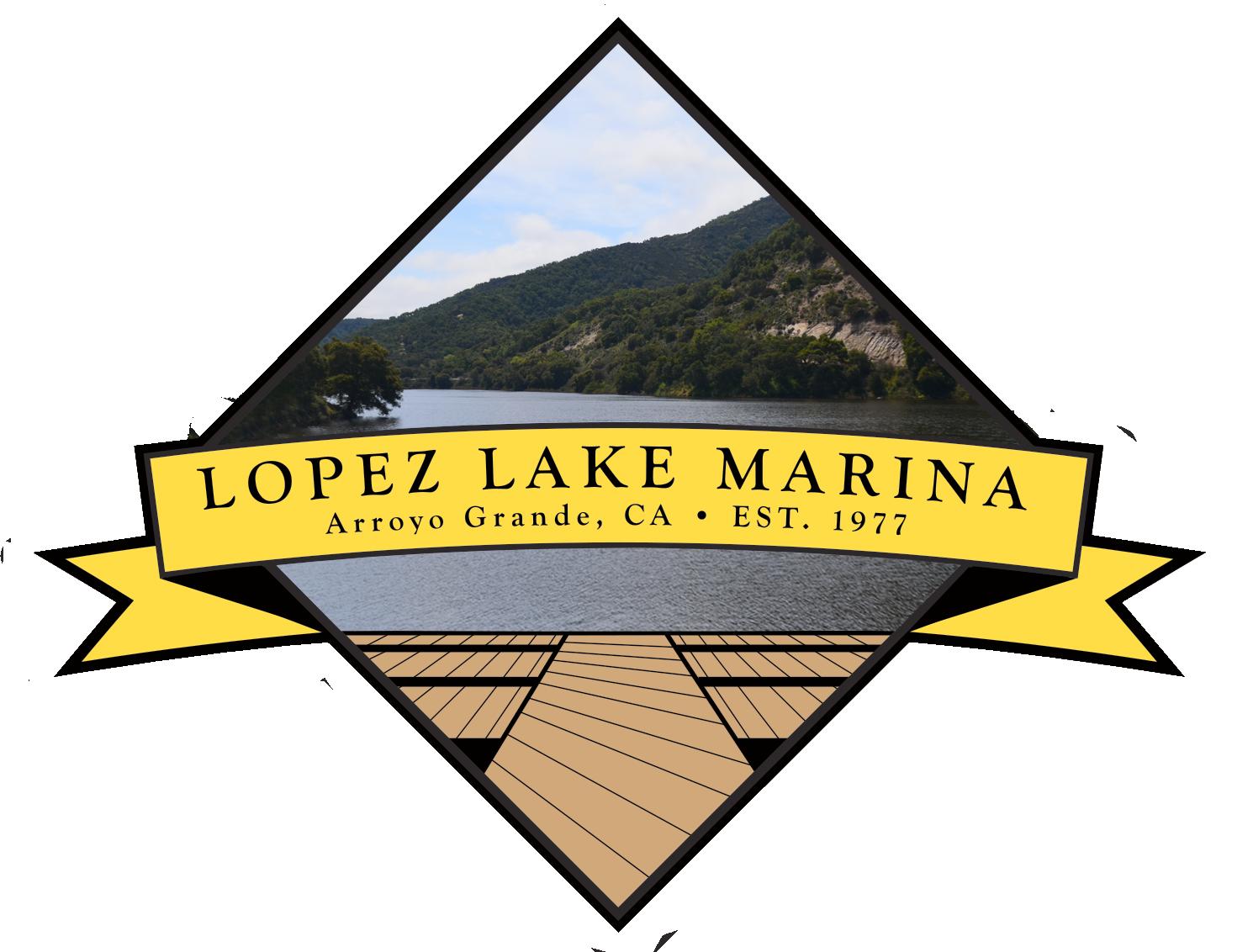
Fish Tales Bar & Grill open all summer long. Bar known for handmade Bloody Mary’s and Cadillac Margaritas. Full Bar, Arcade, Pool Tables, 4k TVs.
General Store for all Camping/RV Supplies/Fishing Gear and Fishing Licenses
Fish in the lake include: Large/Smallmouth Bass, Catfish, Panfish, and Stocked Rainbow Trout.
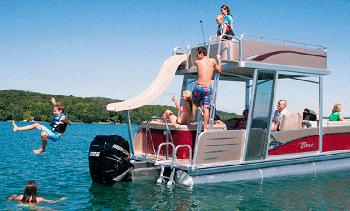
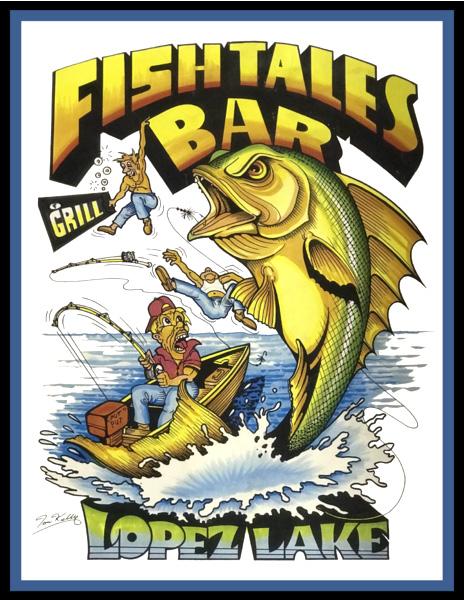


Playing outdoors is important to the healthy growth and development of children. Research shows that children who play outside regularly are healthier and stronger.
Taking play outside helps children connect with the natural world. It also improves coordination, encourages active imaginations and can help reverse childhood obesity rates. Starting a child’s appreciation of nature can begin early, with walks in a stroller. As the child grows, visit playgrounds and parks, or spend time exploring the backyard.
Unstructured outdoor play can be especially beneficial because it encourages social skills, too. Children create games, take turns, make decisions together and learn about sharing as part of unstructured play.

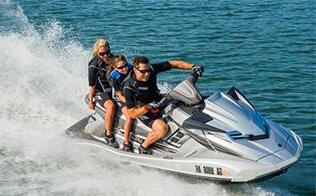
call 805-788-2381 805-489-1006 6820 Lopez Drive, Arroyo Grande LopezLakeMarina.com
Camping Reservations,


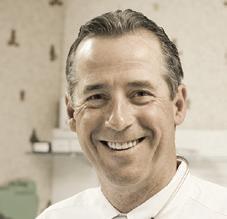
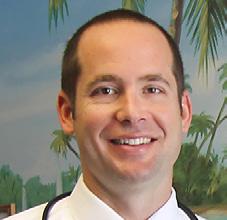


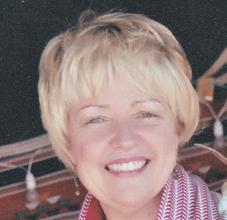


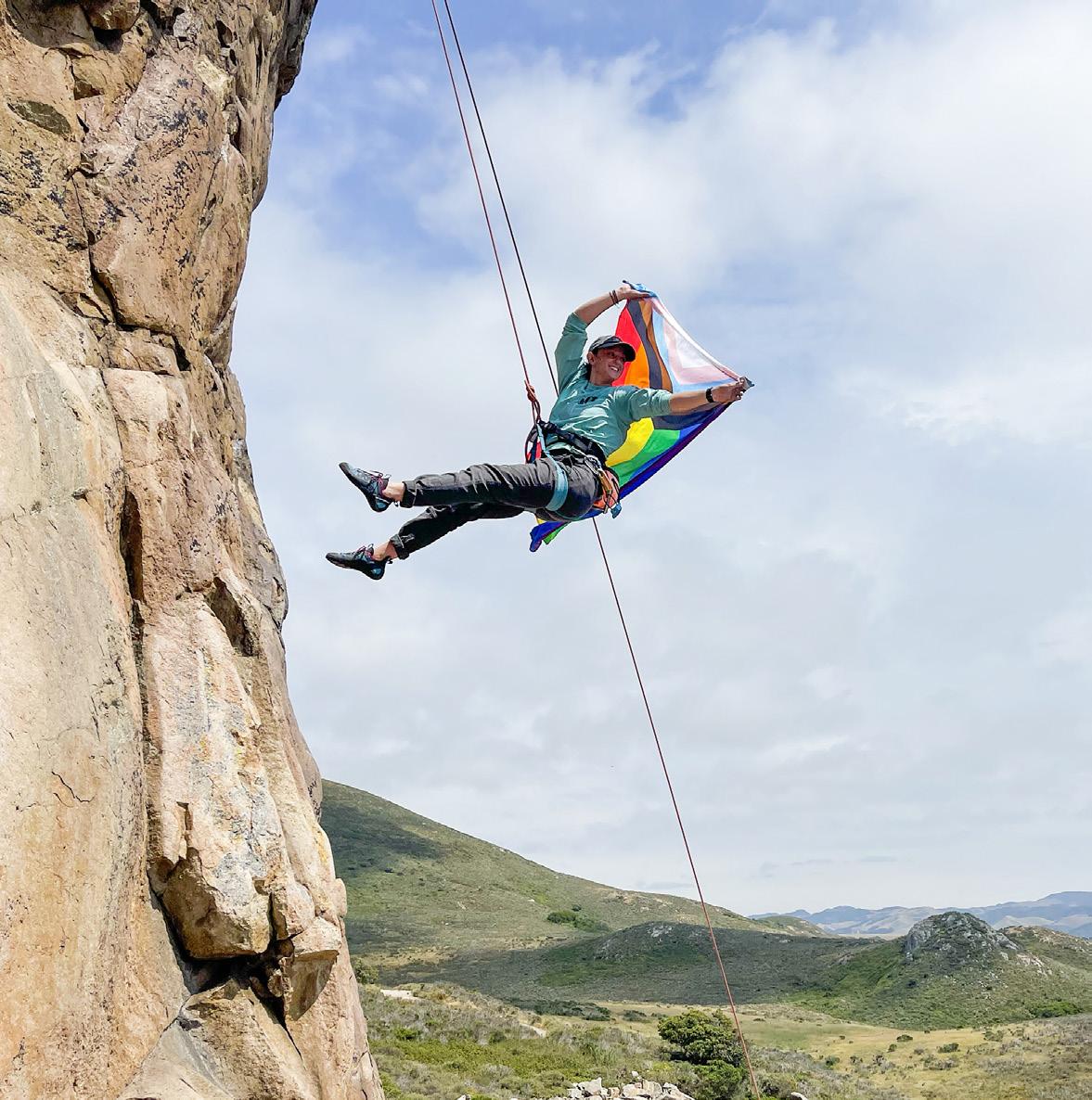
climbers—it doesn’t matter if you’ve never climbed before or are super experienced and climbed the biggest mountains. Whoever can and wants to join can join,” said Shuman, Queer Ascents’ founder. “It’s very much a sport where if you have that little
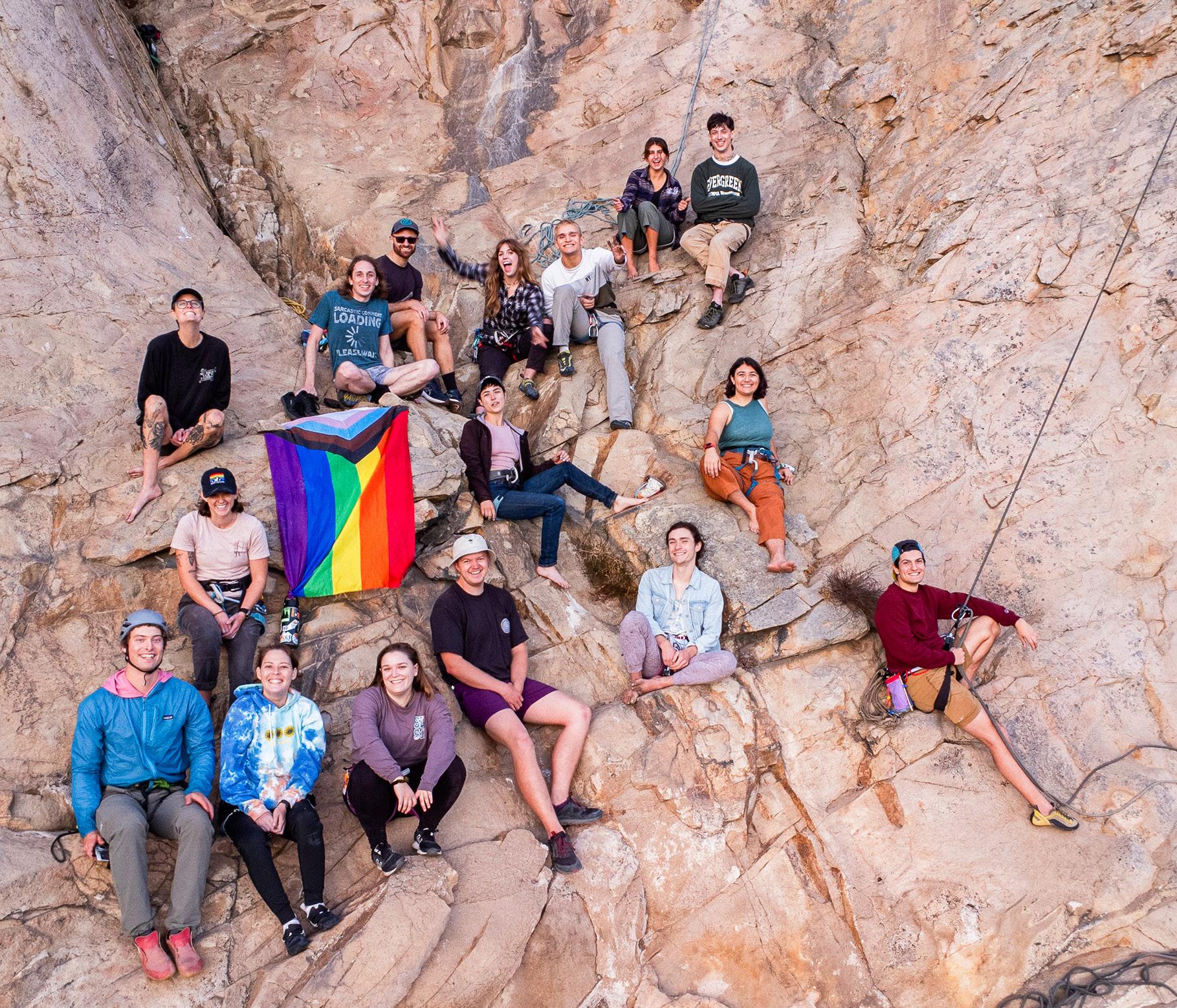
community, it makes it more enjoyable. We provided that space for people to find a community—going to a set place, a set time where they know there’s going to be queer climbers.”
Shuman launched Queer Ascents after she couldn’t find a rock climbing club to join, she said.
“I particularly wanted to make
it queer because I am queer and it’s really important to have that community around me,” Shuman said. “They make me feel safe, loved, and supported, especially in an area like SLO where it’s not always easy to be safe and loved as a queer person.”
SLO County has few dedicated
LGBTQ-plus spaces and offers minimal events curated to LGBTQplus people. If there are events, they can often be affiliated with nightlife, said Cabacungan, Queer Ascents current president and treasurer.
“When you think [of] queer culture, [the] majority of people
QUEER ASCENTS continued page 44








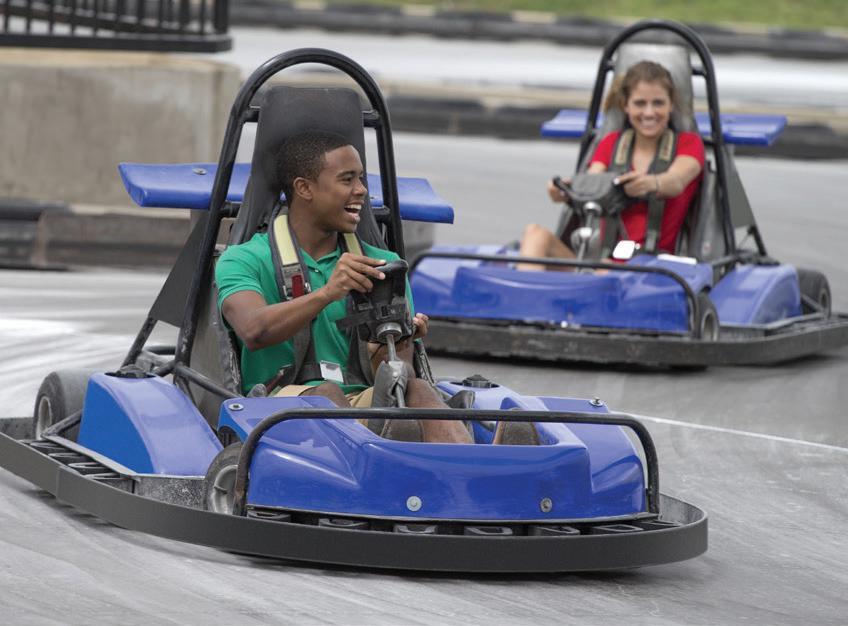












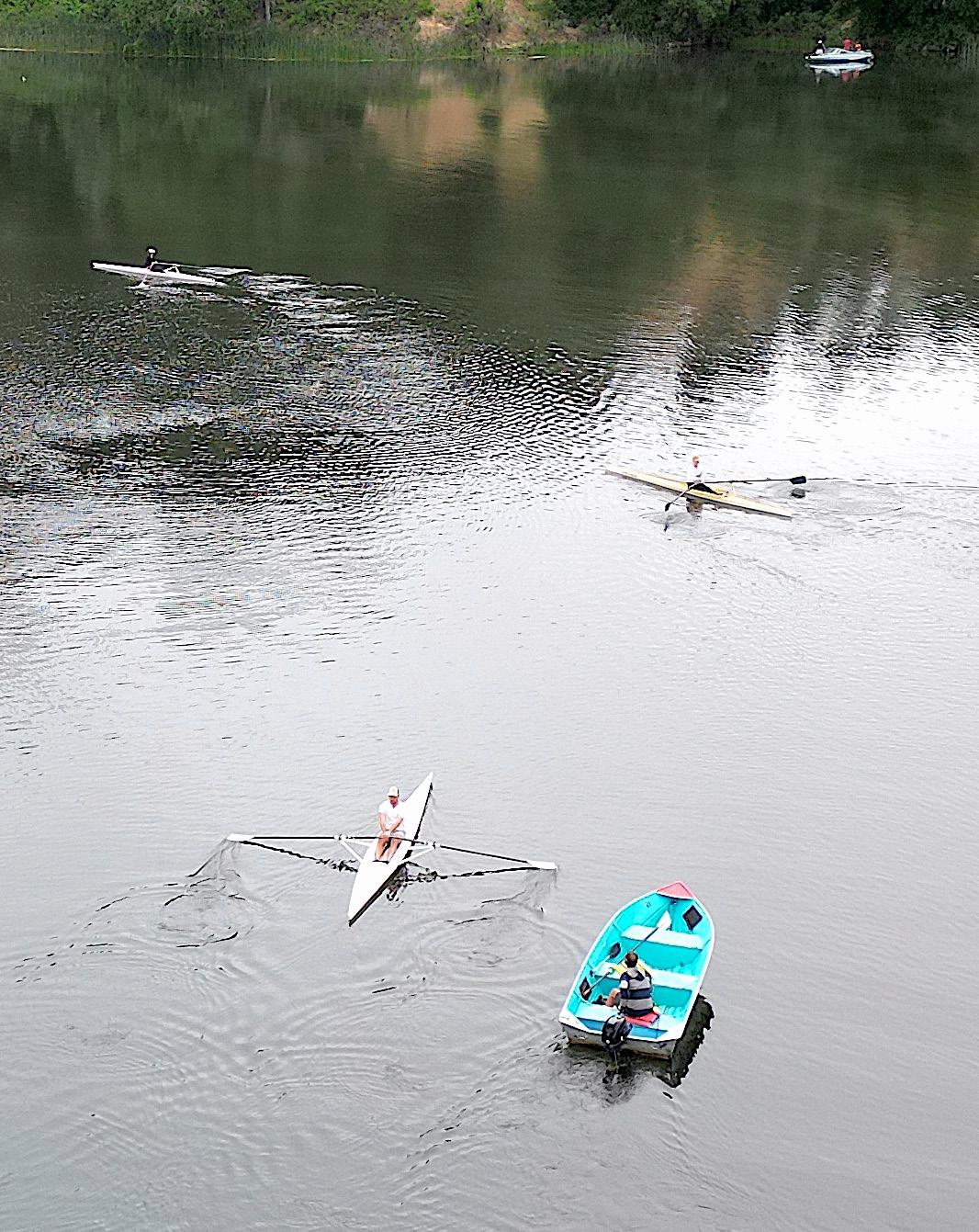

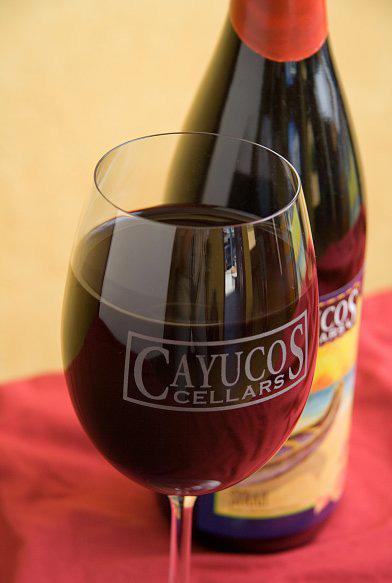







will be like, ‘Oh dancing, clubbing, you know that type of lifestyle,’” Cabacungan said. “She [Shuman] kind of wanted to show that, ‘No we aren’t only found in those spaces.’”
Shuman added that she wanted this club to help break down stereotypes of queer people.
“We can be athletes, drag queens, students, we can be whoever we want to be,” Shuman said. “Queer Ascents shows people that queer people are rock climbers.”
Shuman said she started the groundwork for Queer Ascents by creating social media pages and a website and had a logo designed by a friend. She met with the owner of The Pad, who said they’d be willing to support the organization and provide a space for meet-ups, she said. After ticking the initial boxes, Queer Ascents launched in June 2023 with its first meet-up at Bishop Peak—and about 15 people showed up, with several people Shuman had never seen before, she said.
Queer Ascents continued hosting meet-ups each month, where Shuman said she saw familiar faces and new ones. The group also held a few fundraisers to help raise money to buy gear and cover day pass fees at The Pad.
“It’s really incredible. It’s also something I didn’t know would stick. I expected it to be really small, like one or two of my friends. To see several people show up—and as each meet-up happened, we had this little family start growing—it was really cool,” Shuman said. “People came up to me after meet-ups saying, ‘I’ve never interacted with LGBTQ people outside of a party, drag show, or bar.’ … People liked it and we never got any hate whatsoever, which was cool.”
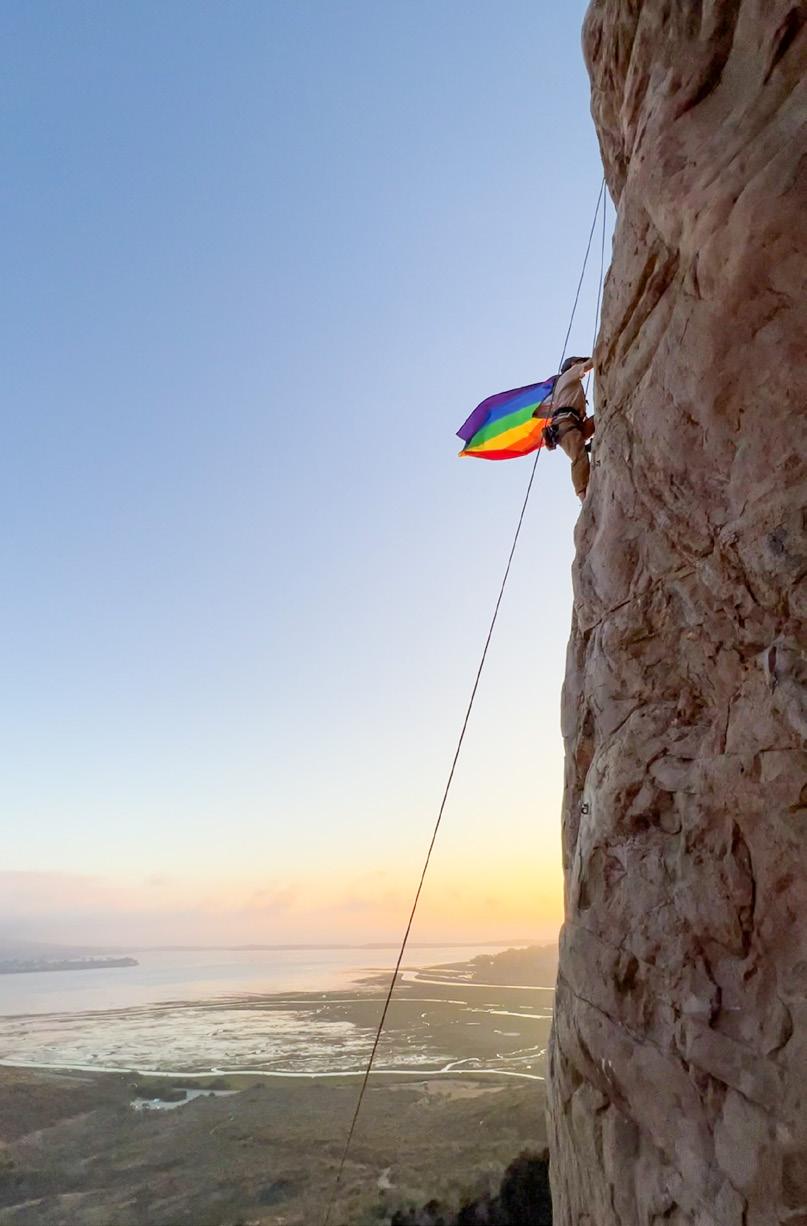
As Queer Ascents gained momentum, Shuman got a new job in New York and had to relocate in

April 2024, she said. “I was really nervous about moving away—that nobody was going to take over and [Queer Ascents] would die as this passion project that I started,” Shuman said. “When I told people that I was moving, the first thing they asked was, ‘What’s going to
happen with Queer Ascents?’”
Once Shuman accepted the job and moved to New York, the organization established a board of directors to delegate the work—making it an easier transition to continue planning meet-ups and events.
“It was really hard to let it go, step back and step away from it. I think the thing that comforted me and convinced me that it would be OK was that several people stepped up to the plate and [said], ‘We are going to help you and take this thing over for you,’” Shuman said.
Alongside Pihl and Cabacungan, Leah Smith, Bec Fouts, and Levi Stafford continue Queer Ascents’ mission with the hope of bringing more of the LGBTQplus community together, taking more trips to nearby outdoor rock climbing spots, and encouraging more people to try a new sport.
“I still really miss it. … I wish I could be there, but to see it so successful makes me so happy to see something I created can continue in the world without me,” Shuman said. “It’s really cool and really awesome to see it continue, and I know it’s in good hands; that’s the best part.”





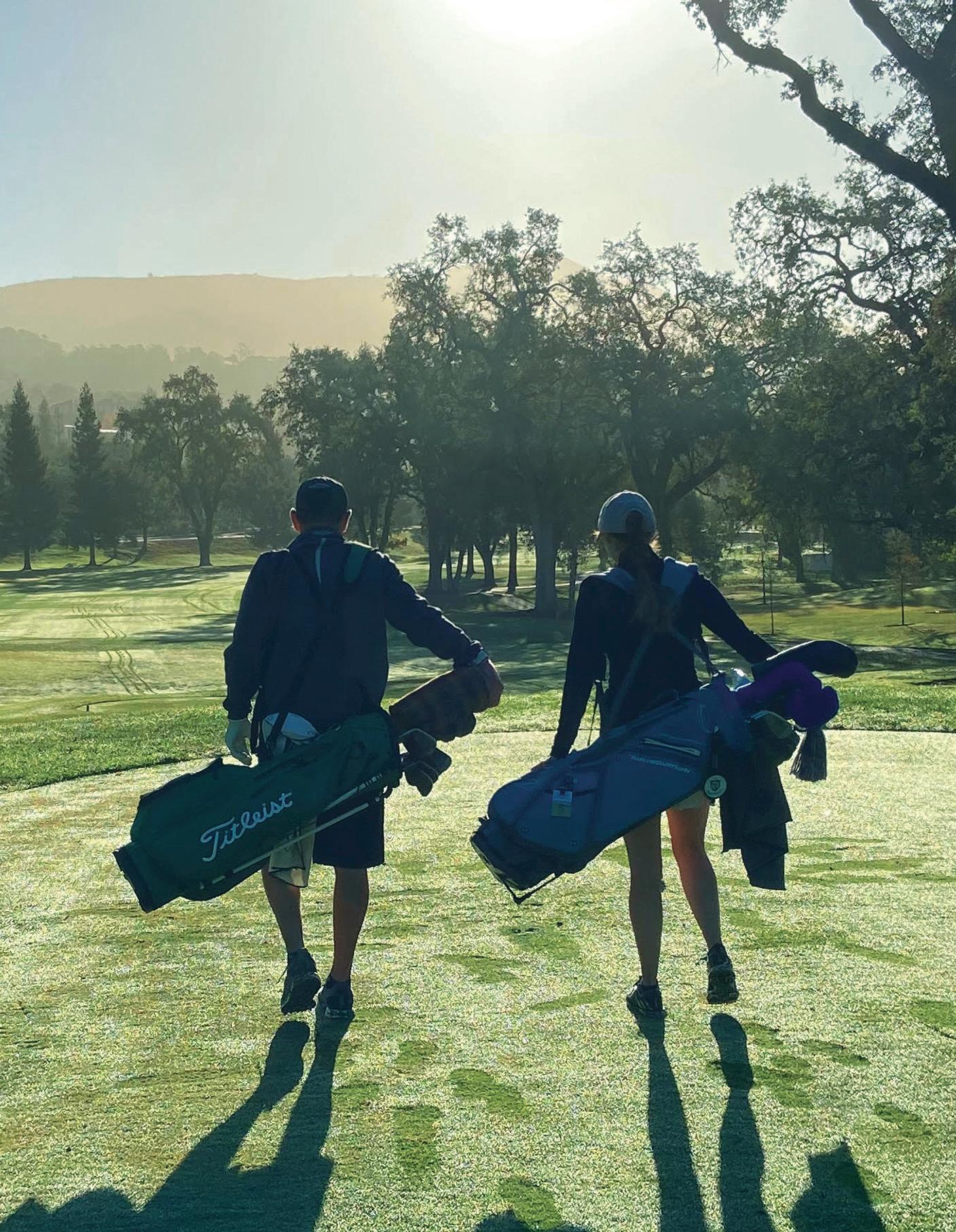



The State Library Parks Pass will continue providing free access to state parks
BY TAYLOR O’CONNOR
This was almost the final summer that people can walk into their public libraries and get free state parks passes, said Rachel Norton, the executive director of the California State Parks Foundation.
Thanks to $6.75 million in last-minute funding, the program will be around for another year.
Since 2021, more than 1,000 public library branches throughout the state, including those in SLO and Santa Barbara counties, have provided state parks passes to residents through one of three programs championed by First Partner Jennifer Siebel-Newsom and the State Parks Foundation to promote outdoor access.
“Her interest is really about getting kids and people in general outside for
mental and physical health [benefits],” Norton said. “The library pass arguably has been the quickest to catch on of these three programs and is really well utilized and popular.”
People can visit Morro Bay State Park, Moñtana de Oro State Park, Los Osos Oaks, Pismo State Beach, Hearst San Simeon State Park, and Estero Bluffs State Parks in San Luis Obispo, according to the California State Parks website. State parks in Santa Barbara County include Chumash Painted Cave, La Purísima Mission, and several state beaches.
This pass also makes it more affordable to take trips outside the area to visit other parts of California. Day use fees range from $10 to $20 per vehicle depending on the PARKS PASS continued page 48
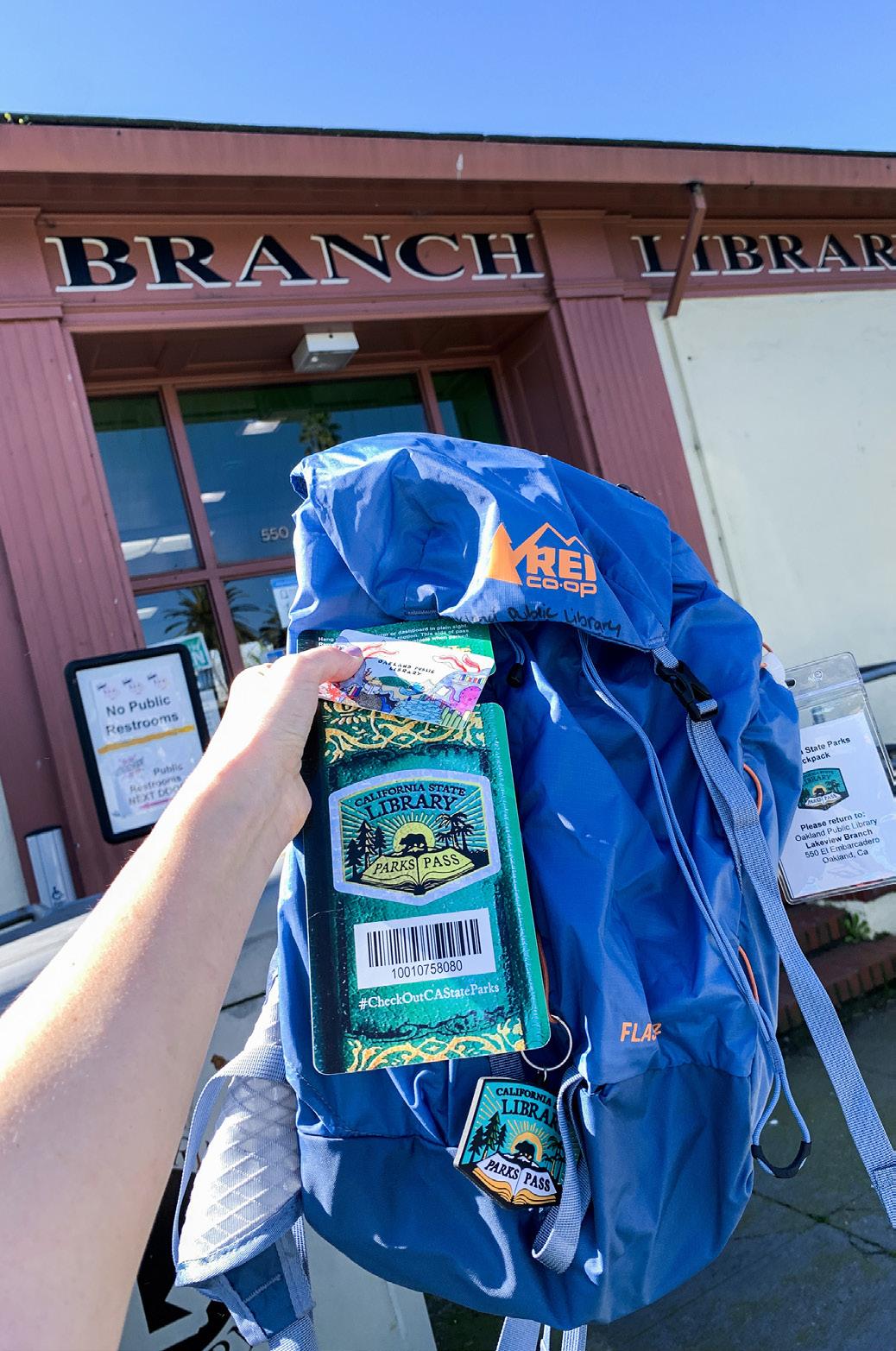





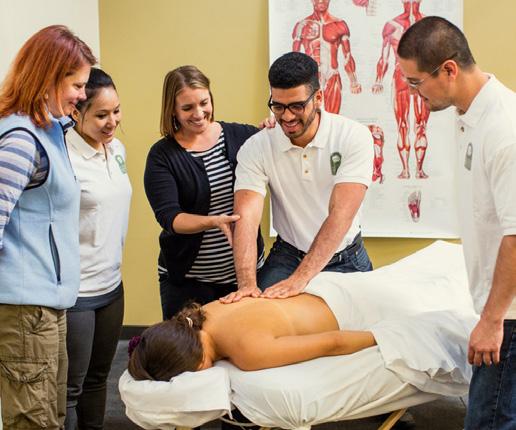

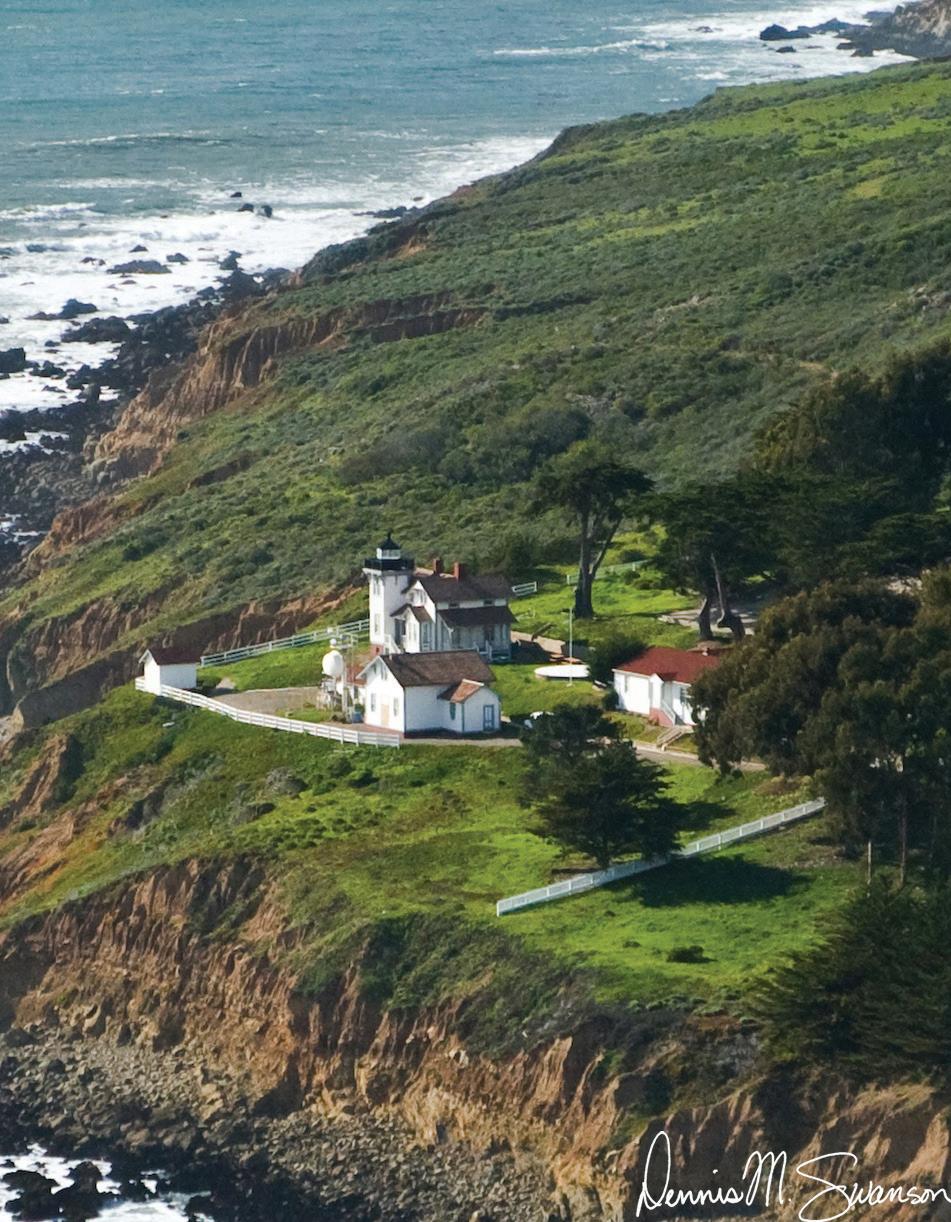



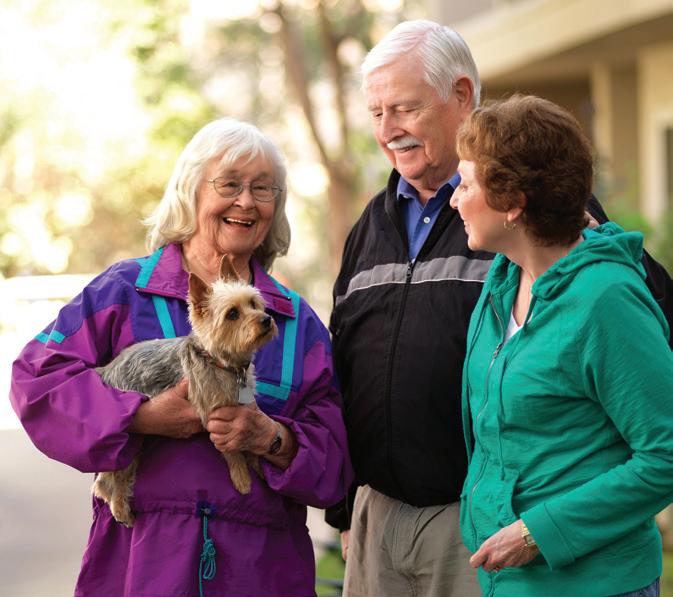
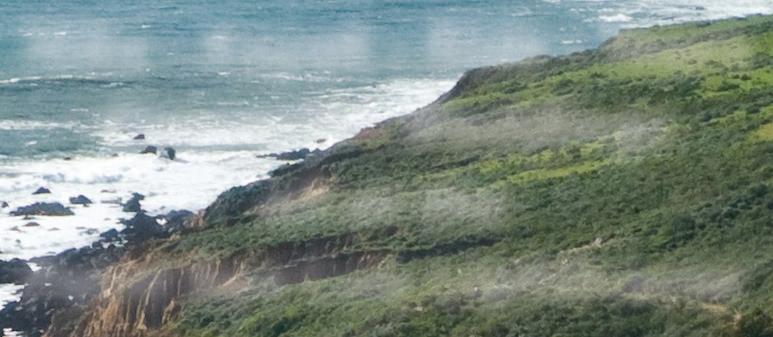
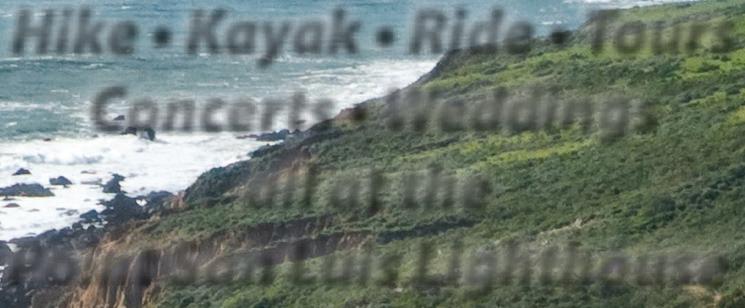
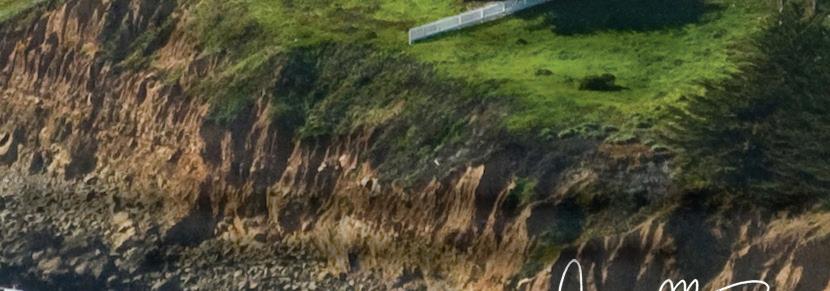


season with discounts for seniors and disabled parkgoers.
Based on community surveys, the California State Parks Foundation found that 63 percent of respondents previously considered cost to be their main reason for not visiting the parks— with 70 percent of respondents indicating that they made $60,000 or less. More than 60 percent of respondents indicated that they are Black, Indigenous, or people of color, and 90 percent of respondents said that plan to visit parks seven times a year thanks to the program.
Due to California’s $58 billion budget deficit, the Legislature had passed the state’s budget on June 15 without allocating funds for the State Parks Pass program— scheduling the program to end on Dec. 31, 2024, Norton told Get Outside on June 19.
But the governor and the Legislature amended the budget to save the program just days before the June 30 deadline.
More than 5,000 people had contacted their legislators advocating for the pass program’s continued funding, she said.
The California State Parks
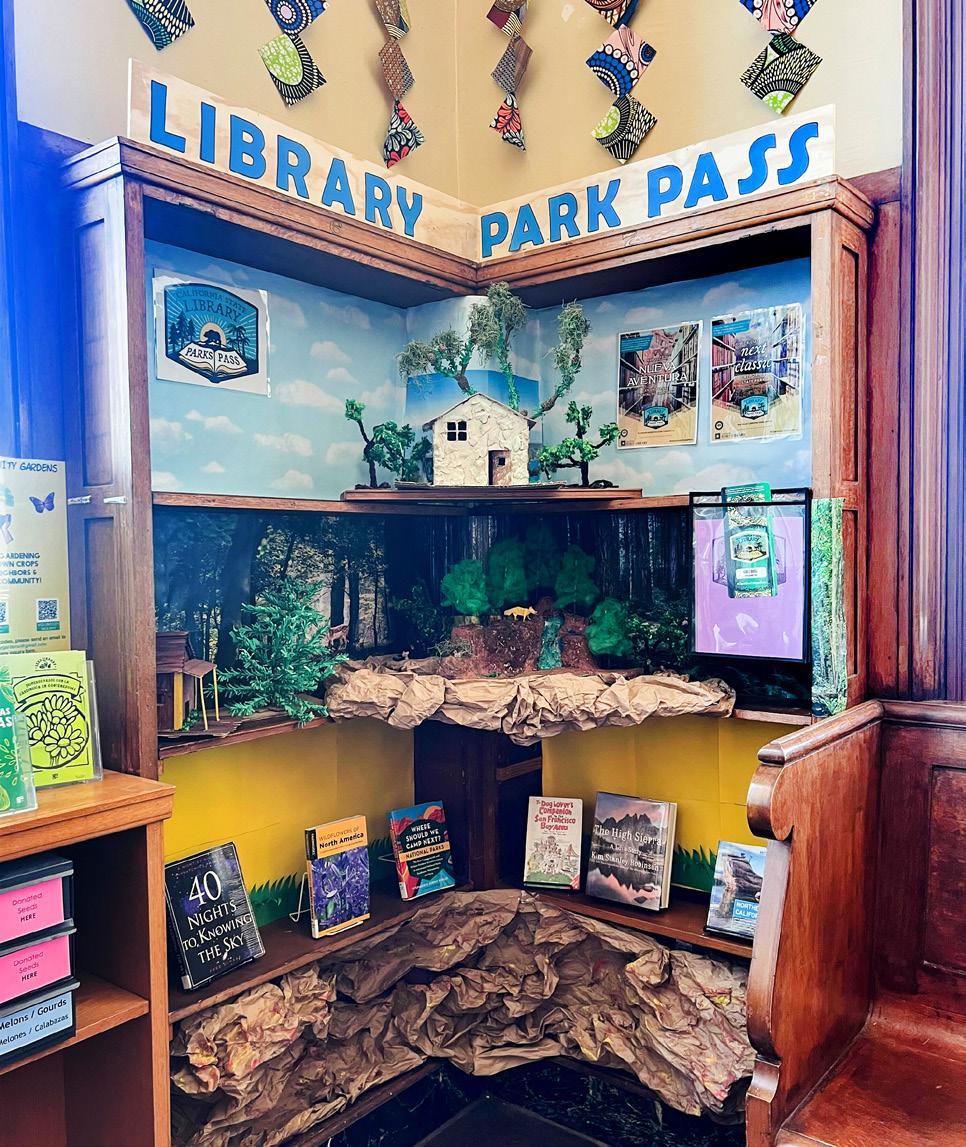
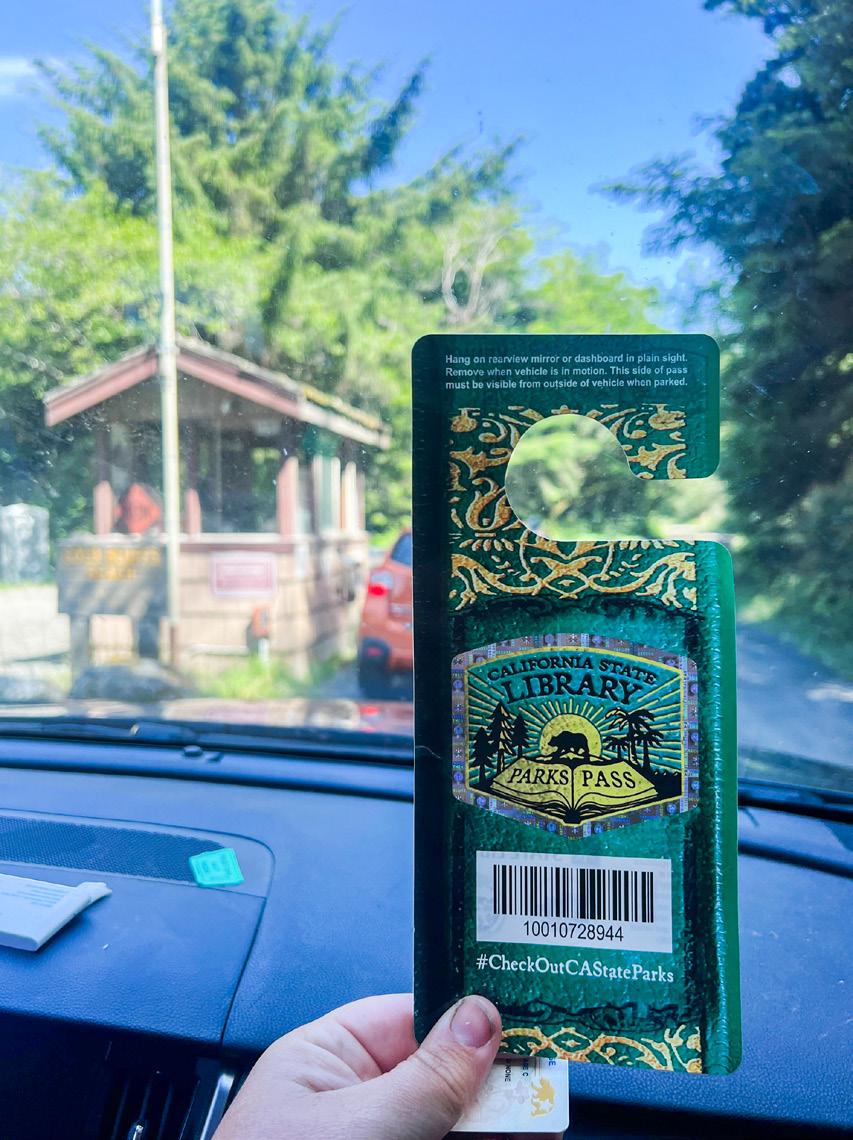
Foundation’s main goal is to ensure this program remains afloat with some funding, rather than it ending entirely.
“Our concern is that so much effort and investment has gone into setting up this program and if you completely eliminate it, all that effort goes away and we have to rebuild it. ... Preserve the infrastructure with a little bit of
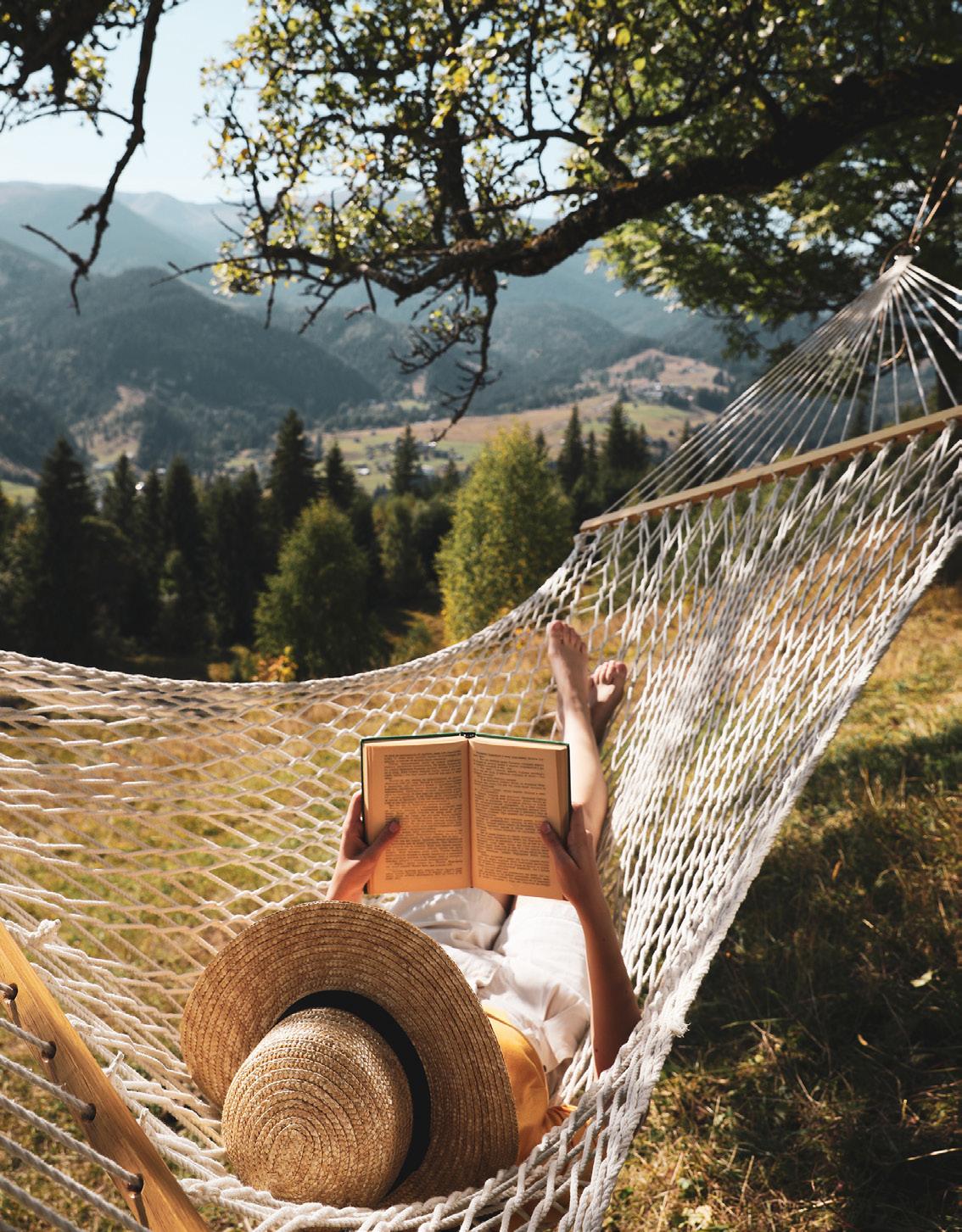

funding so it can be scaled up in a better budget year some point in the future,” Norton said. “We won’t give up. If there’s no public funding for the program, quite frankly even if there is, we will look for philanthropic dollars to keep this going at some level.”
and governor for reaching an agreement to restore full funding for this highly effective and popular program providing free access to California State Parks,” Norton said in a statement. Visit parks.ca.gov for more information about the pass. Visit











BY CAMILLIA LANHAM
Before this year, I’d never completed a long hike plagued by multiple water crossings—the kind of water crossings that never end, that plunge you in up to your shin, knees, or even upper thighs over and over again for miles. Since May, I’ve hiked almost almost 30 miles of crisscross water-sauce. Turns out, they don’t make hiking boots that are waterproof above the ankles and “hiking” water shoes don’t really protect your ankles. Hiking sandals are great, but not for long distances.
You can always change shoes at every crossing, but with dozens of them, that gets pretty old. So, the big question is: What do you wear?
I can tell you what not to wear based on personal
WATER SHOES continued page 52
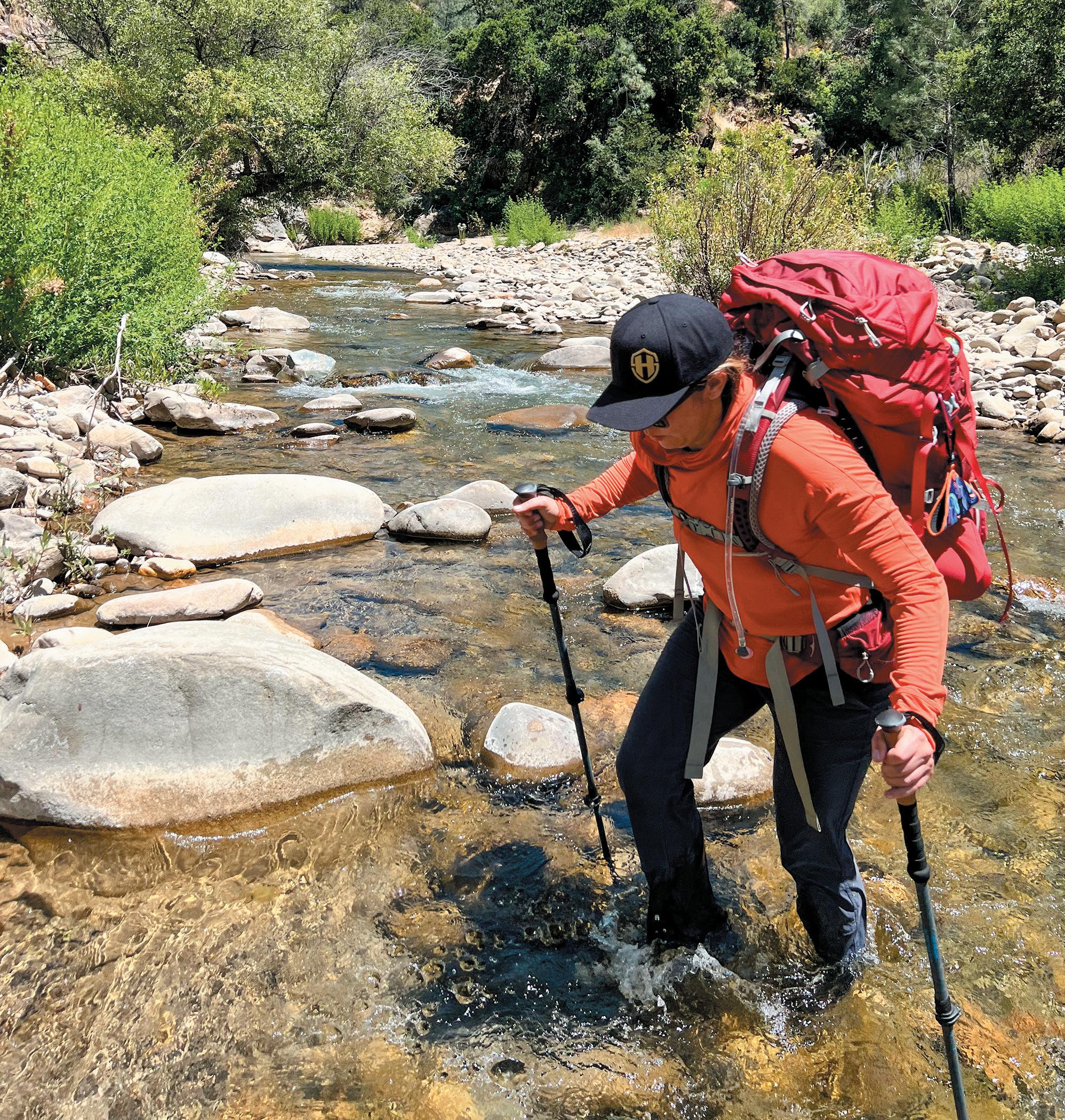




















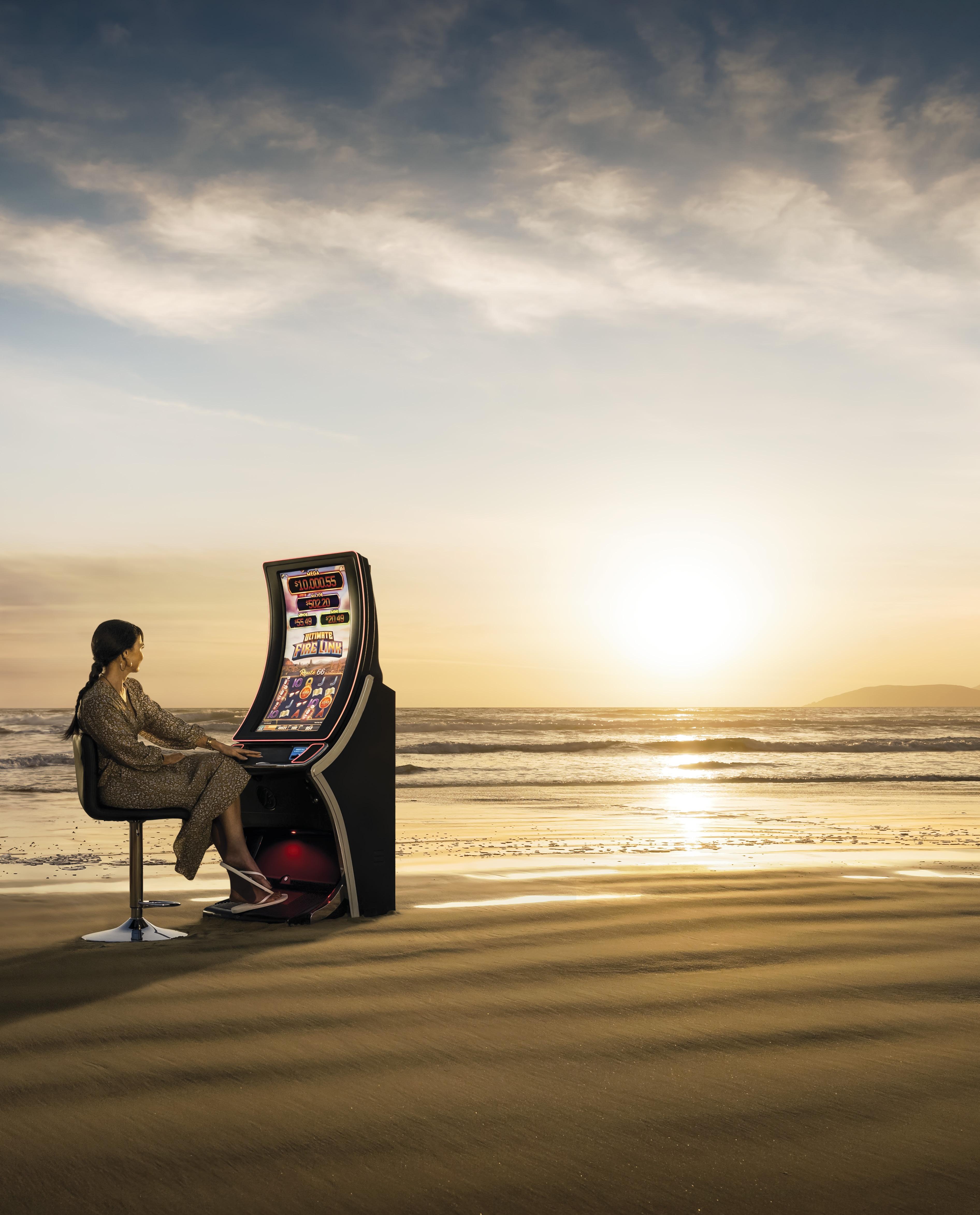
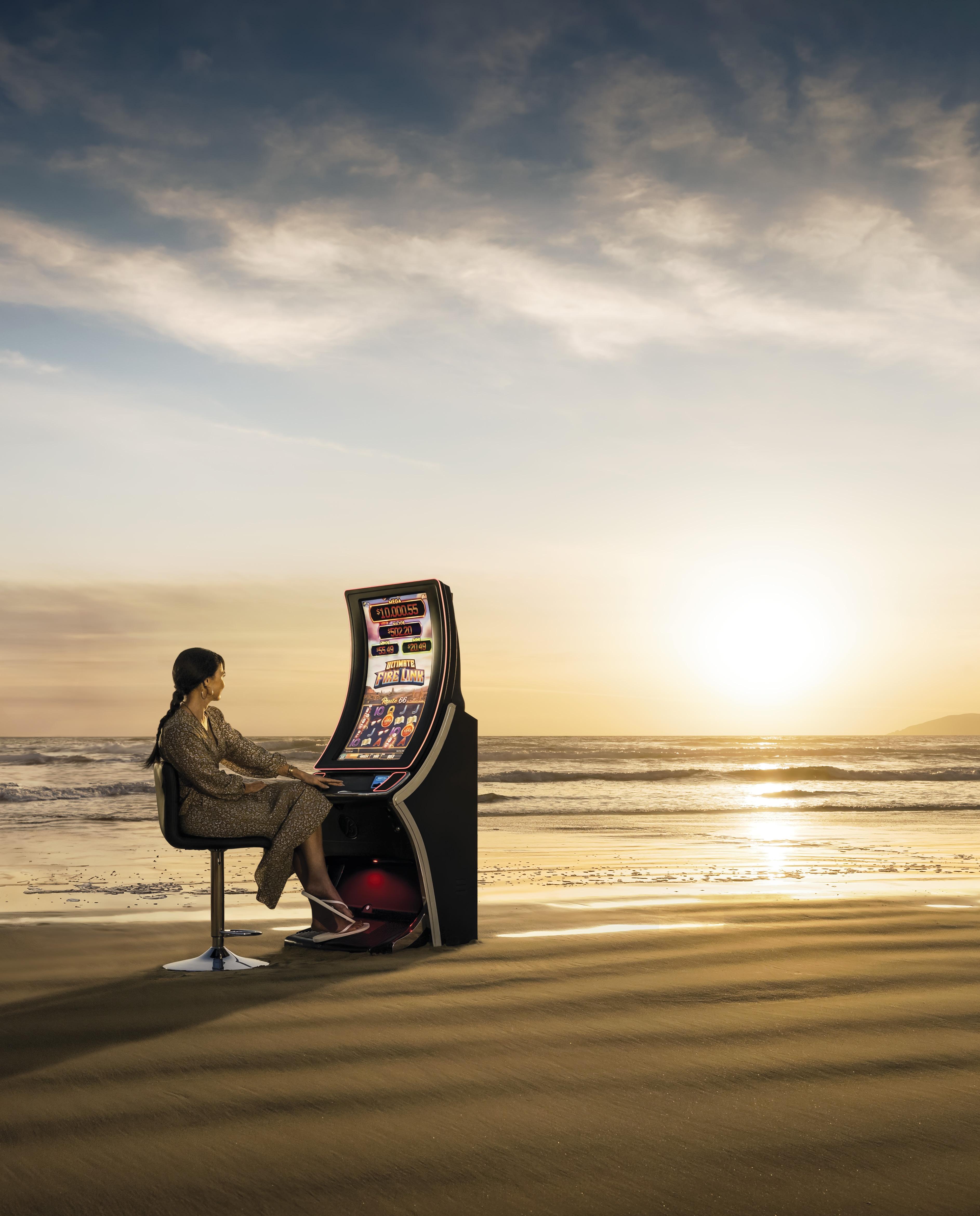
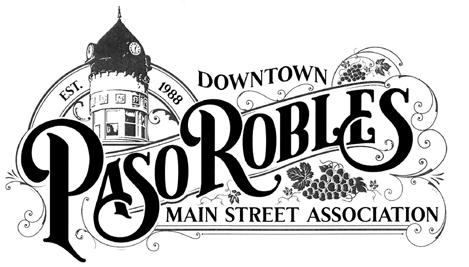

Don’t miss these events for the whole family!
SAT AUG 24 9am-3pm TRADING DAY & KIDS’ FLEA MARKET A VINTAGE MARKET, COMIC BOOK EXPO
SUN SEPT 8 7pm
PAJAMA PARTY MOVIE- GIRL CRAZY 1943 JUDY GARLAND AND MICKEY ROONEY
SUN SEPT 21 11am-4pm
25TH ANNUAL TASTE OF DOWNTOWN $30 My805TIX.com
SAT OCT 26 10am-4pm
DIA DE LOS MUERTOS - VENDORS, DANCERS, FOOD, ENTERTAINMENT
THURS OCT 31 3pm-6pm SAFE & FUN HALLOWEEN DOWNTOWN TRICK OR TREAT DOWNTOWN WITCHES NIGHT OUT- PHOTOS W / WITCHES
SAT NOV 16 5pm-8pm ELEGANT HOLIDAY EVENING DOWNTOWN
FRI NOV 29 5:30pm 38TH ANNUAL DOWNTOWN LIGHTING CEREMONY
SAT NOV 30 SHOP SMALL SATURDAY

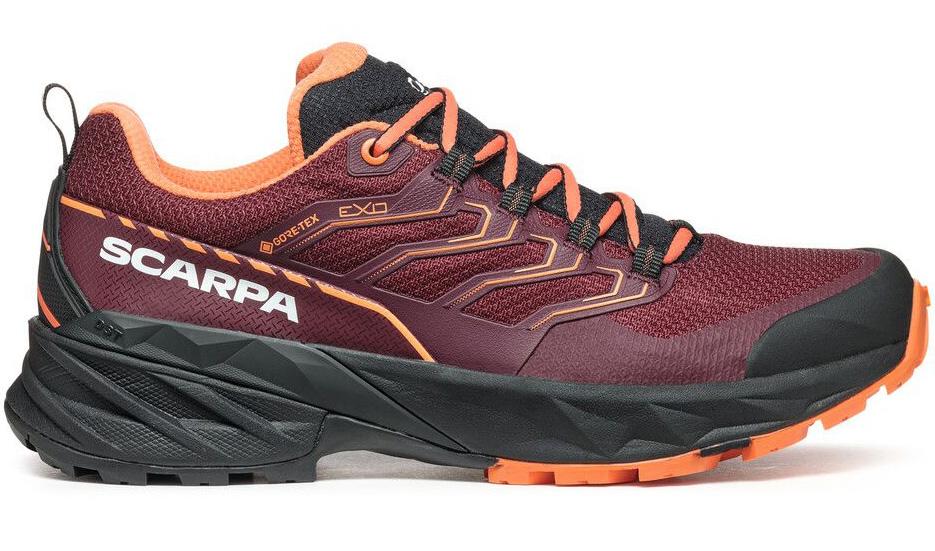
experience. I walked about 9 of those 30 miles in water shoes I purchased off Amazon. That day, we hiked from the Havasupai Campground to Beaver Falls and back on day two of a backpacking trip on the Havasupai Indian Reservation. The shoes were great in the water, with lots of grip and dried quickly. But I rolled my ankle while walking on the trail—the exact reason I decided not to hike in my Chacos (well, that and the blisters I’ve gotten multiple times hiking in them). If the hike had been on anything but a soft trail, my feet would have died as the soles were super thin.
One of my friends who joined me on that trip opted for trail-runners. Her Topo Athletic Ultraventures ($150, topoathletic.com) killed it. They were light, stable, and dried quickly, while offering good support. This particular friend is bit of a boot hound. As a former wildland firefighter and current ultrarunner and avid hiker, she has dozens—each with a purpose. She also recommended Scarpas for water hiking, The Rush model ($199, us.scarpa.com) claims the support of a hiking boot with the
feel of a running shoe. So, when getting ready for my trip to the Manzana Schoolhouse in Los Padres National Forest, I went back and forth about what to wear. But I knew for certain that my ankles need support. Finally, I just decided to hike in my boots, Lowa Renegades —which I love so much I have two pairs. I took my old pair, which were well worn so I wasn’t worried about blisters. They were amazing, for the first 3 or 4 miles each way. For the remaining 5 to 6 miles of both days, it was like hiking with cement attached to my feet. The biggest issue was that my completely waterproof boots kept water inside of them and didn’t dry out even a little bit. I should have bought the Ultraventures!
My boyfriend also wore full hiking boots, but the Salomon UltraX ($160, salomon.com) boots he was wearing didn’t have the same issue as mine. They dried more quickly and didn’t retain the water inside the boot.
Turns out the key for a more comfortable hike with around 25 water crossings are shoes that breathe, dry quickly, provide support, and let the water out. Don’t be afraid to get your shoes wet. It’s a ton of fun.




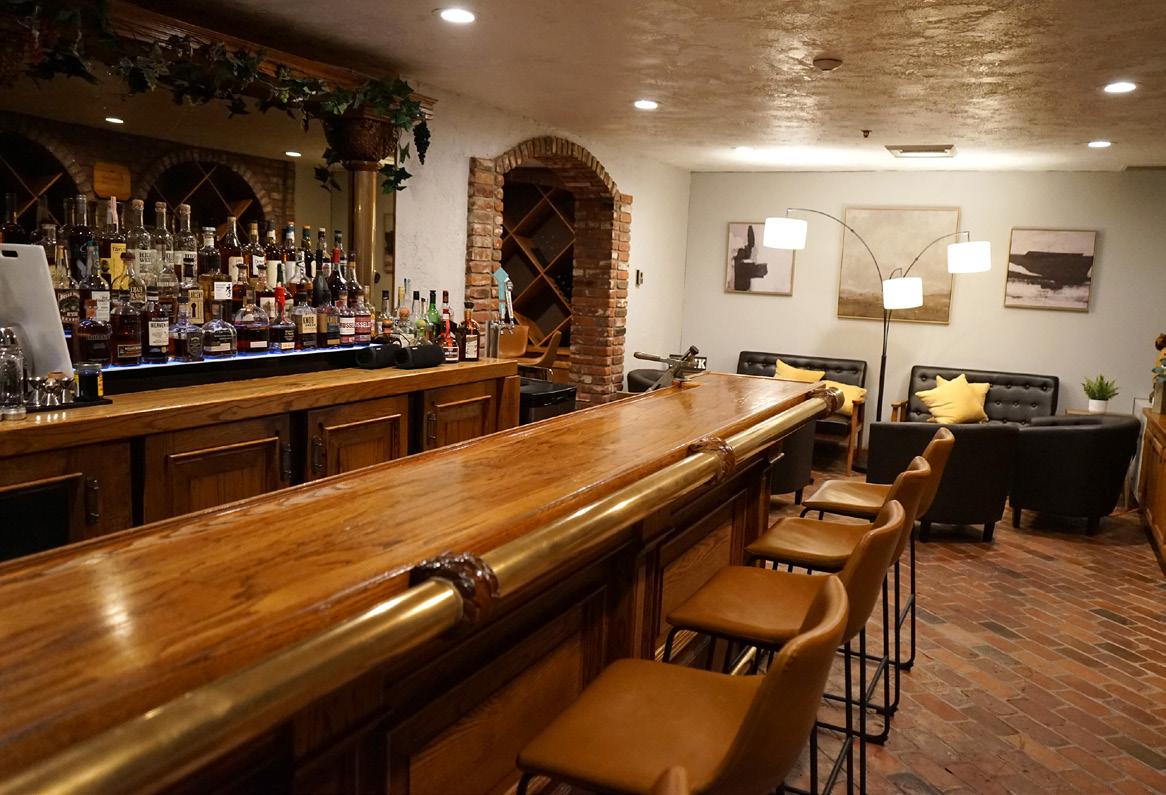
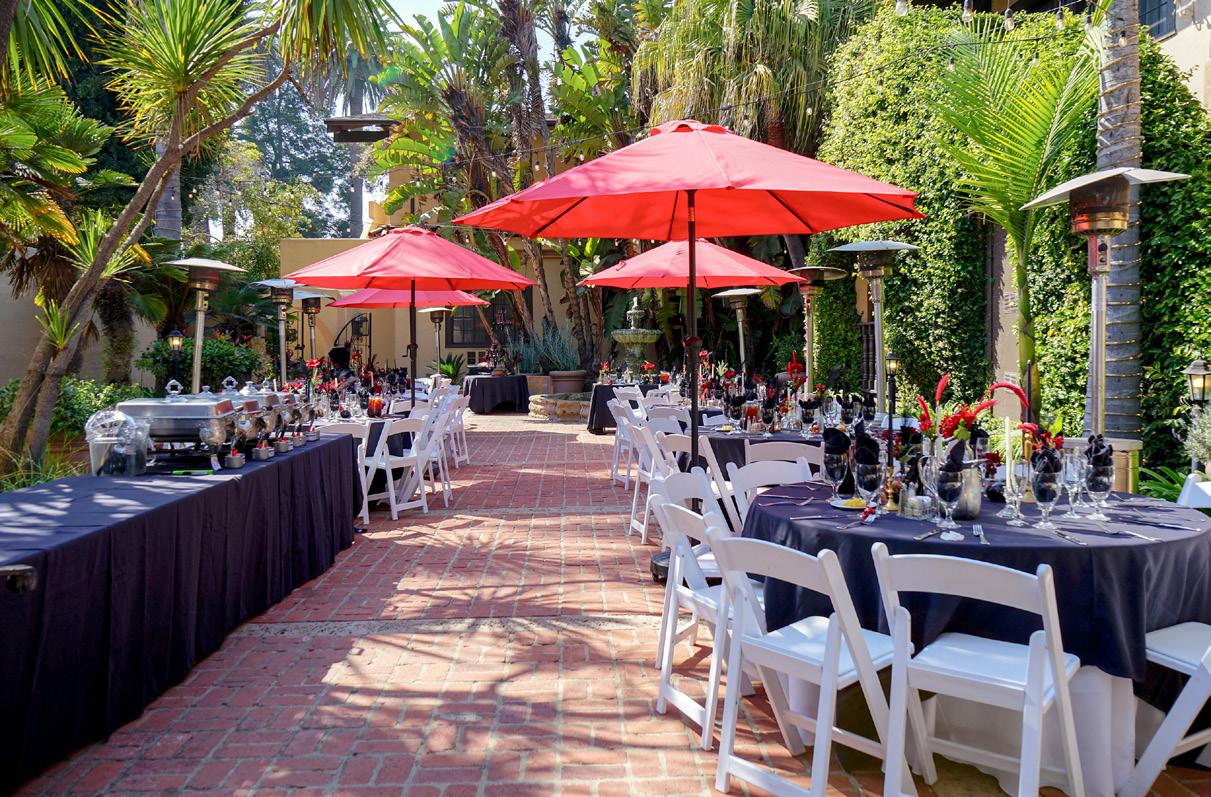
A Kayak Shack
10 State Park Rd.
Morro Bay
805-772-8796
morrobaykayakrental.com
A Superior Crane
8355 Carmelita Ave.
Atascadero
805-462-9727
superiorcrane.info
Ancient Owl Beer
Garden & Bottle Shoppe
6090 El Camino Real
Atascadero
805-623-2899
3197 Duncan Rd.
San Luis Obispo
805.439.2354 ancientowlbeergarden.com
APX Boomers
Santa Maria
2250 N. Preisker Lane
Santa Maria
856-281-4777
boomersparks.com/santamaria
Arroyo Grande
Parks & Recreation
1221 Ash St.
Arroyo Grande
805-473-5477
arroyogrande.org/rec
Arroyo Grande
Physical Therapy
117 S. Halcyon Rd. Arroyo Grande
805-481-5656
arroyograndephysical therapy.com
Bello Forno
119 E. Clark Ave. Orcutt 805-623-7111 belloforno.com
Black Sheep
Bar & Grill
1117 Chorro St. San Luis Obispo 805-544-7433
blacksheepslo.com
Boo Boo Records
978 Monterey St.
San Luis Obispo
805-541-3181 booboorecords.com
Branch Street Deli and Pizzeria
203 E. Branch St. Arroyo Grande
805-489-9099 branchstreetdeli.com
Cal-Coast Machinery
617 S. Blosser Rd.
Santa Maria
805-925-0931
jdccm.com
California Therapy That Works
1244 Pine St. Paso Robles
805-423-4028
californiatherapy thatworks.com
Cambria Bicycle Outfitters / CBO
1239 Monterey St.
San Luis Obispo
805-927-5510
cambriabike.com
Cambria
Garden Shed
2024 Main St. Cambria
805-927-7654
cambriagardenshed.com
Carolyn Elliott Permanent Makeup
2280 Sunset Dr. Los Osos
805-550-7379
Chukchansi Gold Resort & Casino
711 Lucky Lane
Coarsegold 866-794-6946
chukchansigold.com
Chumash Casino
3400 East Hwy. 246
Santa Ynez
805-686-2163
chumashcasino.com
City of Grover
Beach Community Services
154 S. 8th St. Grover Beach 805-473-4580
grover.org/141/ParksRecreation
City of Santa Maria - Utilities Department
2065 E. Main St. Santa Maria
805-925-0951
cityofsantamaria.org
Coastal Community Builders (CCB)
P.O. Box 13 Pismo Beach 805-556-3060
coastalcommunity builders.com
Cuyama Buckhorn
4923 Primero St. New Cuyama 661-766-2825
cuyamabuckhorn.com
Downtown Paso Robles
Main Street Association
“835 12th St. Suite D” Paso Robles 805-238-4103
pasoroblesdowntown.org
Drain Doctors Plumbing
205 South St. San Luis Obispo 805-544-1214 sanluisobispoplumbers. com
Farrell Smyth Inc.
carolyn-elliott.com
Central Coast Kayaks
1879 Shell Beach Rd.
Shell Beach
805-773-3500
centralcoastkayaks.com
City of Santa Maria Utilities DepartmentWater Conservation 2065 E. Main St. Santa Maria 805-925-0951
21 Santa Rosa St. San Luis Obispo 805-543-2172 farrellsmyth.com
Festival
Mozaic
cityofsantamaria.org
P.O. Box 311 San Luis Obispo 805-781-3009

California Holistic Institute
festivalmozaic.org
Clark Center Association
Flower Carriage

11555 Los Osos Valley Rd. Suite #109
San Luis Obispo
805-786-4808
487 Fair Oaks Ave. Arroyo Grande 805-489-4196
2255 S. Broadway #15 Santa Maria 805-922-0578






californiaholisticinstitute.com
clarkcenter.org
mscardel.com
FOXEN
7200 Foxen Canyon Rd.
Santa Maria
805-937-4251 foxenvineyard.com
Gavin’s Books
230 E. Betteravia Rd.
Santa Maria
805-922-4282 gavinsbooks.com
Harley Davidson of Santa Maria
2022 Preisker Lane
Santa Maria
805-928-3668 santamariaharley.com
Historic Santa Maria Inn
801 S. Broadway
Santa Maria
805-928-6296 santamariainn.com
Krobar Craft Distillery 1701 Monterey St. (The Hub)
San Luis Obispo 805-467-9463 krobardistillery.com
Living Landscapes by Raymond 1284 Pino Solo Dr. Santa Maria
805-714-0999
livinglandscapesbyraymondbailey.com
Margarita Adventures
22719 El Camino Real Santa Margarita 805-438-3120 margarita-adventures.com
Melby’s Jewelers
1140 E. Clark Ave.
Santa Maria
805-925-1678 melbys.com
Mike’s Shoes
487 Madonna Rd. #3
San Luis Obispo
805-547-9593 mikesshoessanluis obispo.com
Moats Laser & Skin Care
525 E. Plaza Dr. Santa Maria
805-928-1000 moatslaser.com
Moondoggies
Beach Club
837 Monterey St. San Luis Obispo 805-541-1995
781 Dolliver St, Pismo Beach 805 773-1995 moondoggiesbeachclub.com
NatureTrack
Foundation
P.O. Box 953 Los Olivos 805-866-2047 naturetrack.org
Nunno Steel 3461 Dry Creek Rd.
Paso Robles
805-238-6801 nunnosteel.com
O’Connor
Pest Control
3905 State St Fleet 7-196
Santa Barbara
866-331-3295 oconnorcentralcoast.com
Oakstone Outfitters
71201 Sargents Rd.
Bradley
805-472-2200
oakstoneoutfitters.com Orcutt 76
100 E. Clark Ave.
Santa Maria
805-937-5340 orcutt76.com
Pacific 805
640 S Frontage Rd. Suite F Nipomo 805-723-5050 pacific805.com
Pacific Energy
2121 Santa Barbara St. San Luis Obispo
805-544-4700 alteryourenergy.com
Pediatric Medical Group
Santa Maria
805-922-3548 pmgsm.com
Point San Luis
Lighthouse
P.O. Box 308 Avila Beach
805-540-5771 pointsanluislighthouse.org
Ragged Point Inn
19019 Hwy 1
Ragged Point 805-927-5652 raggedpointinn.com
Rancho Maria
Golf Club
1950 Casmalia Rd.
Santa Maria
805-937-2019 ranchomariagolf.com
Richardson Sotheby’s International
Realty
711 Tank Farm Rd. San Luis Obispo 559-288-0601 richardsonproperties.com
Robbo Music
Recording Studio
Morro Bay 805-801-9841 robbomusic.com
Sierra Club
Santa Lucia Chapter PO Box 15755 San Luis Obispo 805-543-8717 sierraclub.org
SLO County Parks & Recreation
1144 Monterey St. San Luis Obispo 805-781-1318 slocountyparks.org
SLO Rowing Club
330 Village Glen Dr. Arroyo Grande 805-459-8874 slorc.org
SLO Sportsmen’s Association
3272 Gilardi Rd. San Luis Obispo 805-541-4867 slosa.org
SLOCOG / Rideshare Public Information
1114 Marsh St. San Luis Obispo 805-781-4362 rideshare.org
Solarponics
4700 El Camino Real Atascadero 805-466-5595 solarponics.com
Island Packers 1691 Spinnaker Dr., Ste.105 B Ventura 805-642-1393 islandpackers.com/home
That’s Fetch
3564 Skyway Dr. Santa Maria 805-361-0802 thatsfetch805.com
The Back Porch
4850 S. Bradley Rd. Santa Maria 805-938-1965 backporchflowers.net
The Villages of SLO
55 Broad St. San Luis Obispo 805-543-2300 villagesofslo.com
Thomas Hill Organics 1313 Park Street Paso Robles 650-430-5291 thomashillorganics.com
West Coast
Detailing
723 Woodbridge St. San Luis Obispo 805-543-9274 westcoastdetailslo.com
Western Village Health Club
2015 S. Broadway, Ste.B Santa Maria 805-348-1888 wvhealthclub.com

